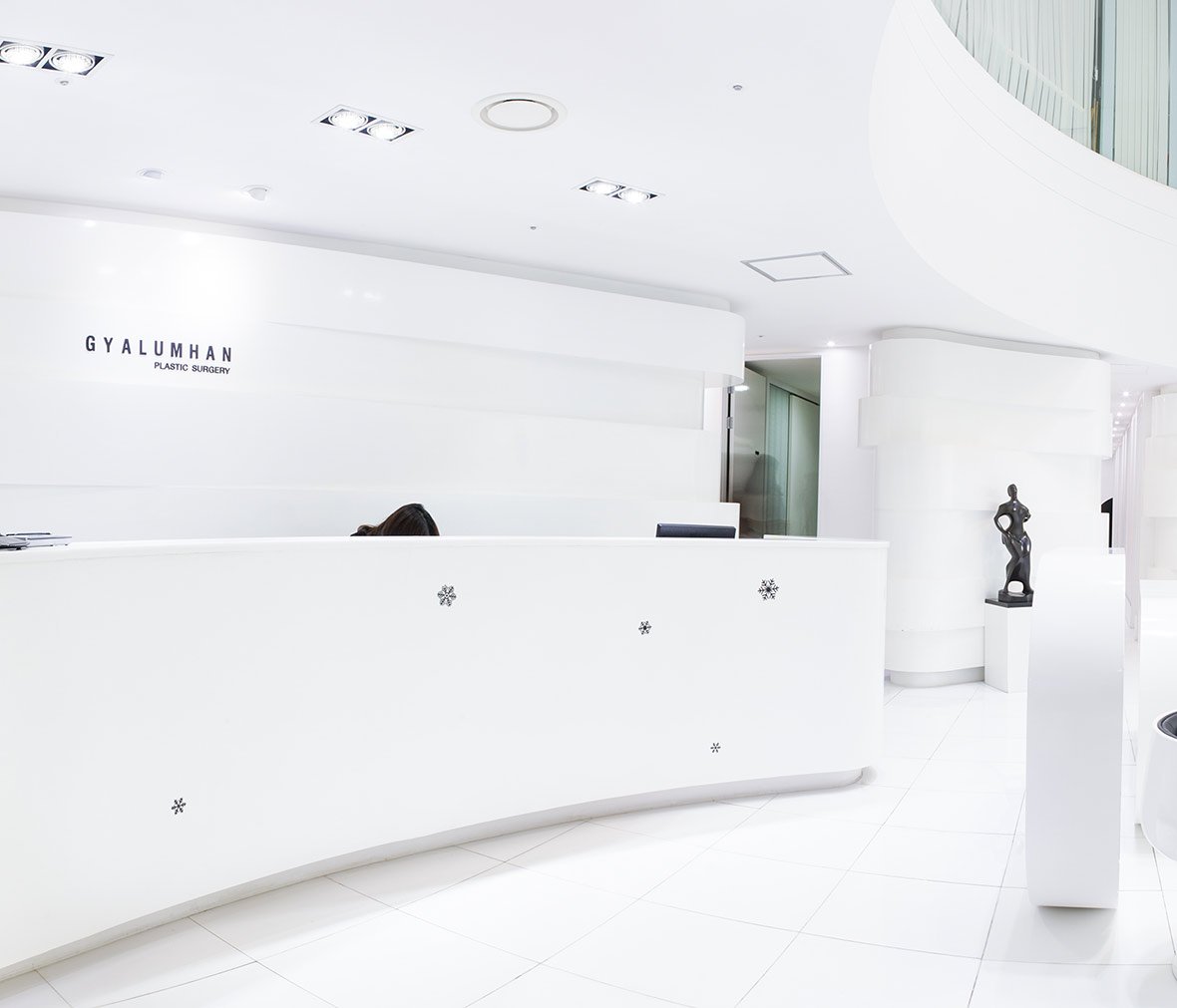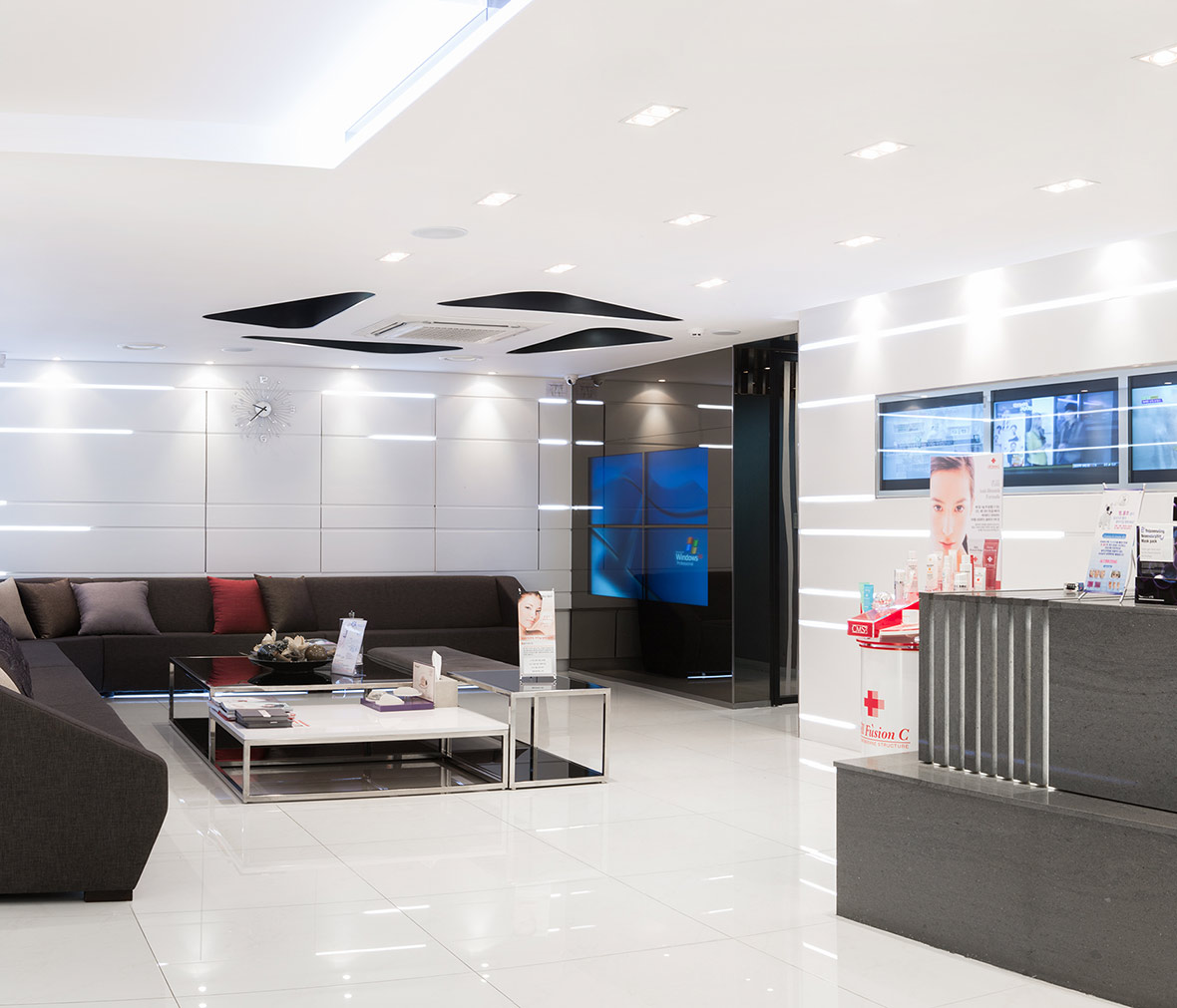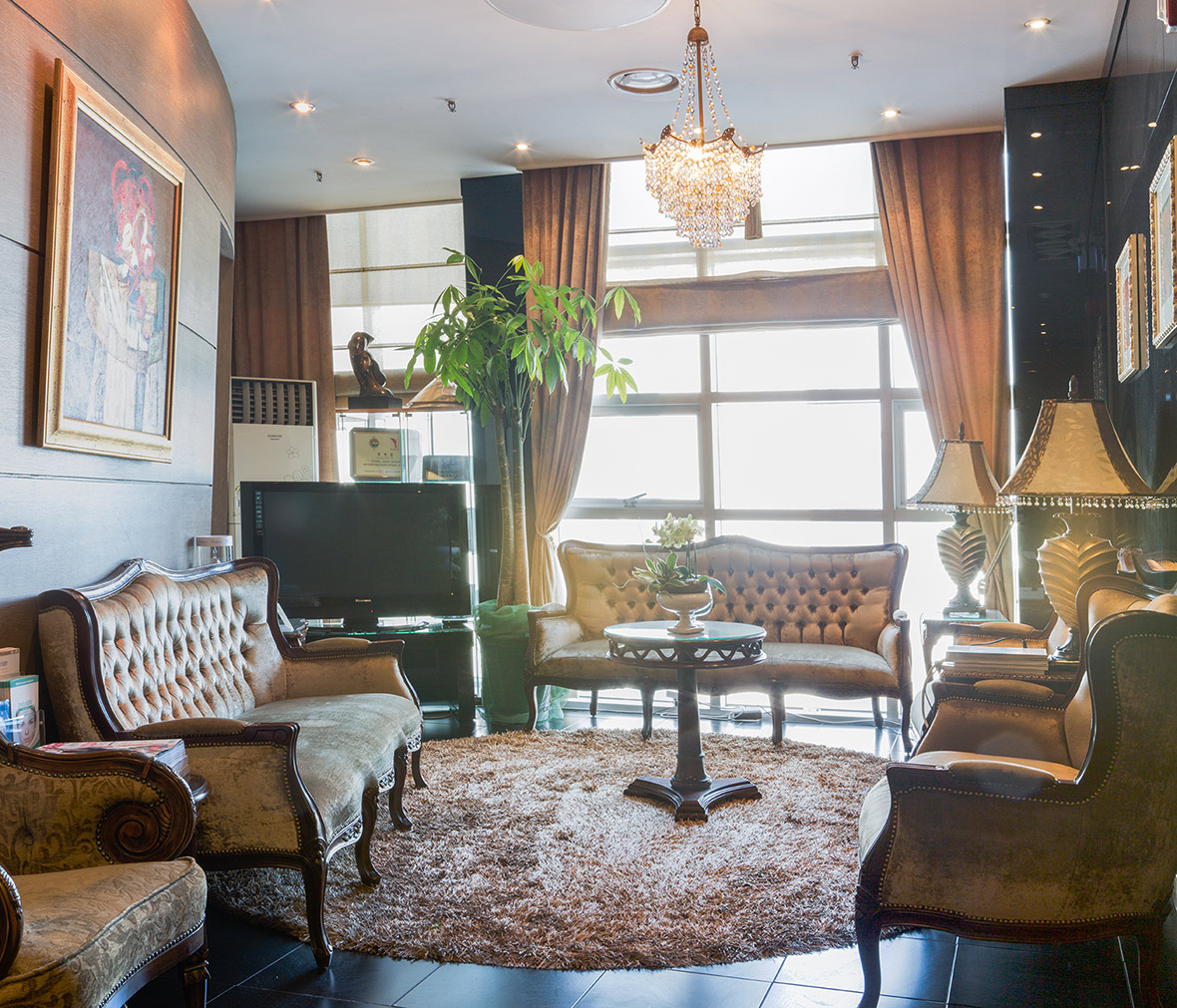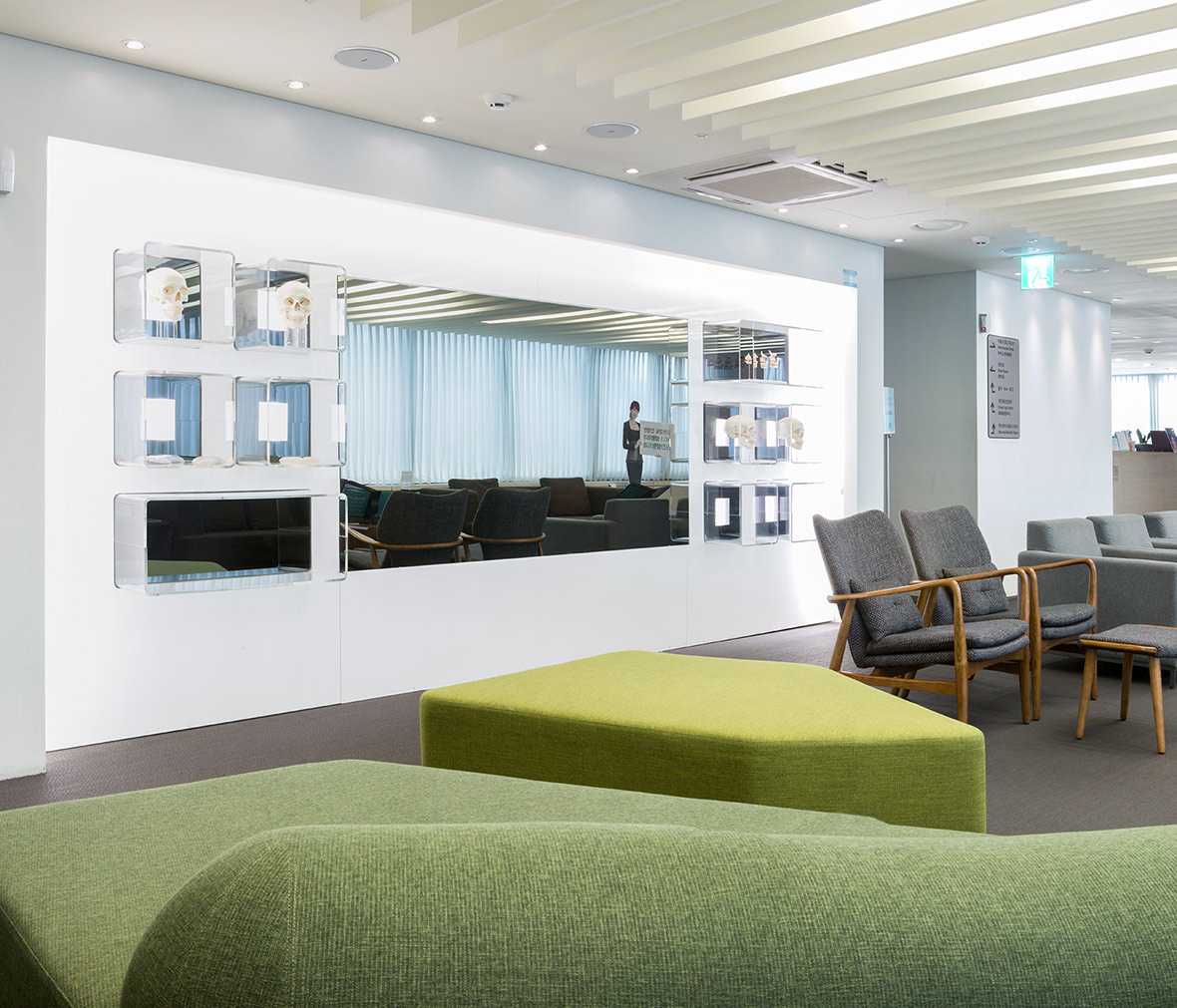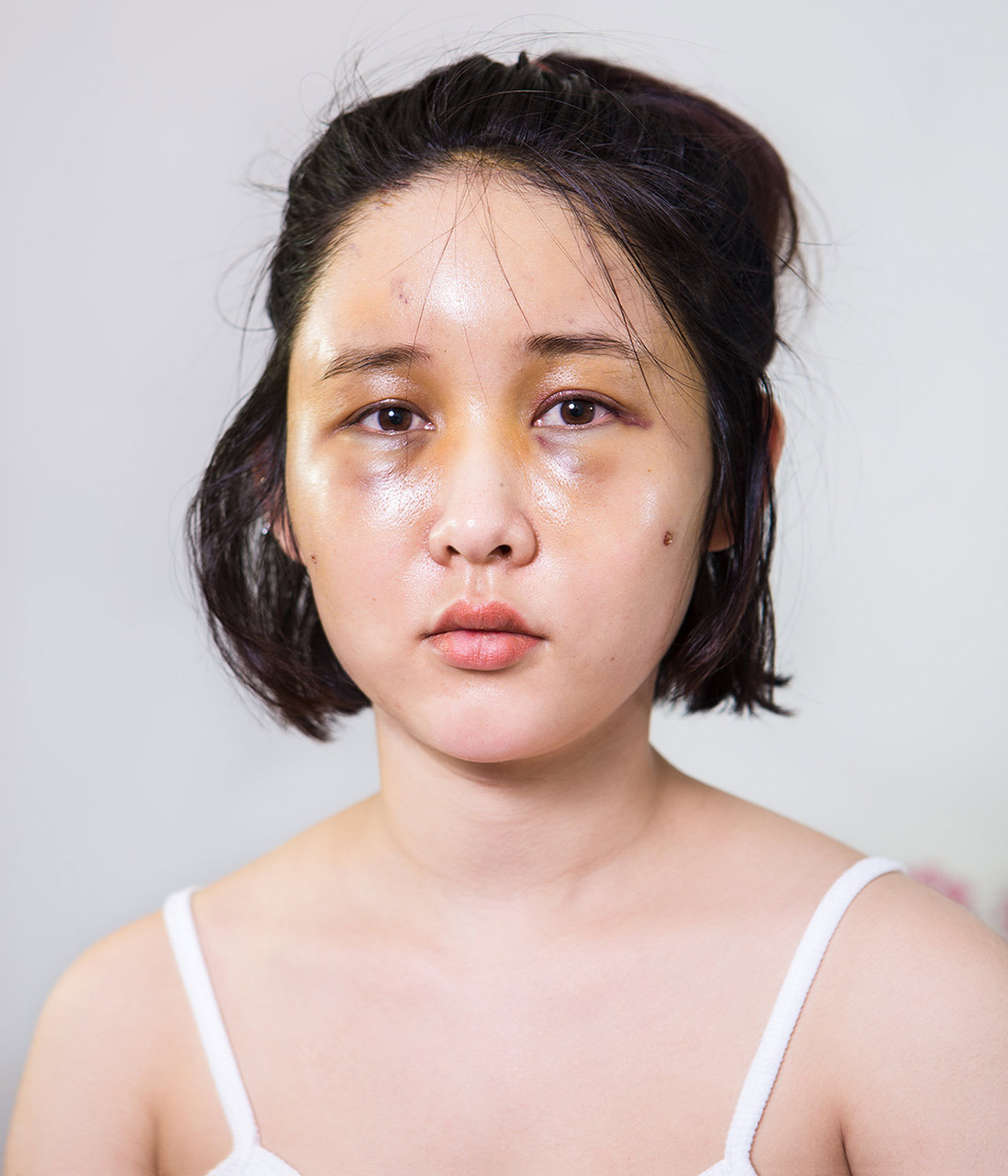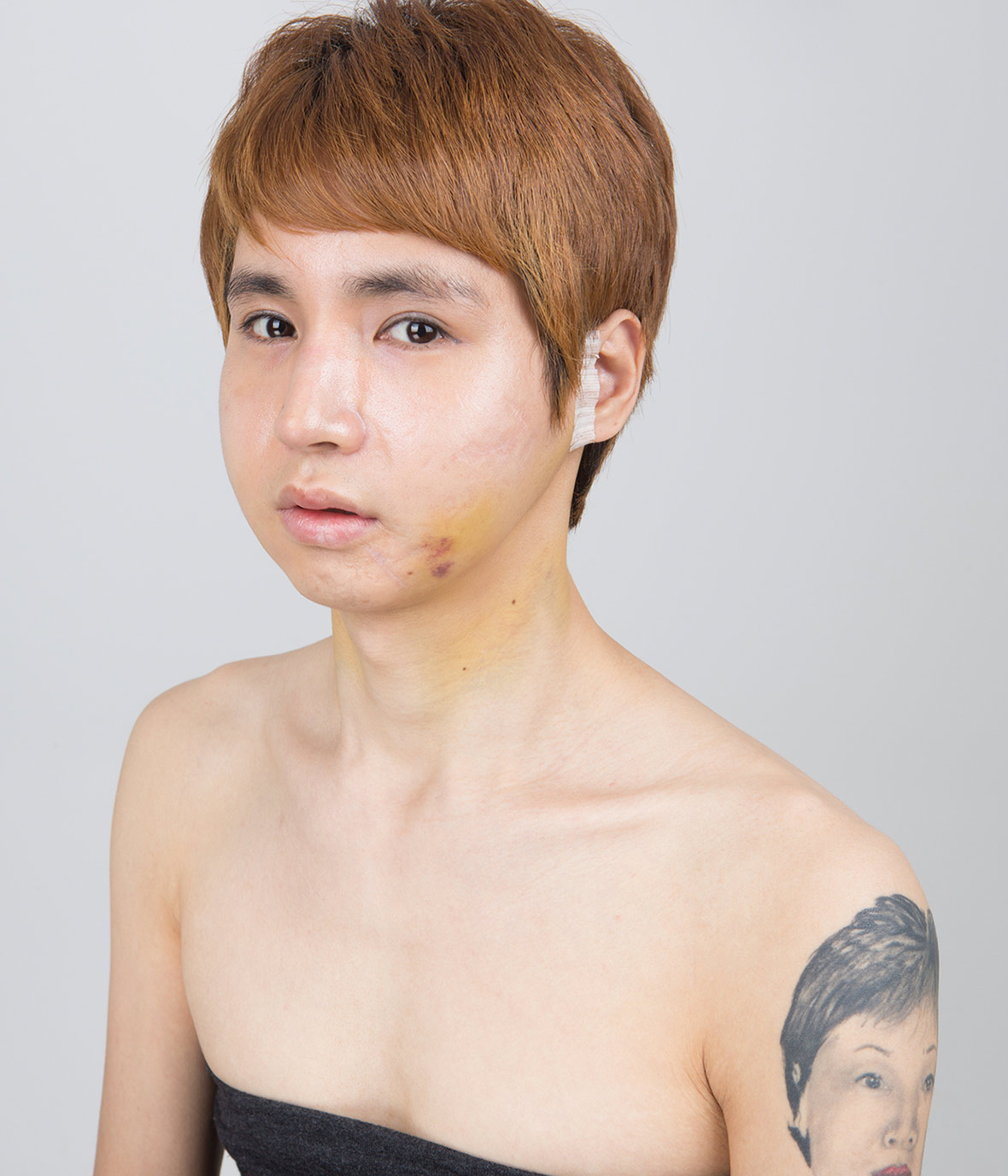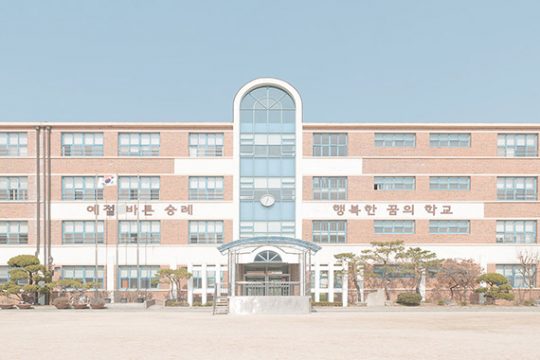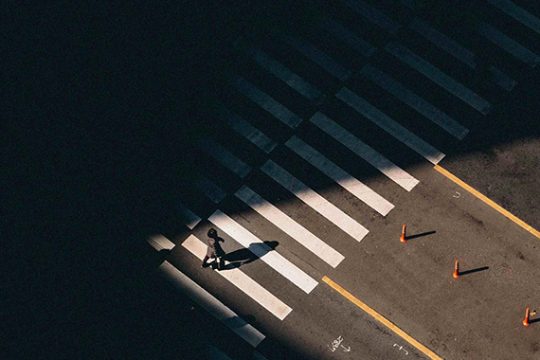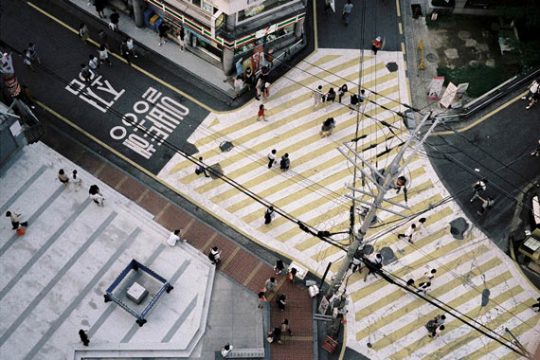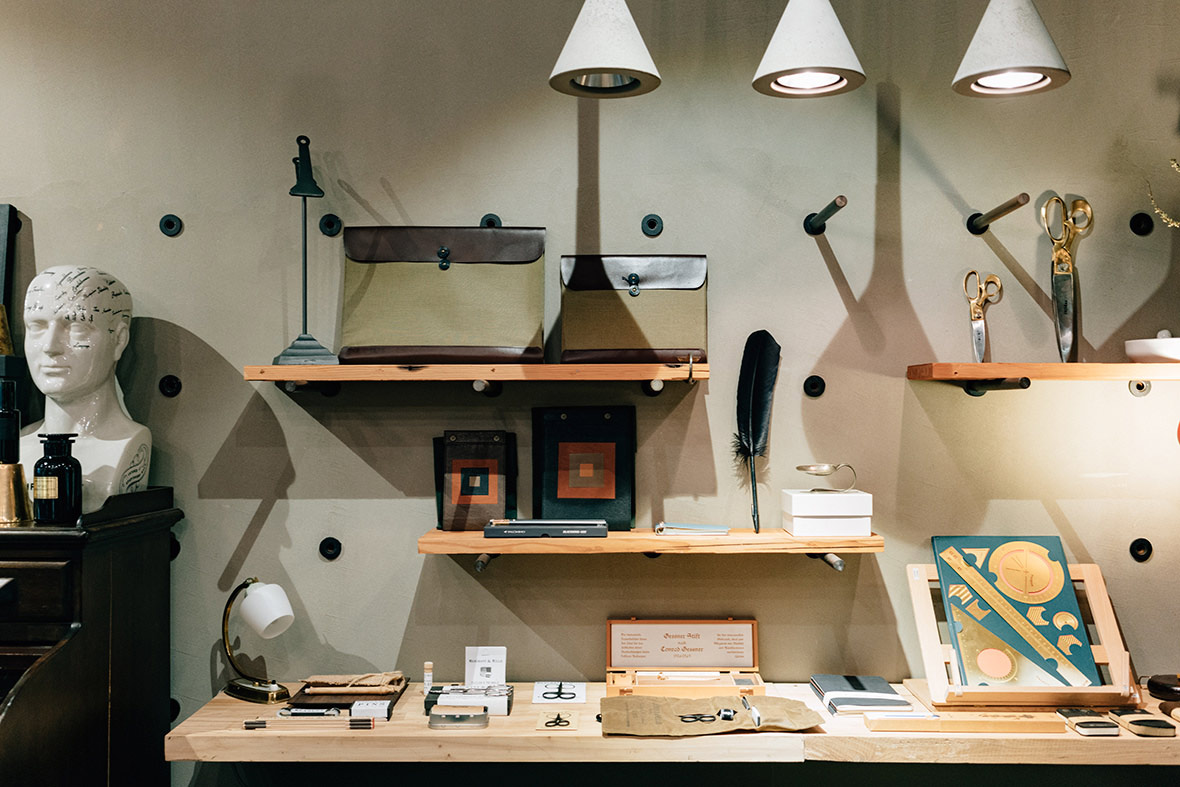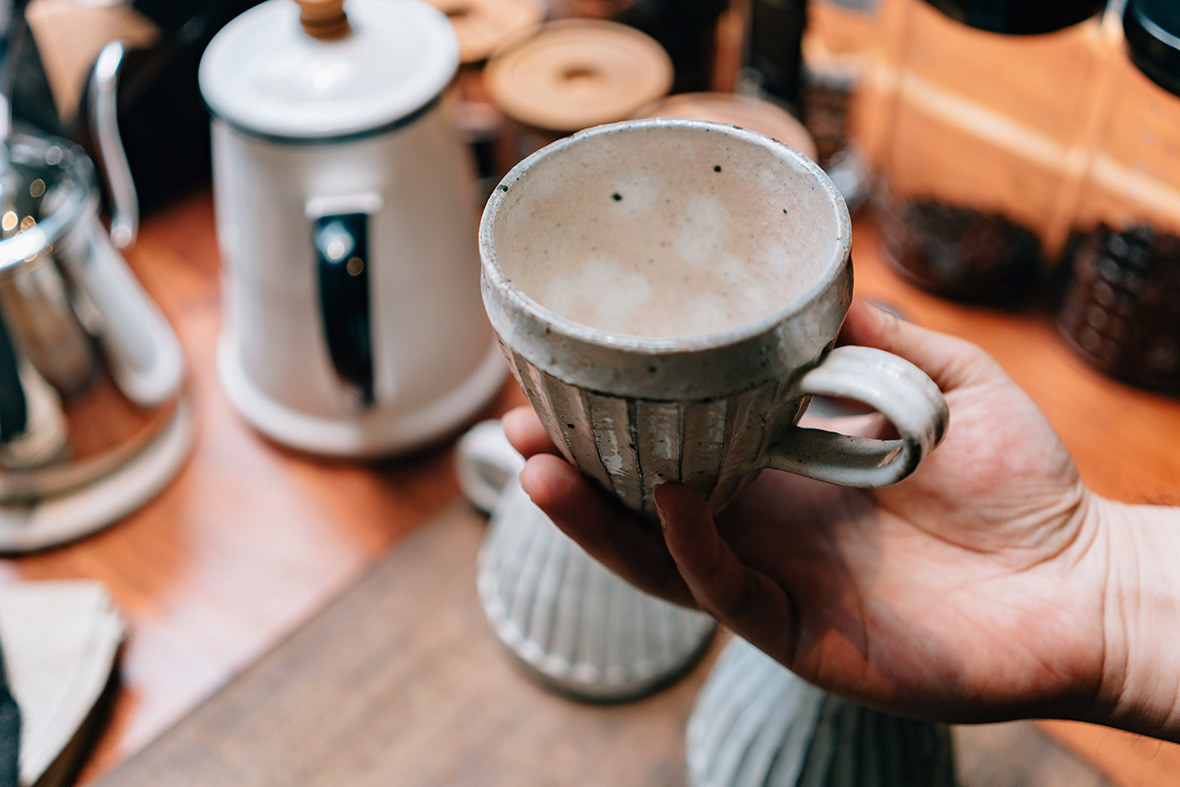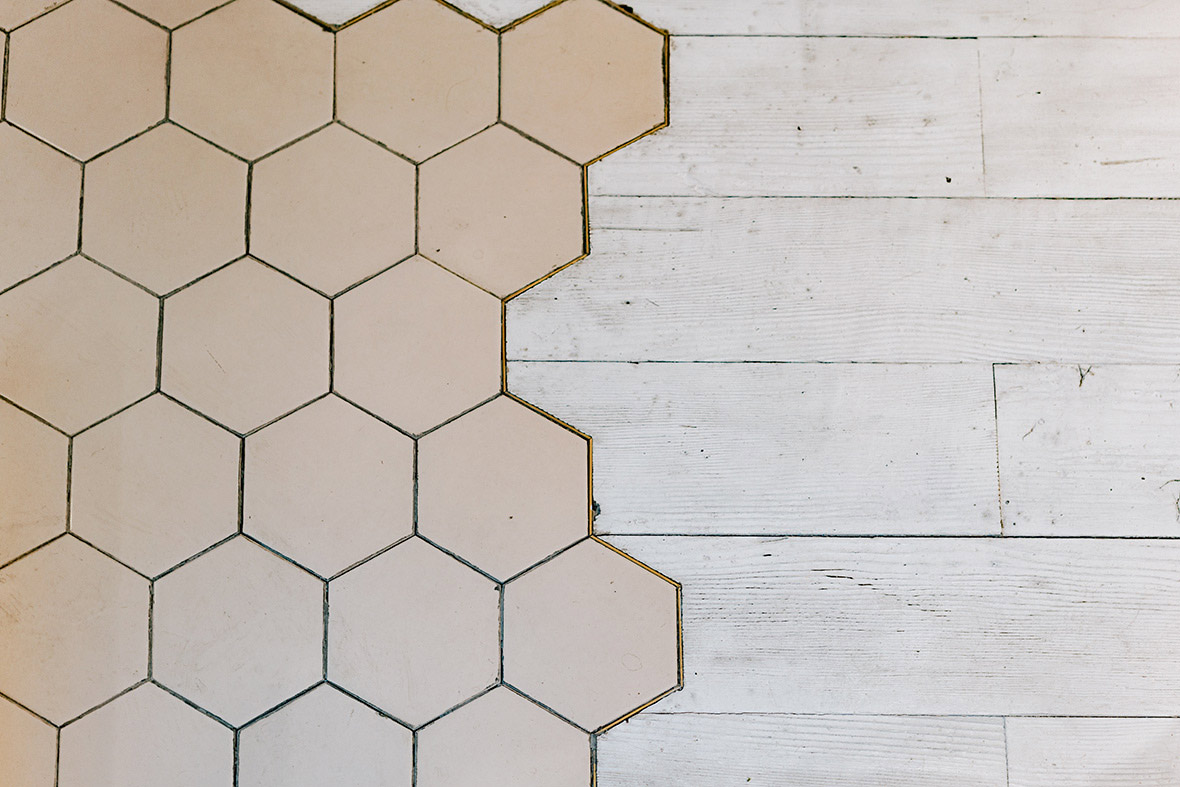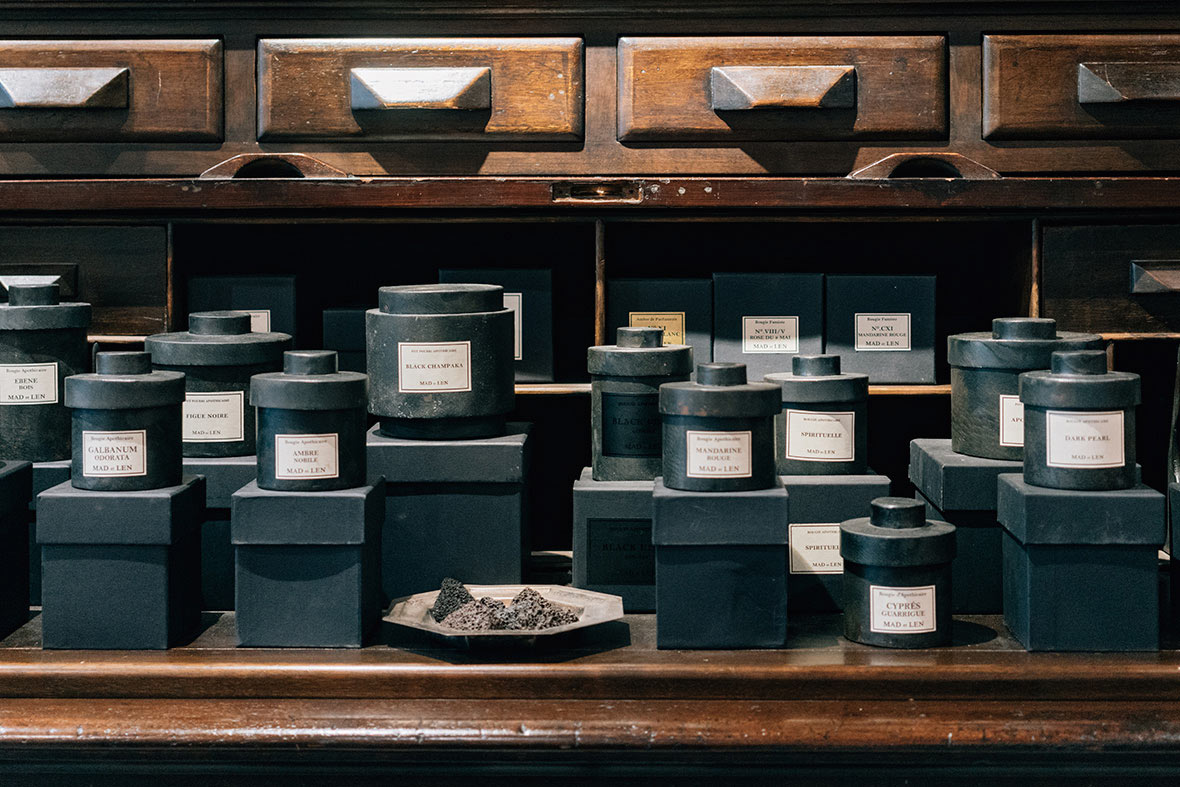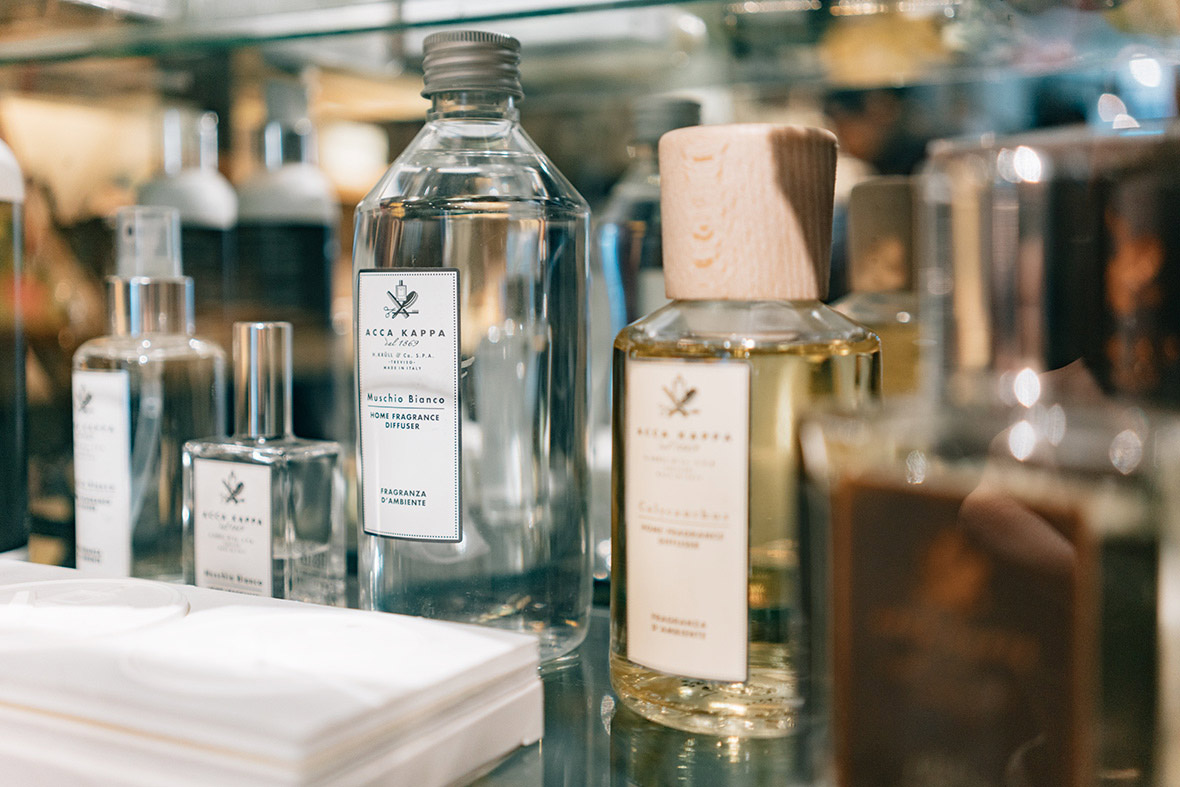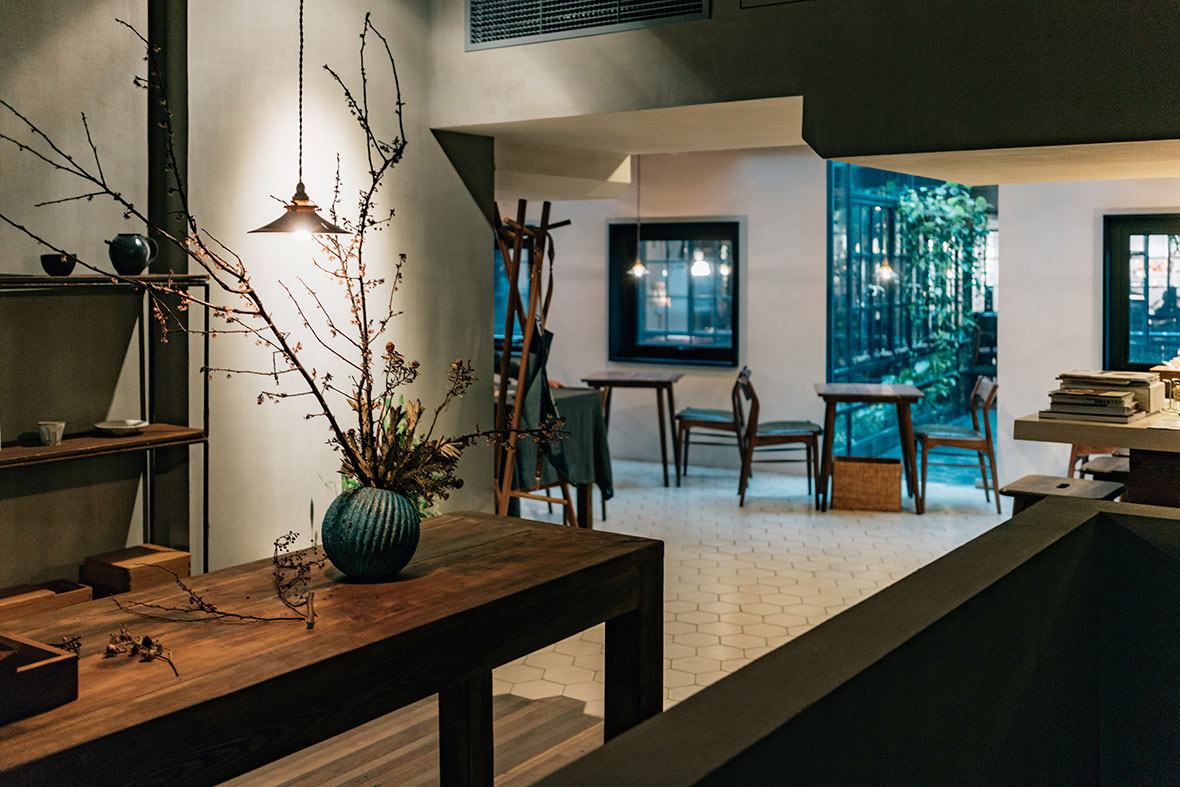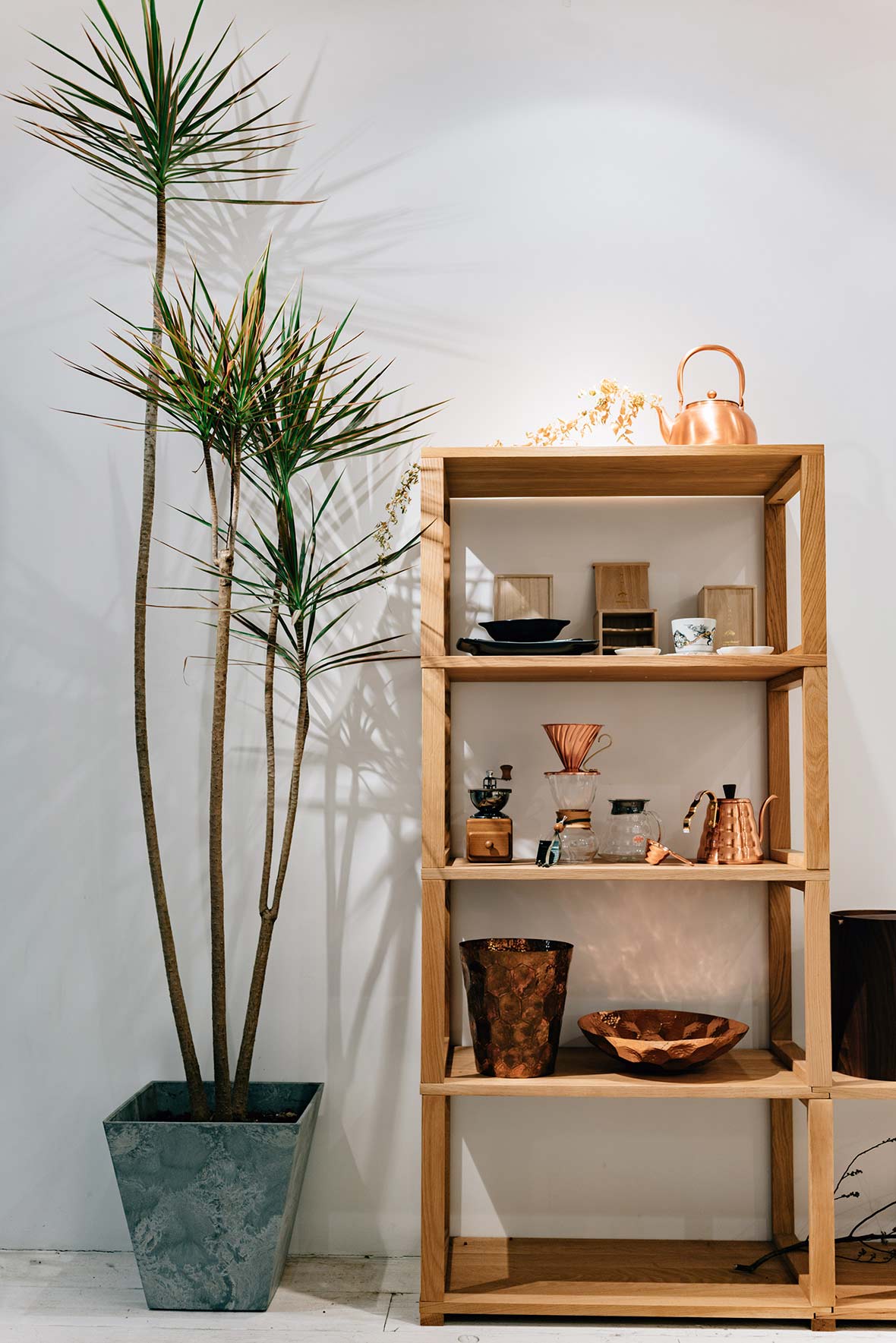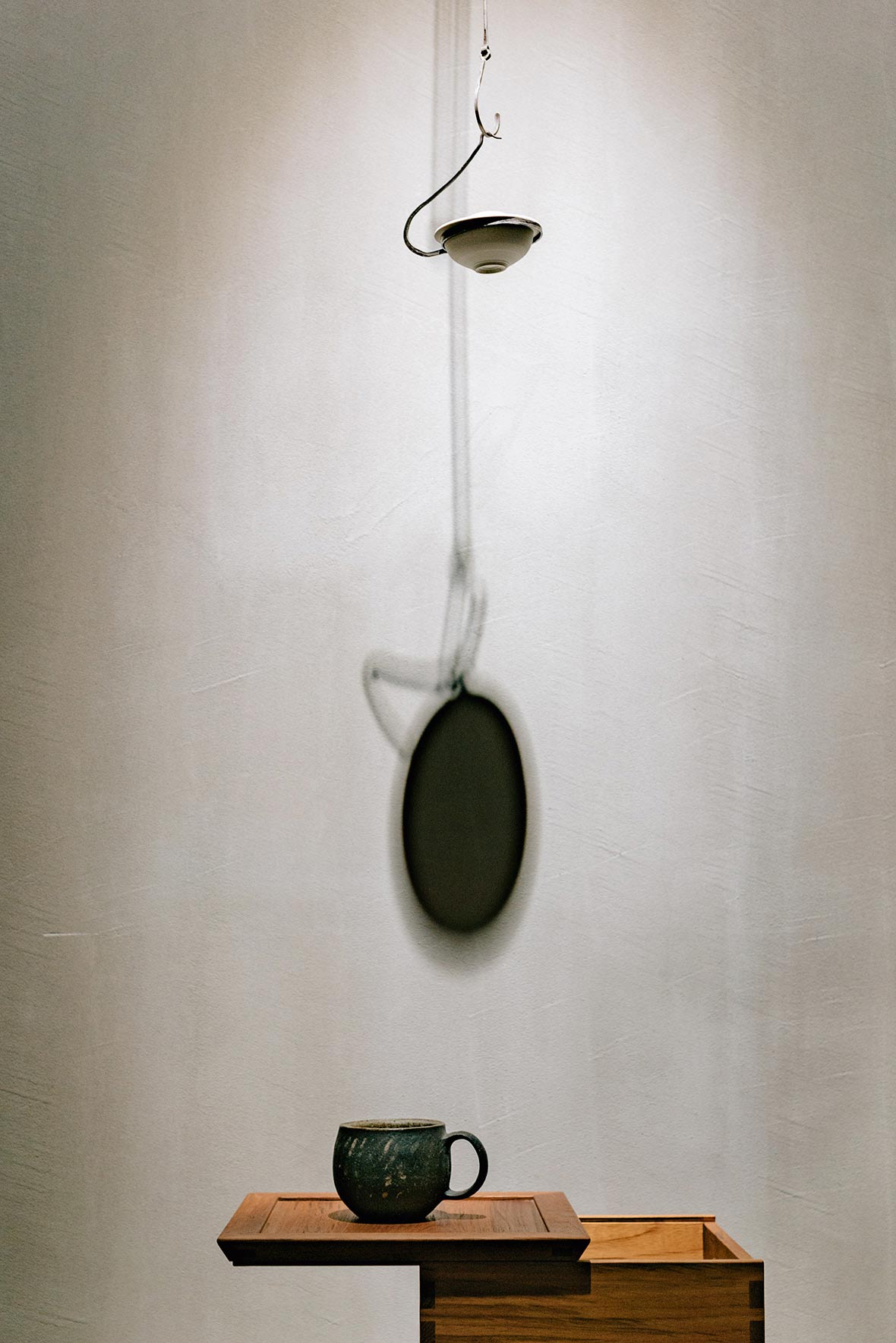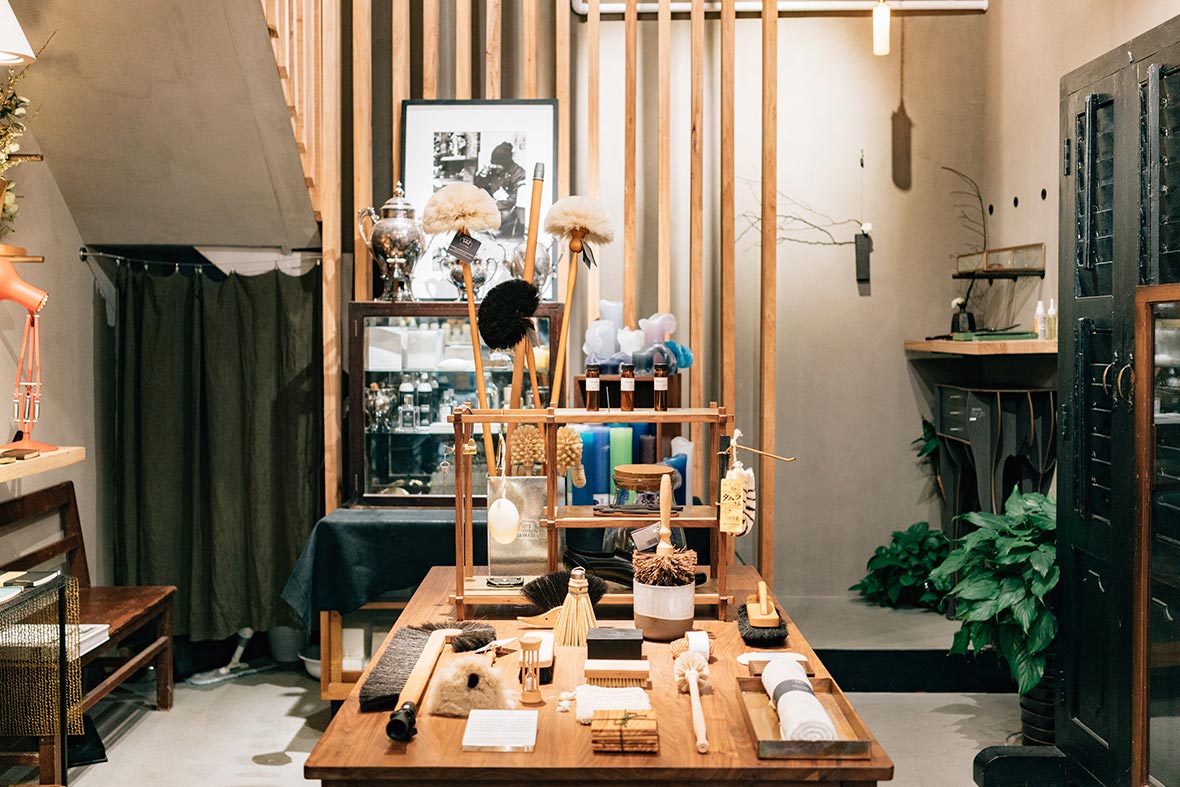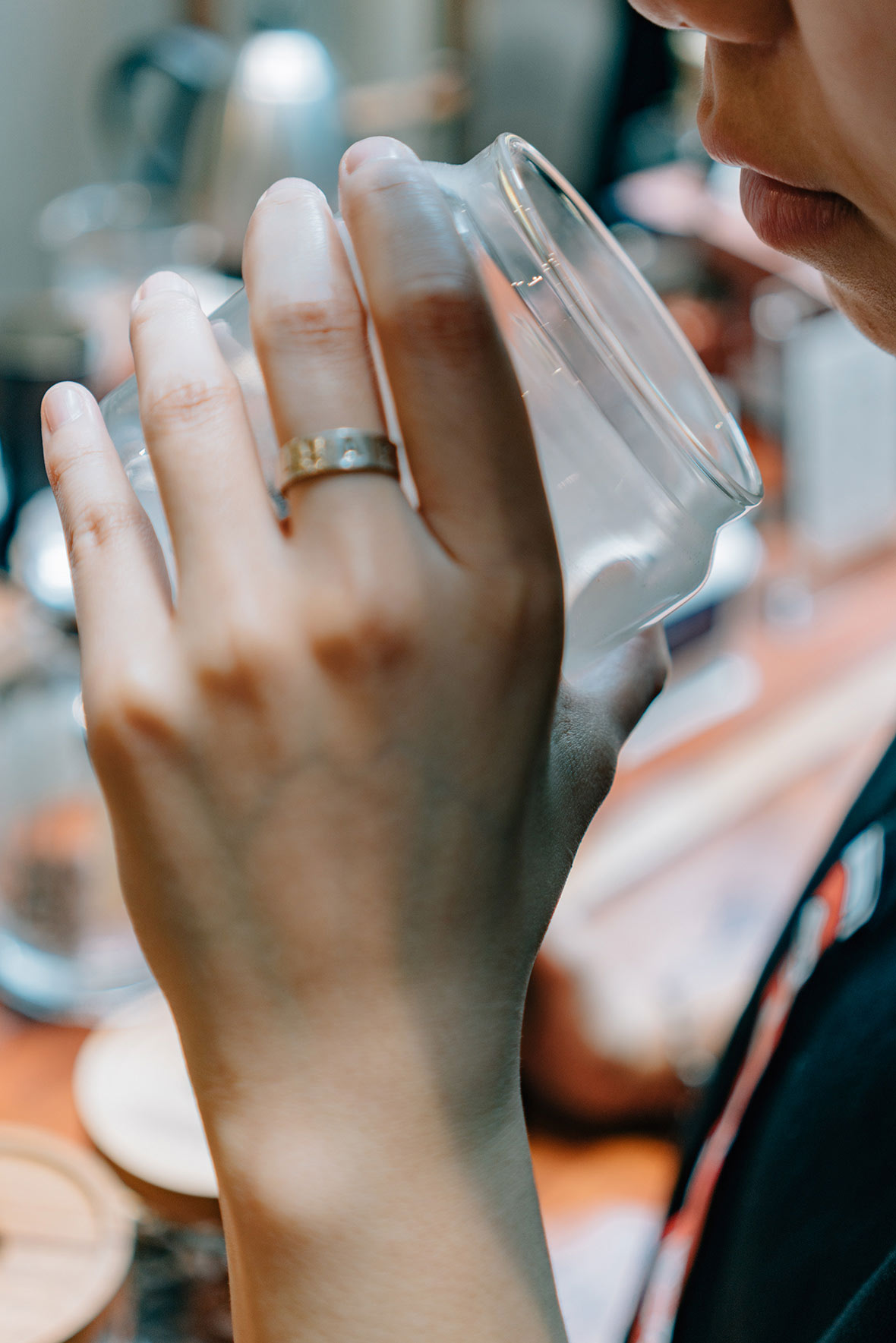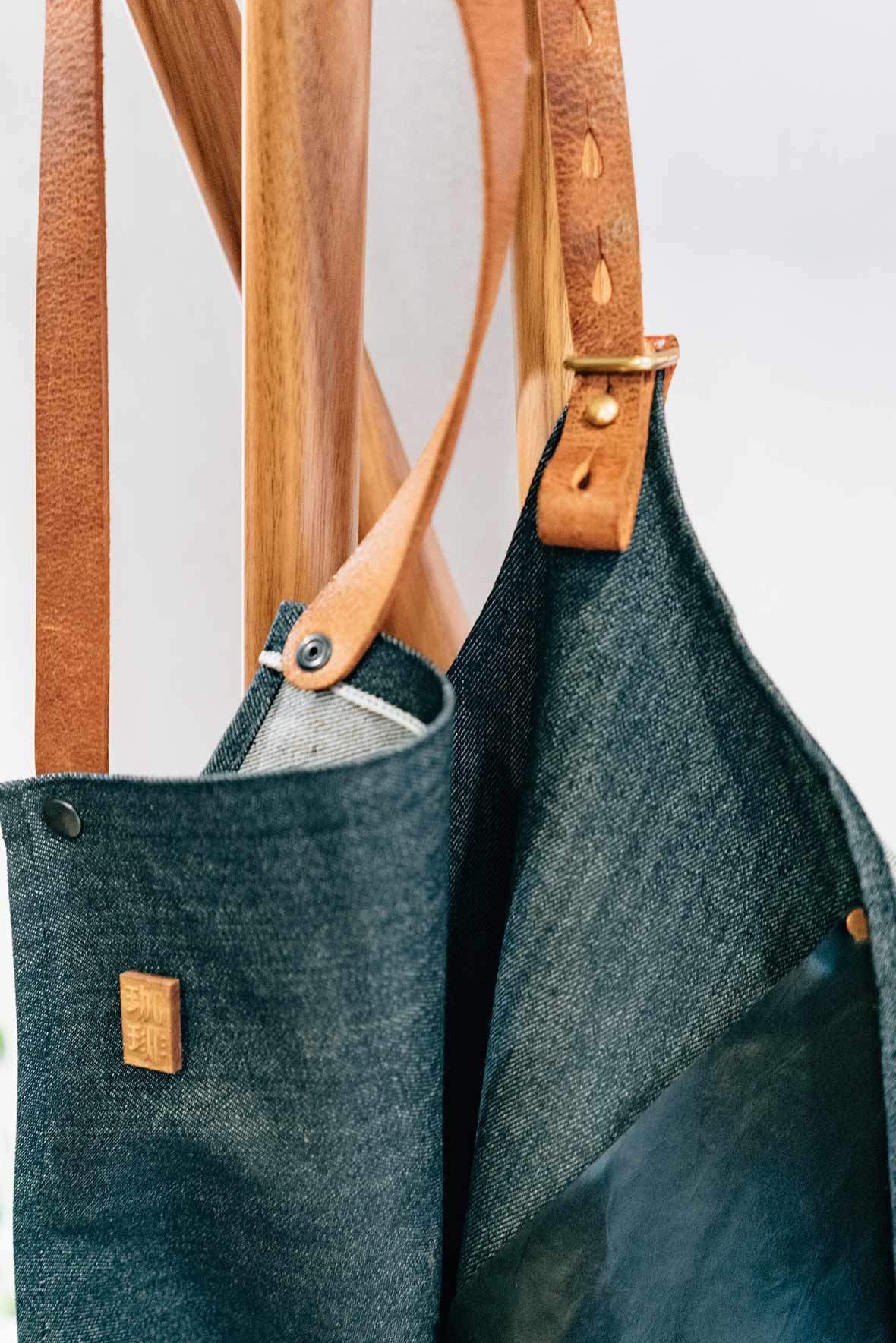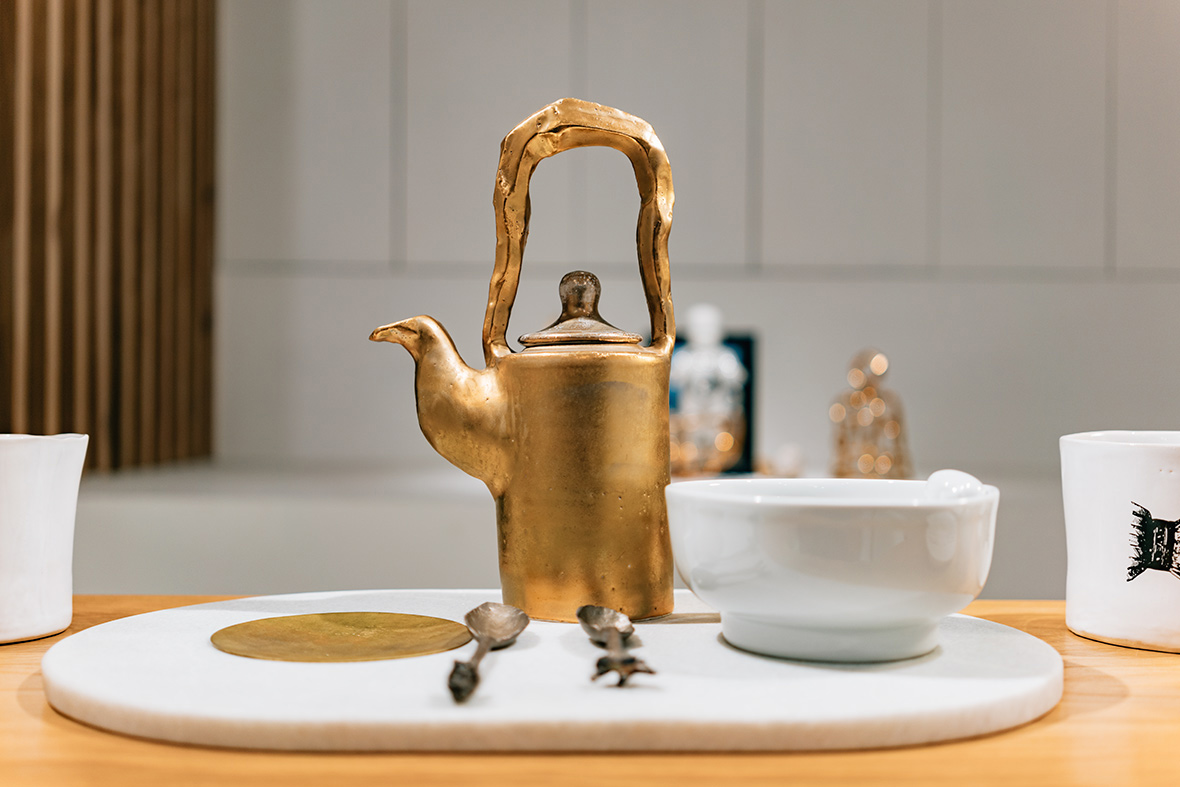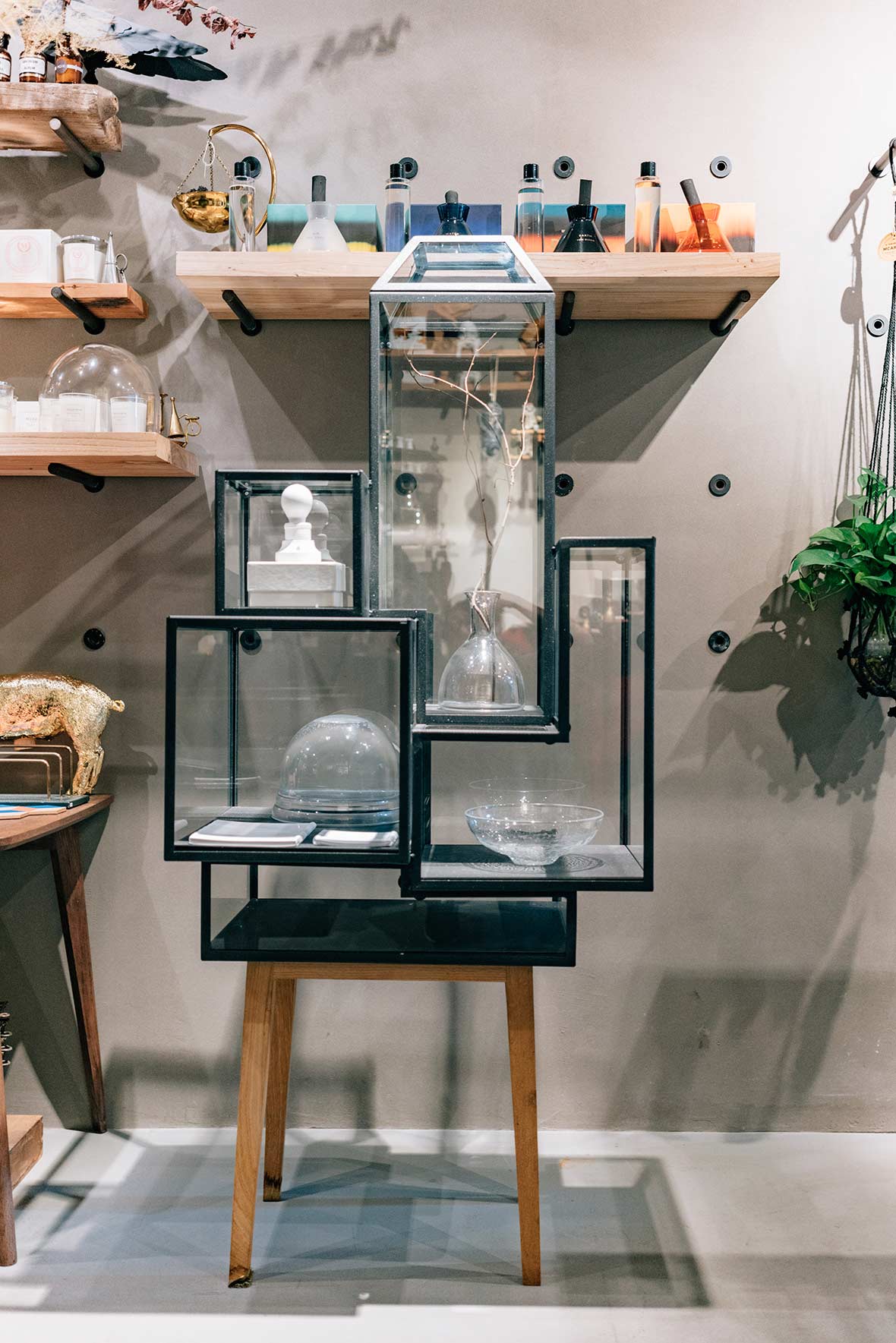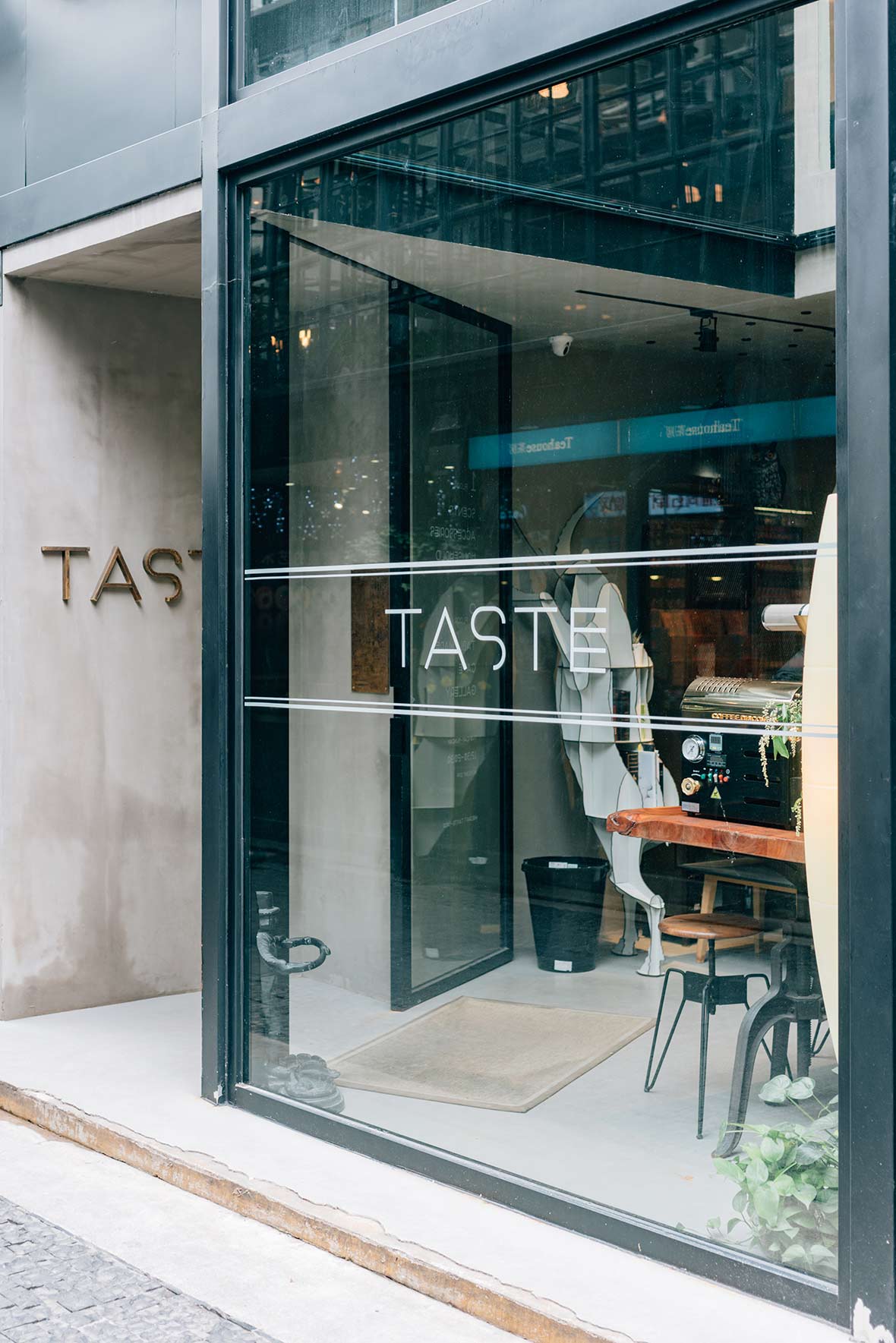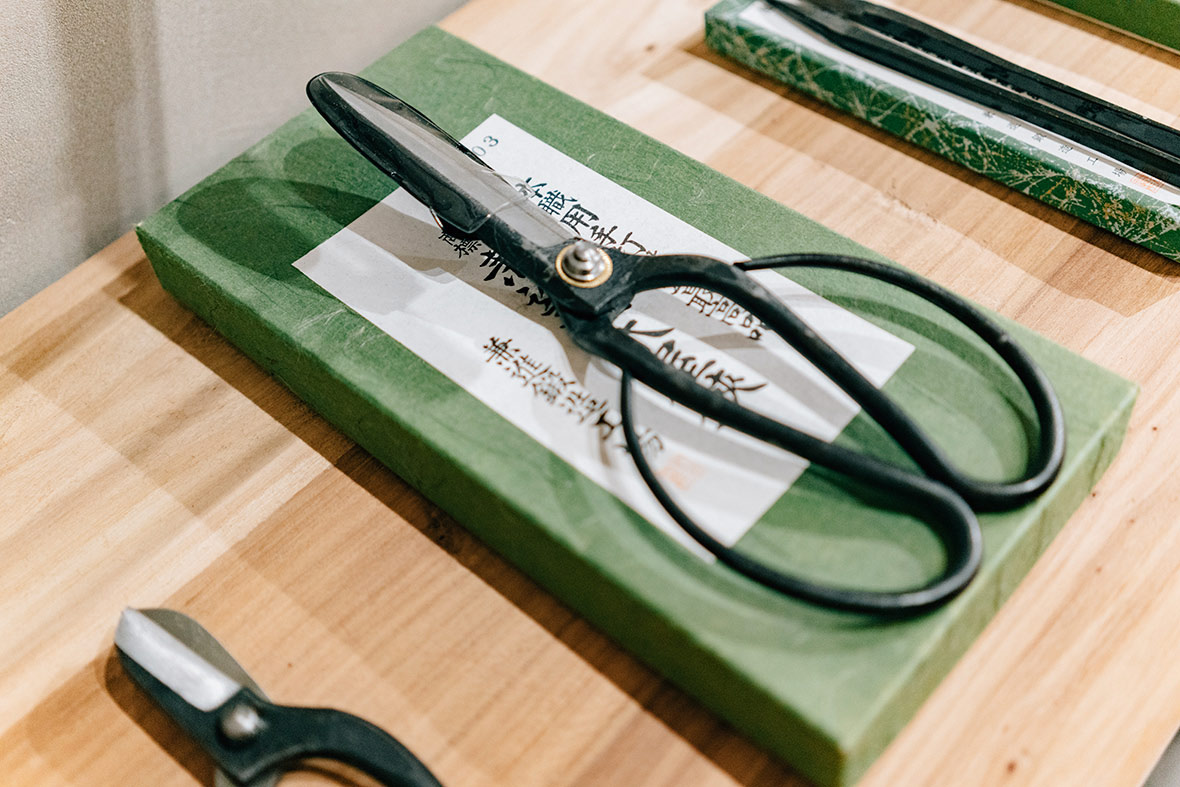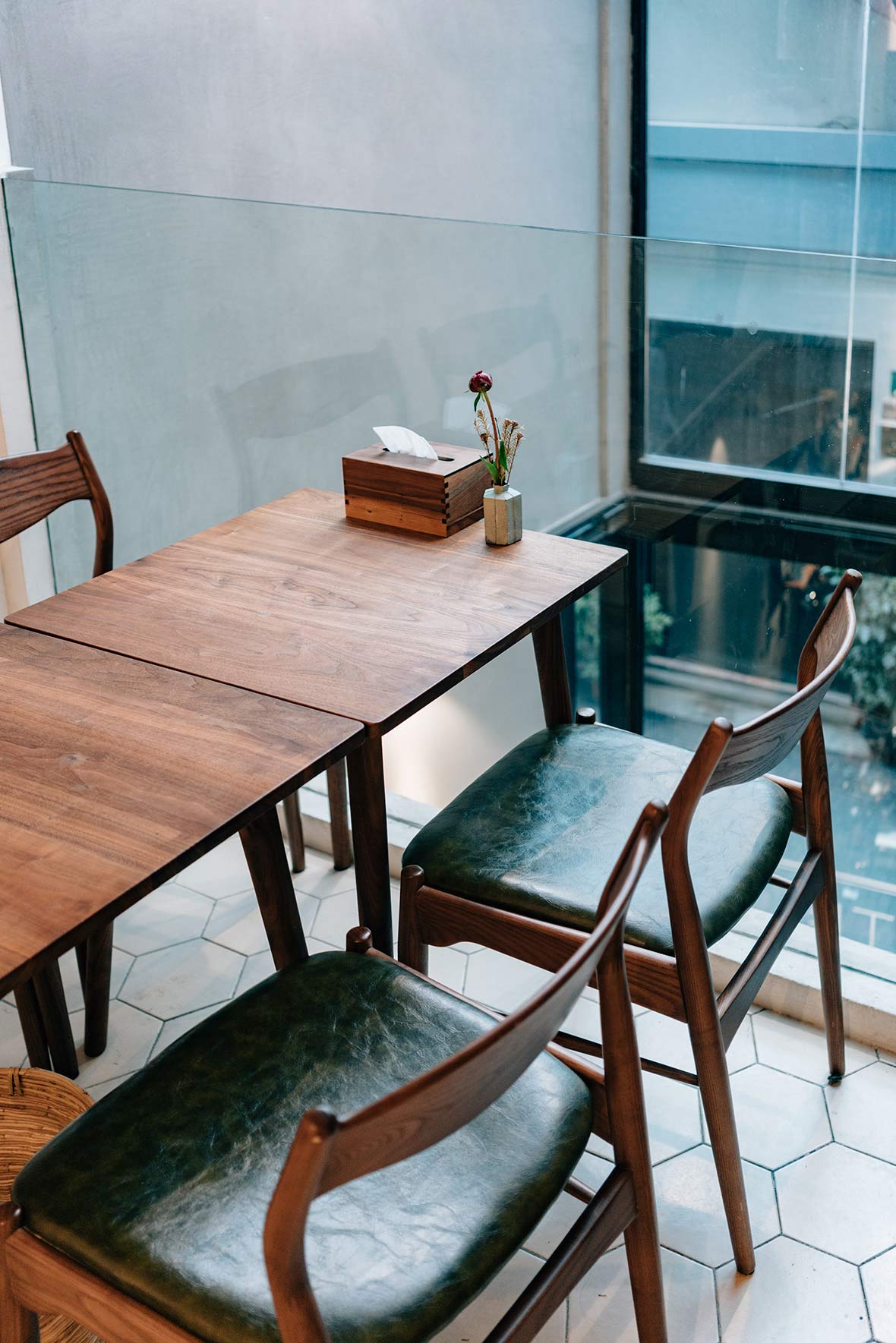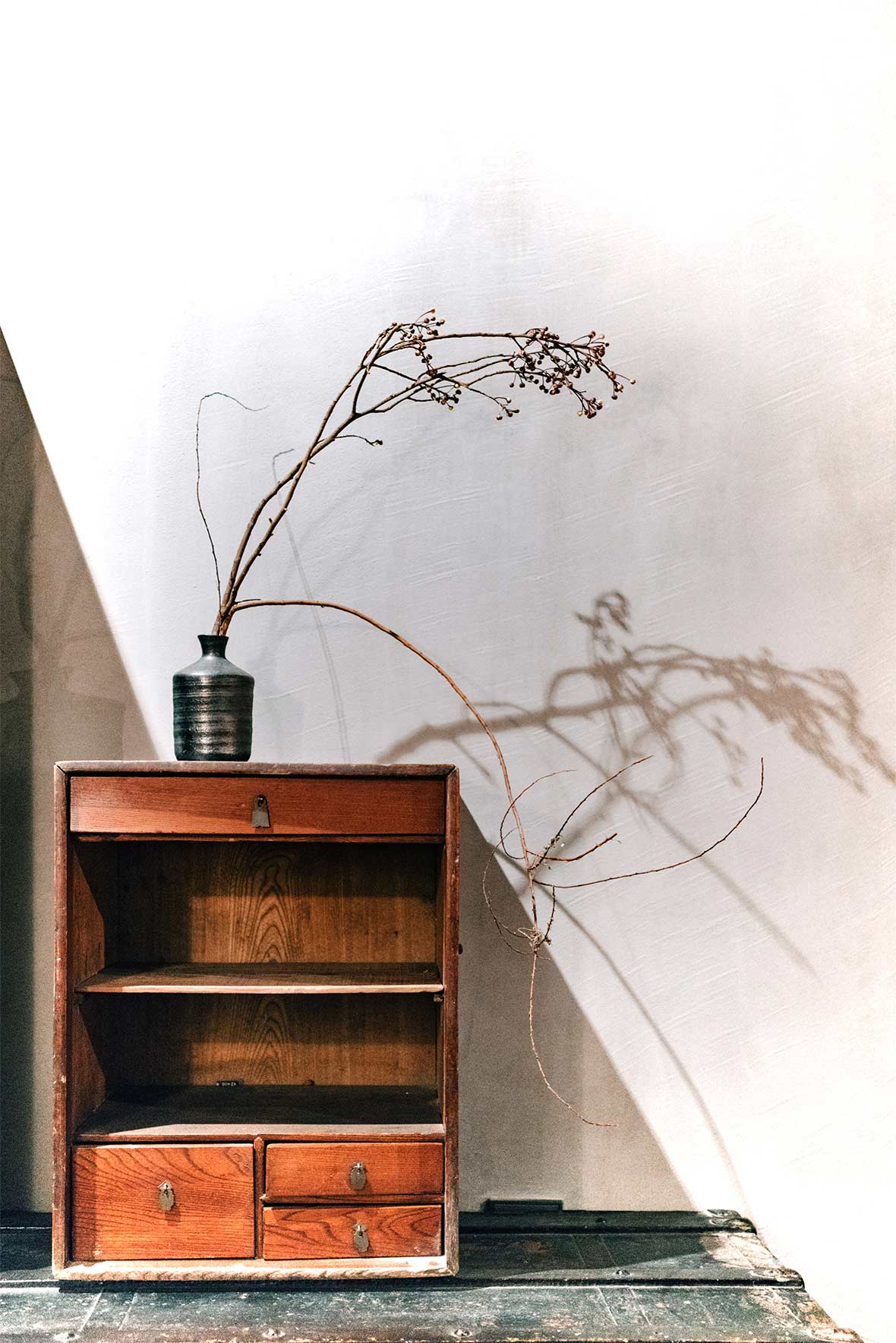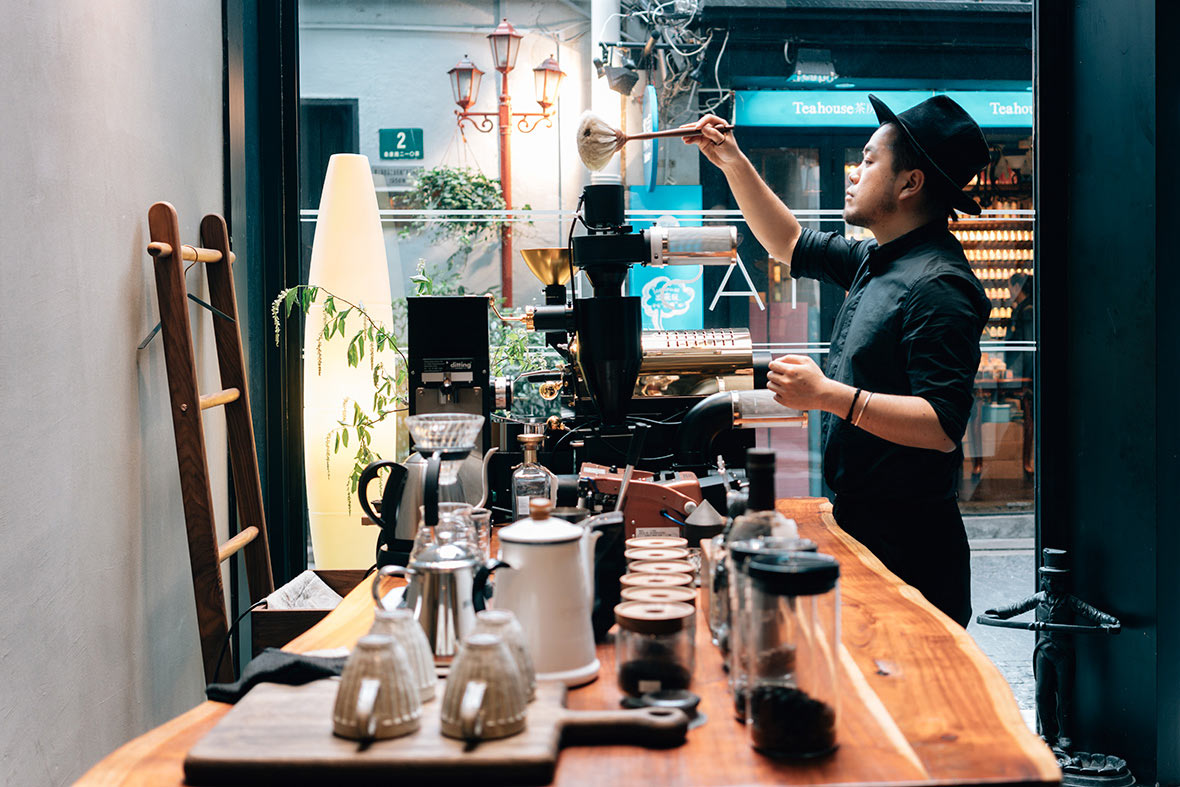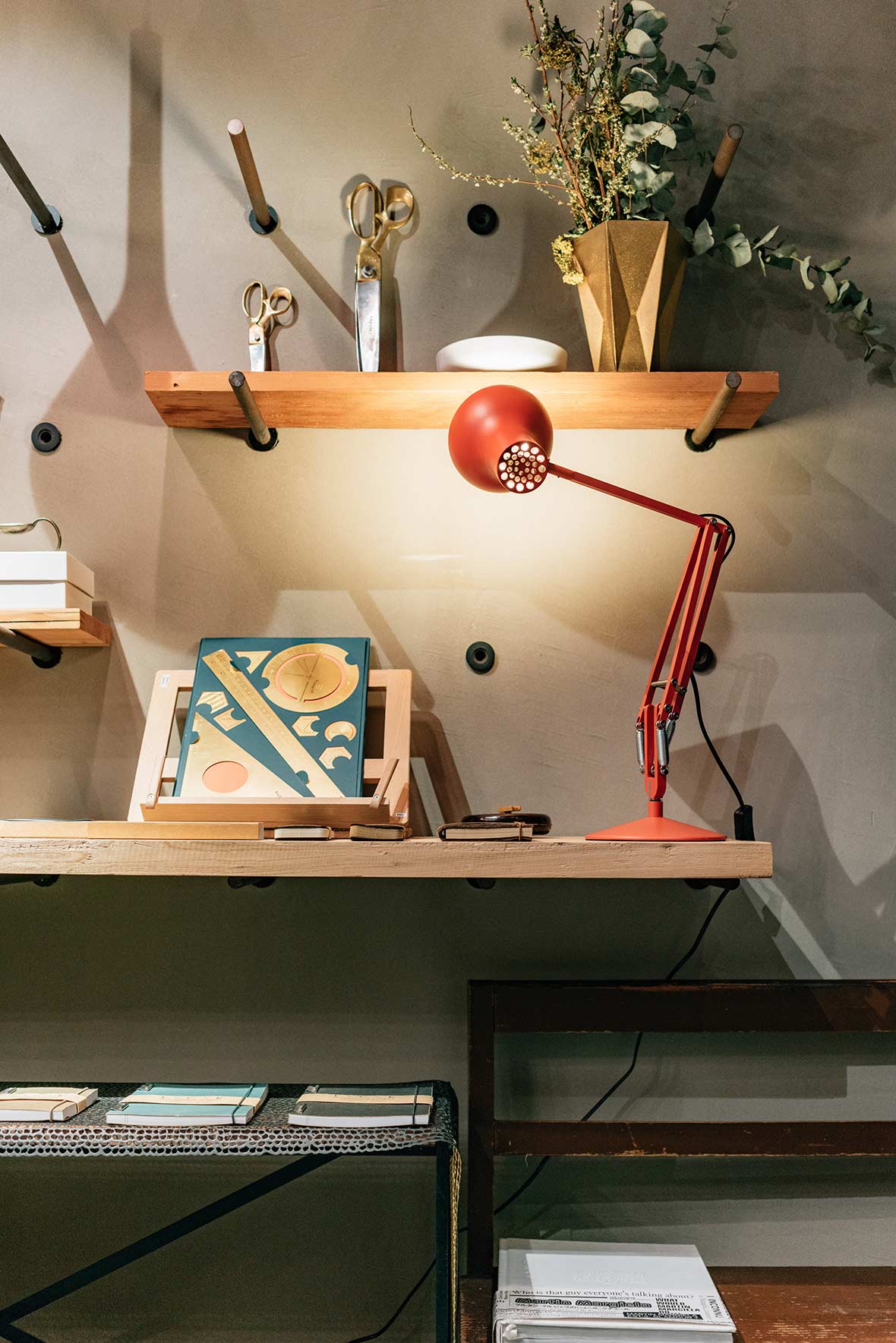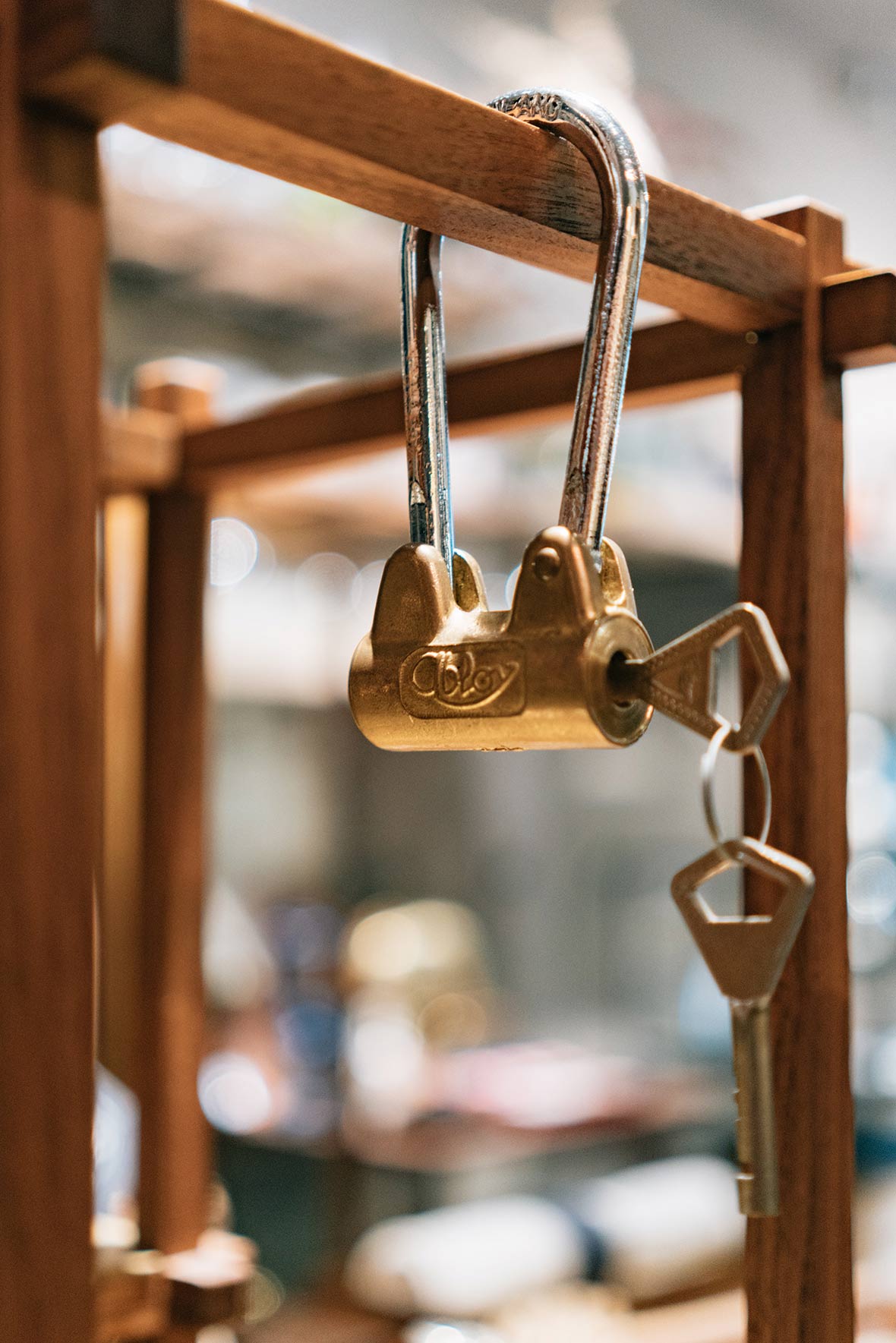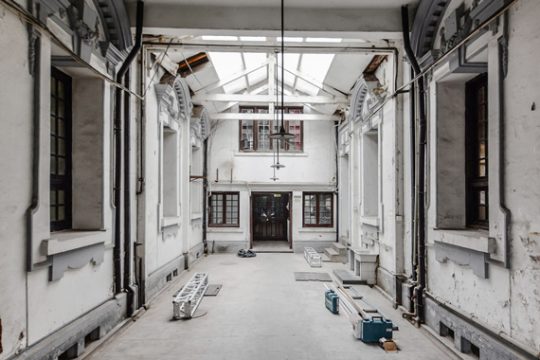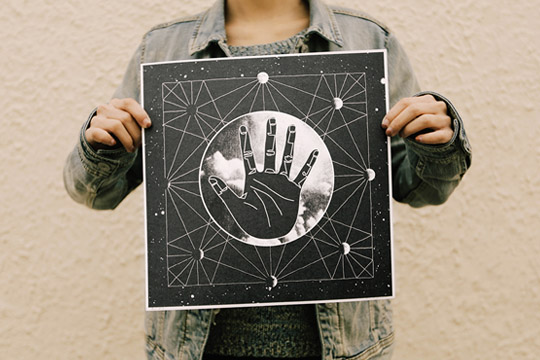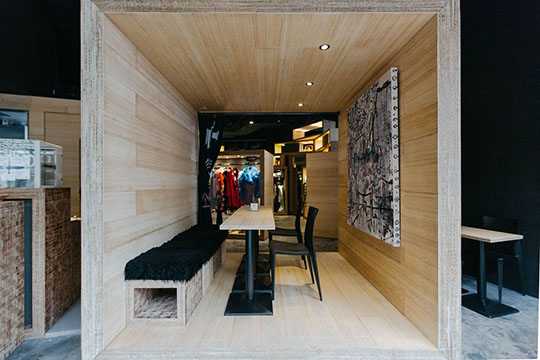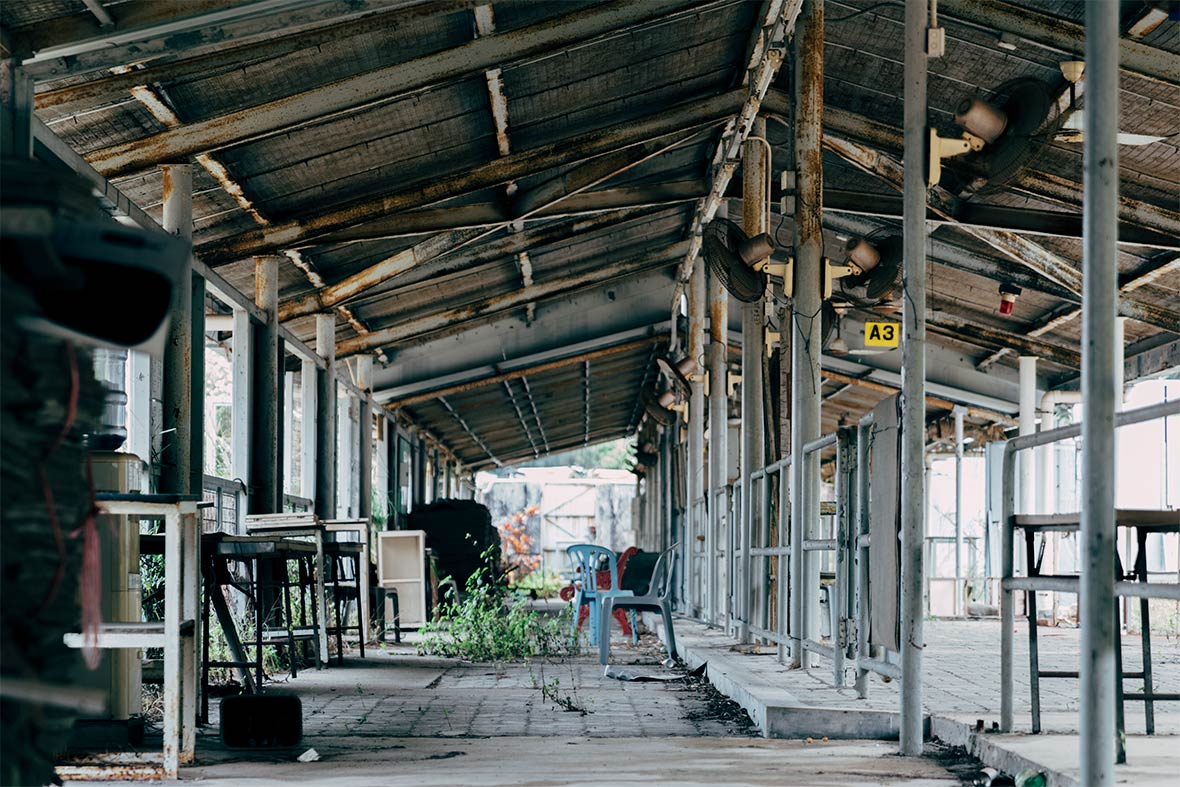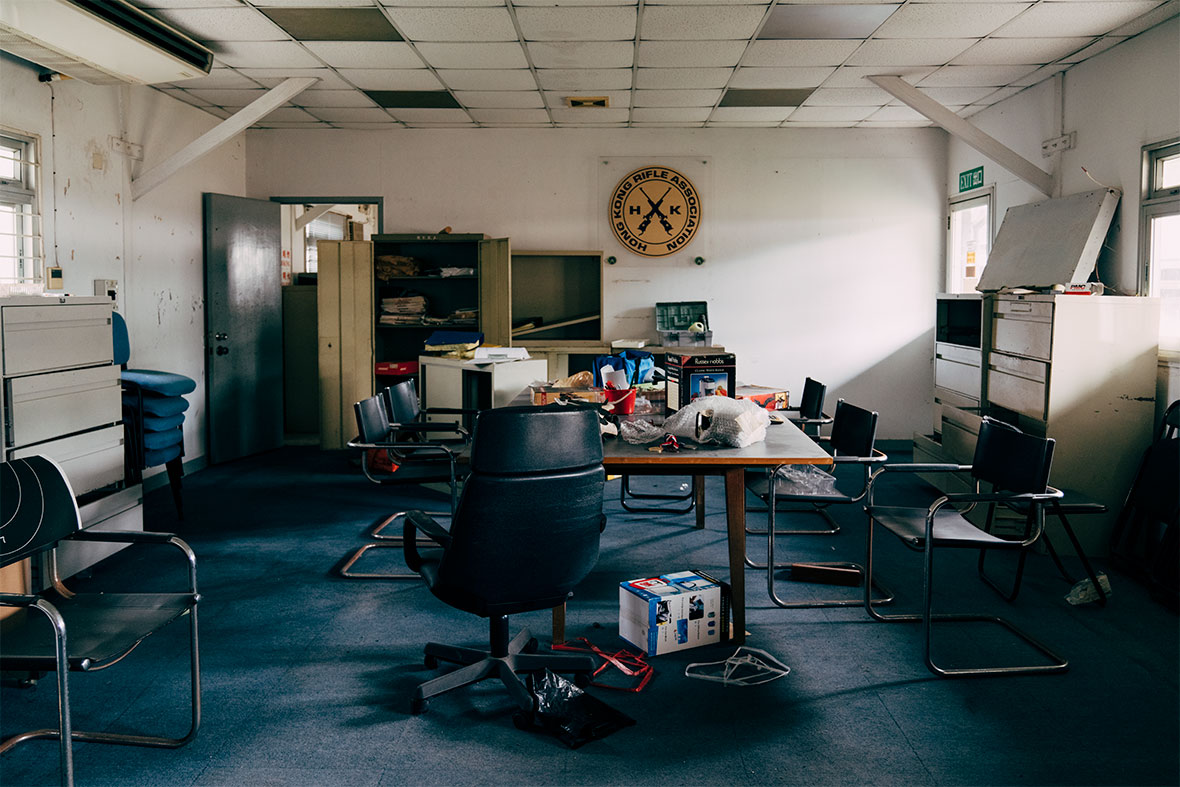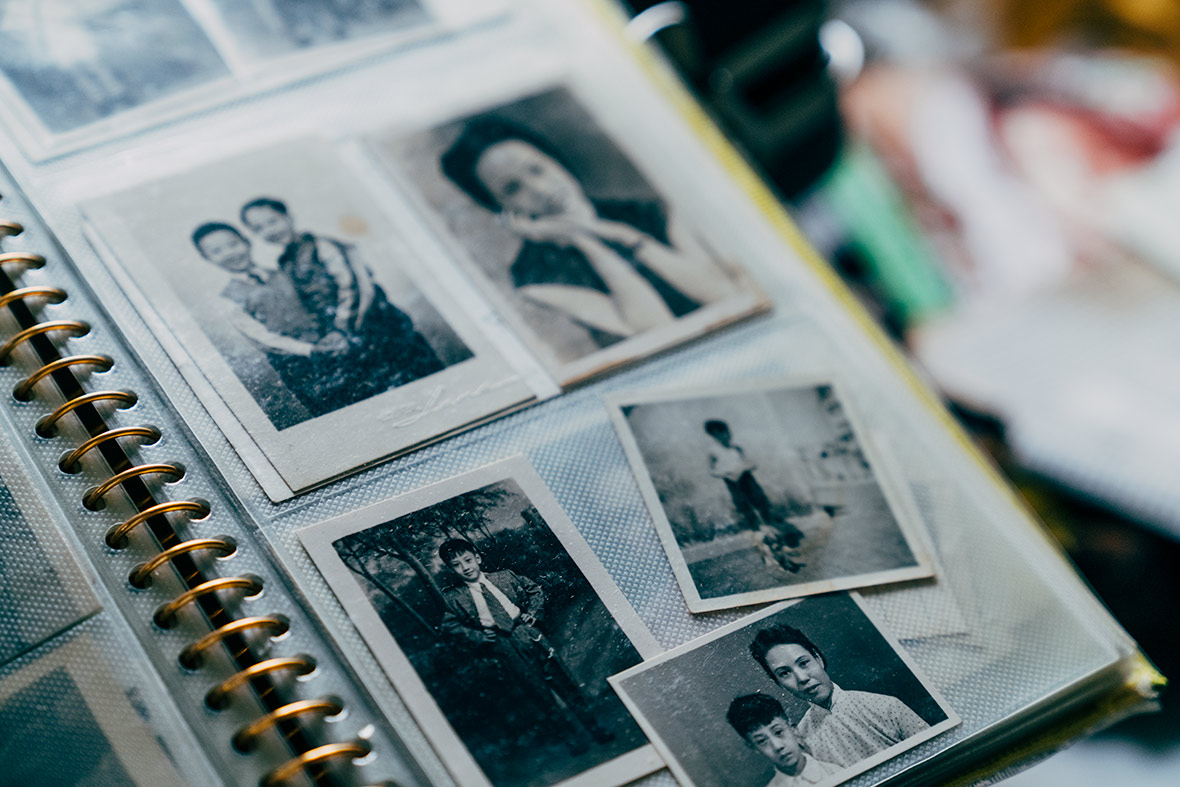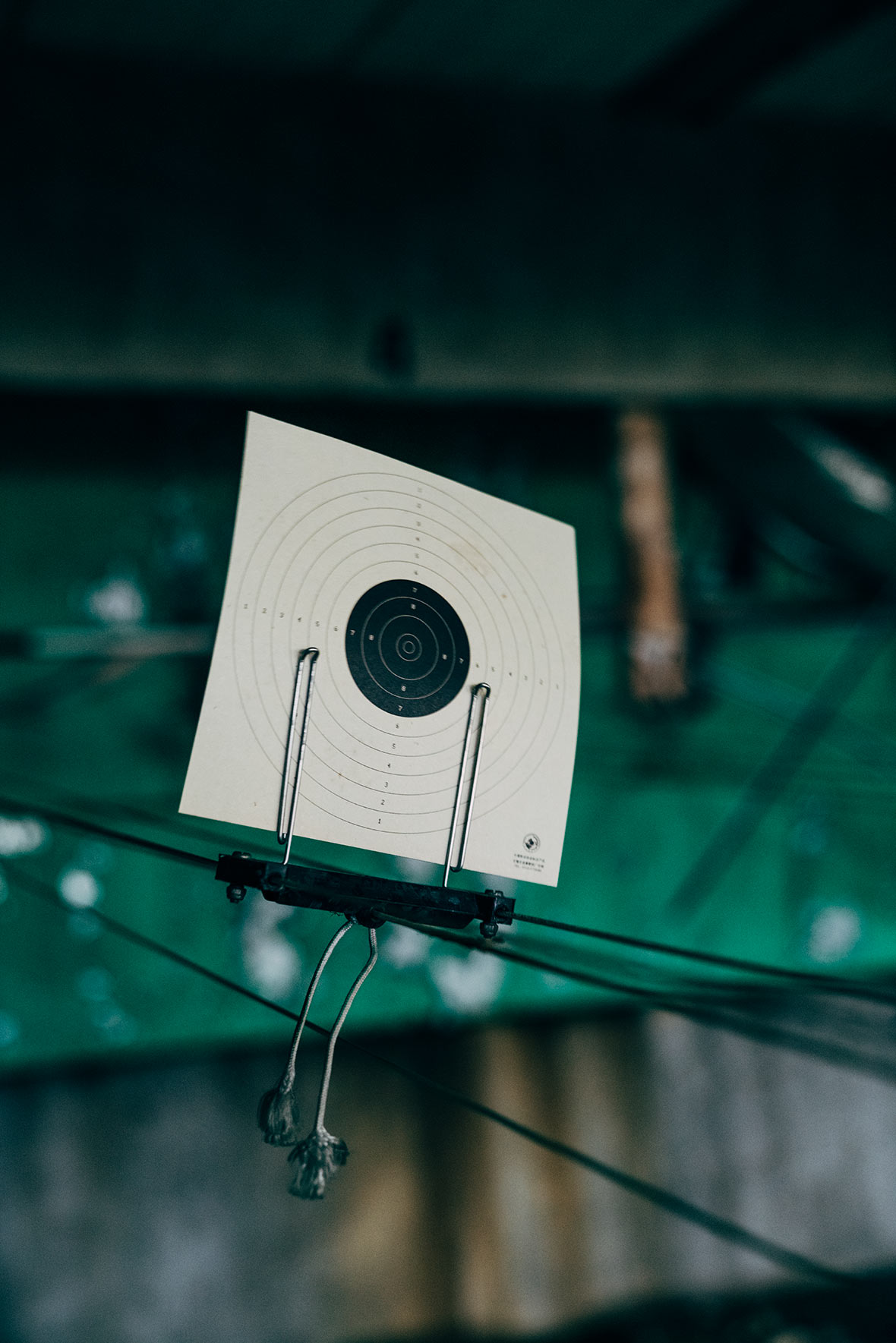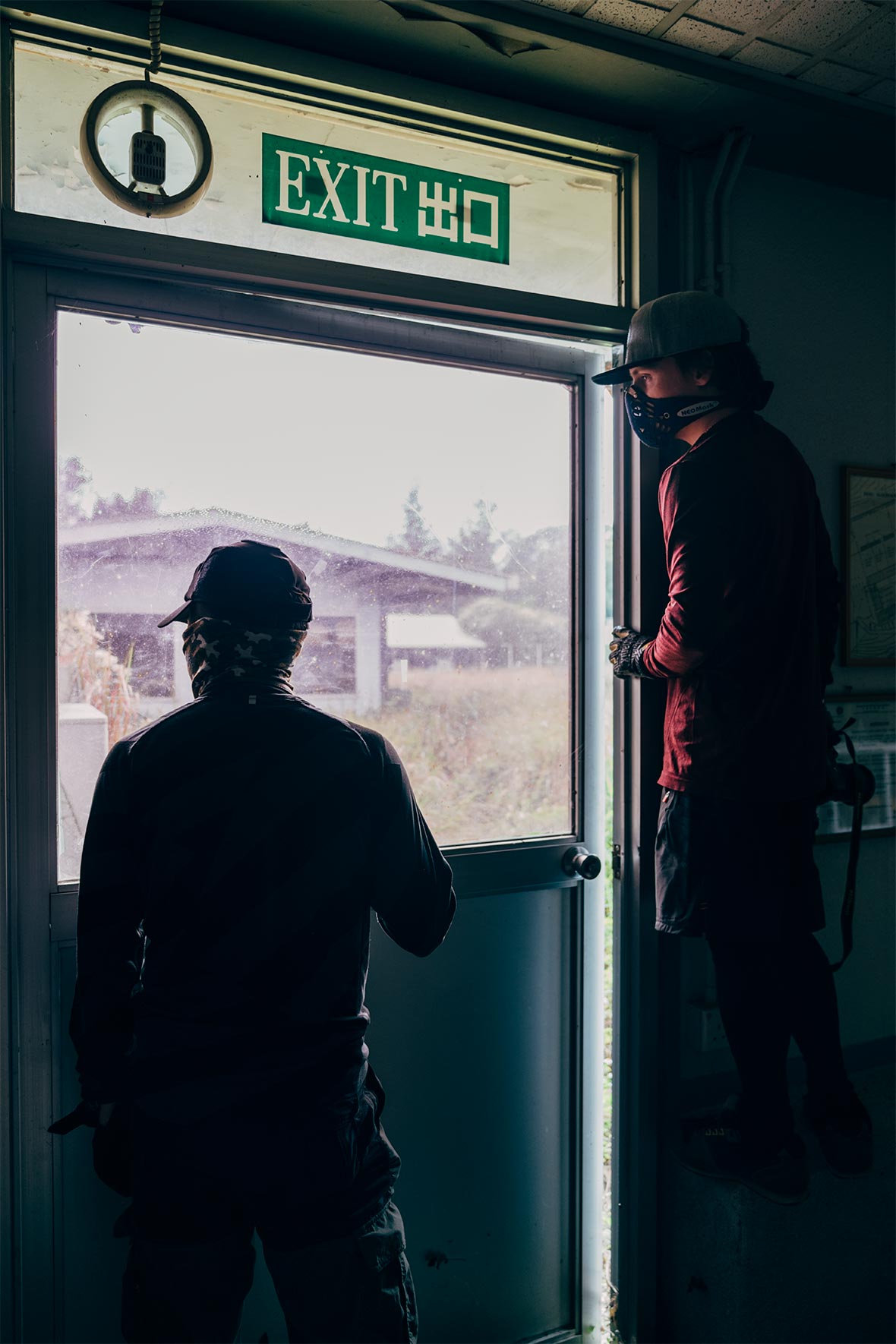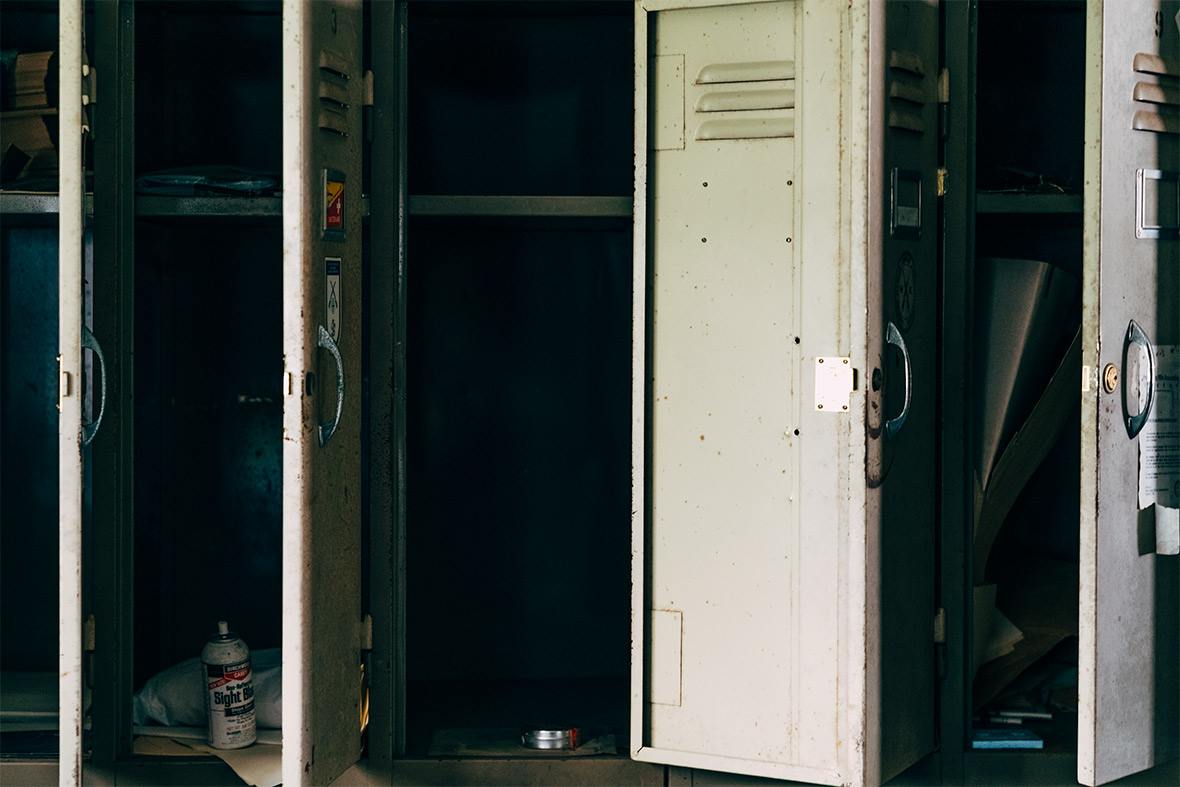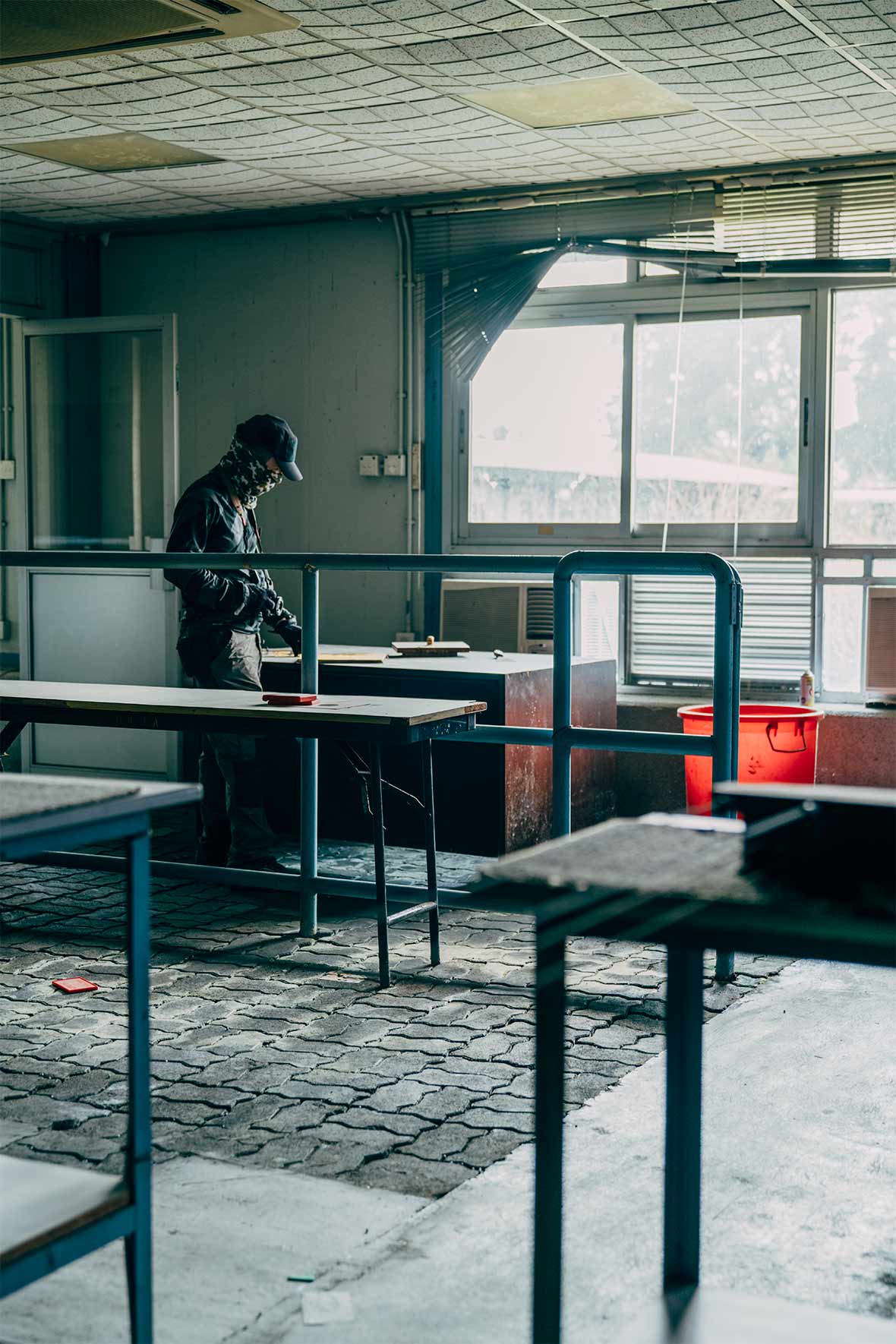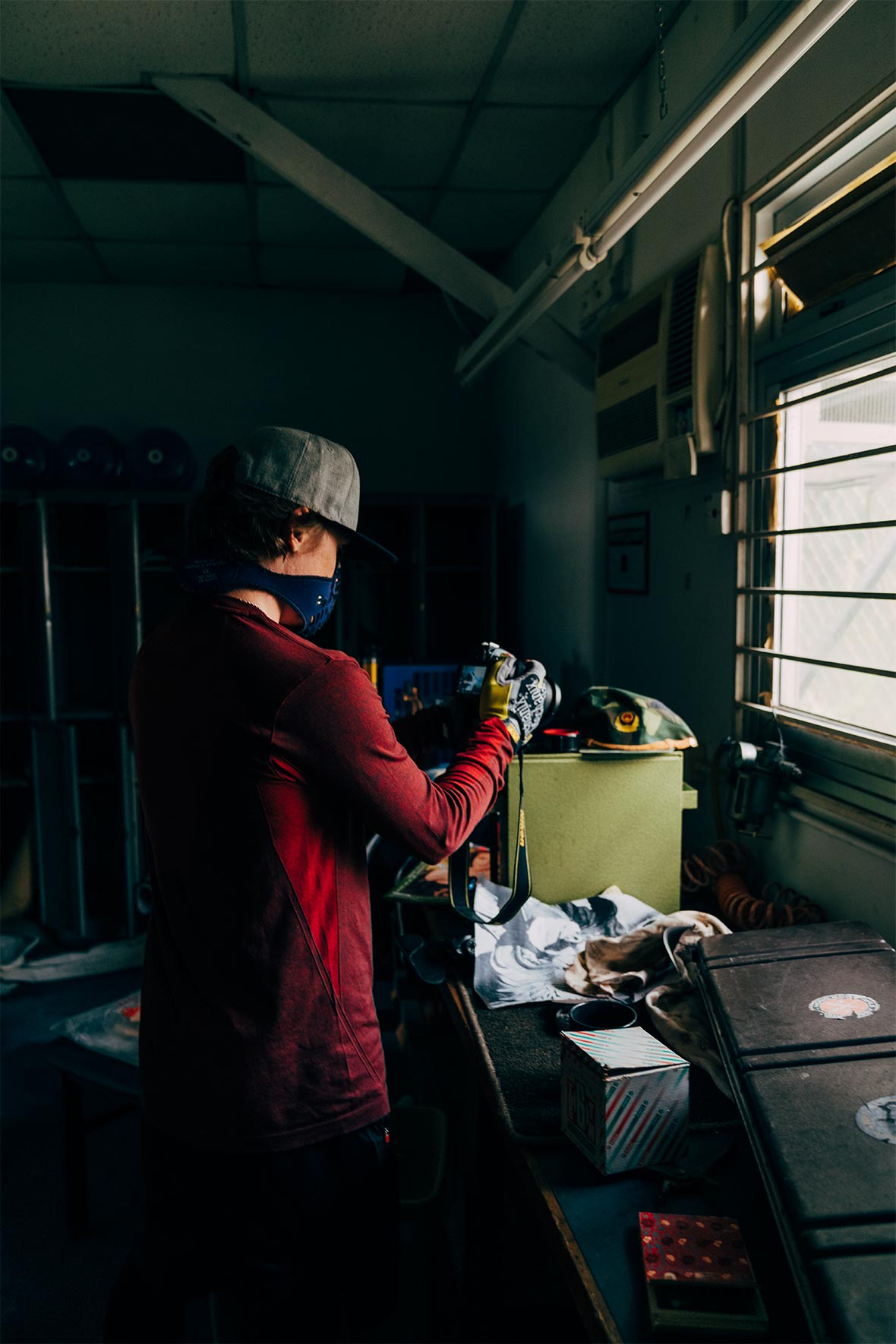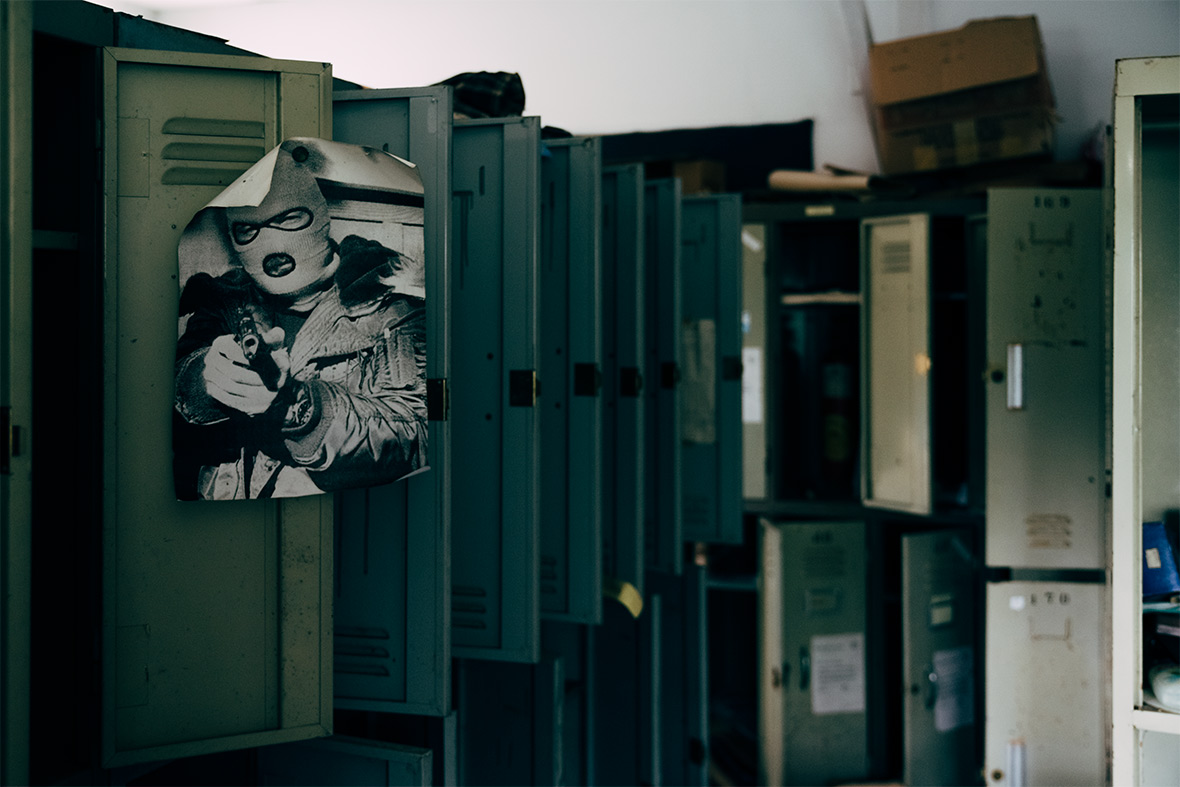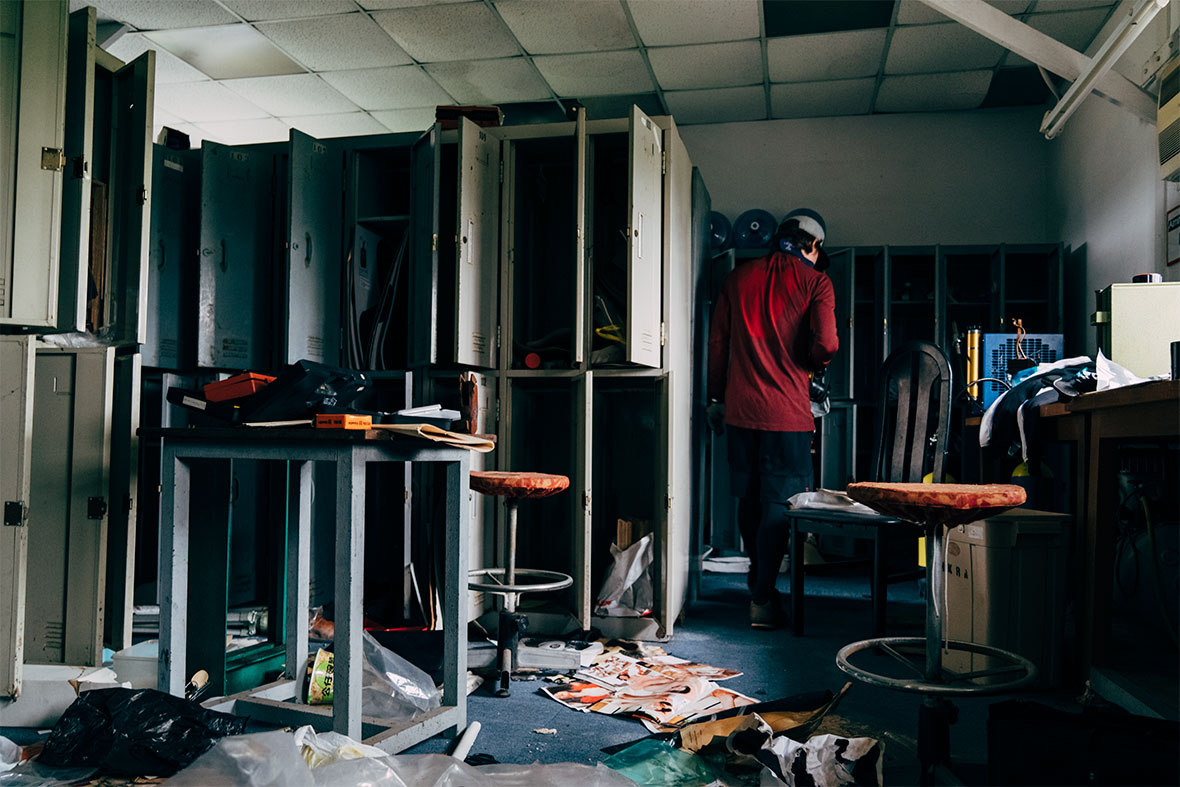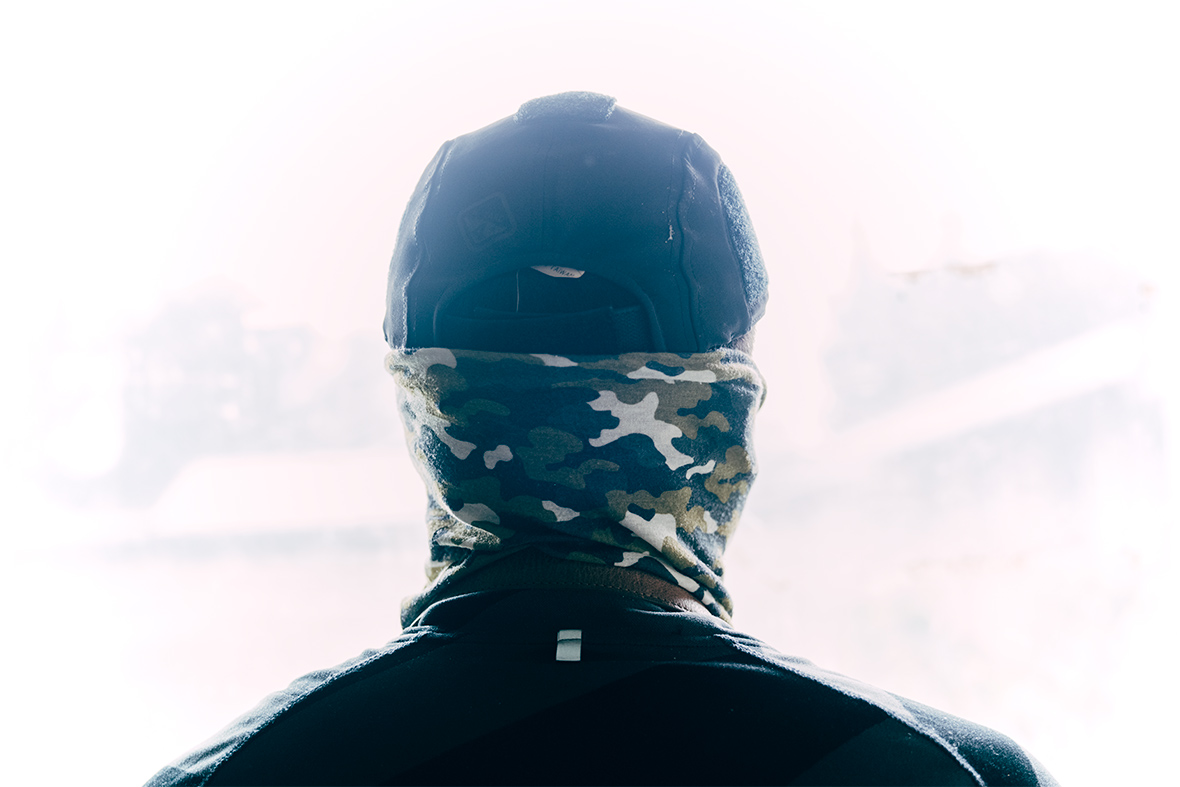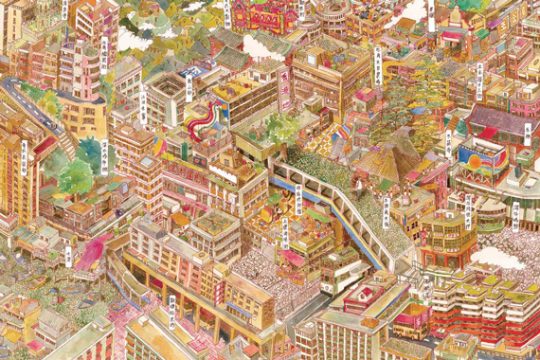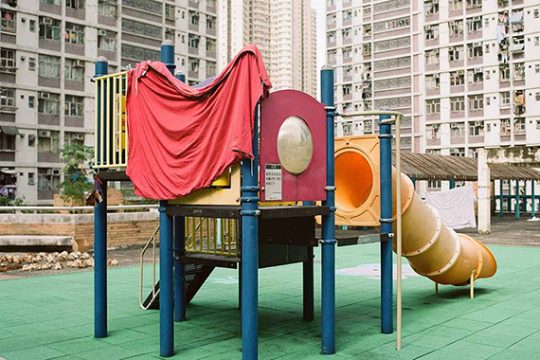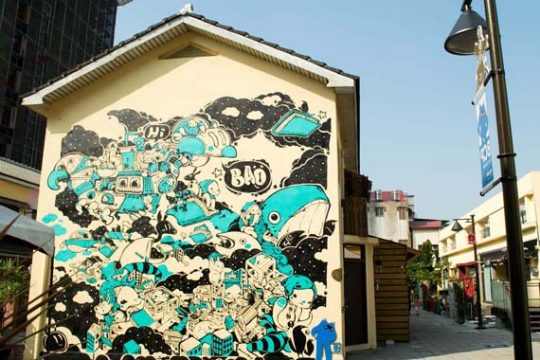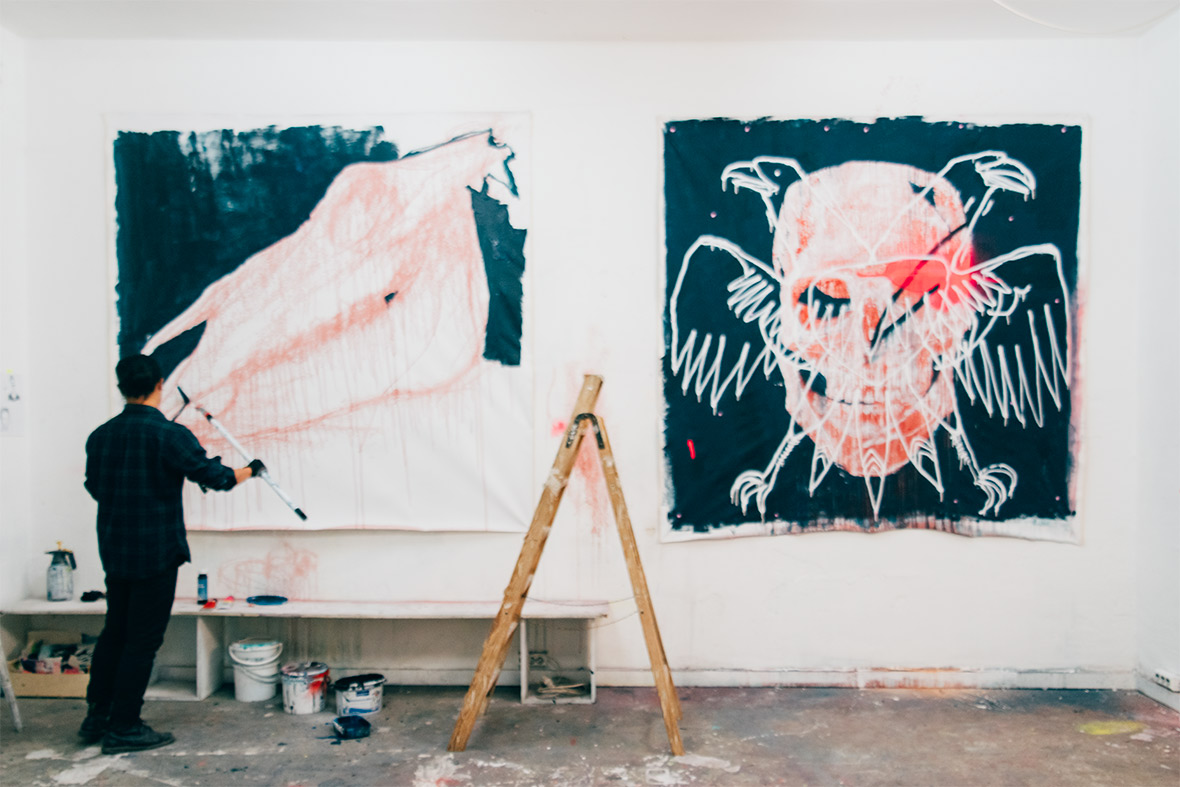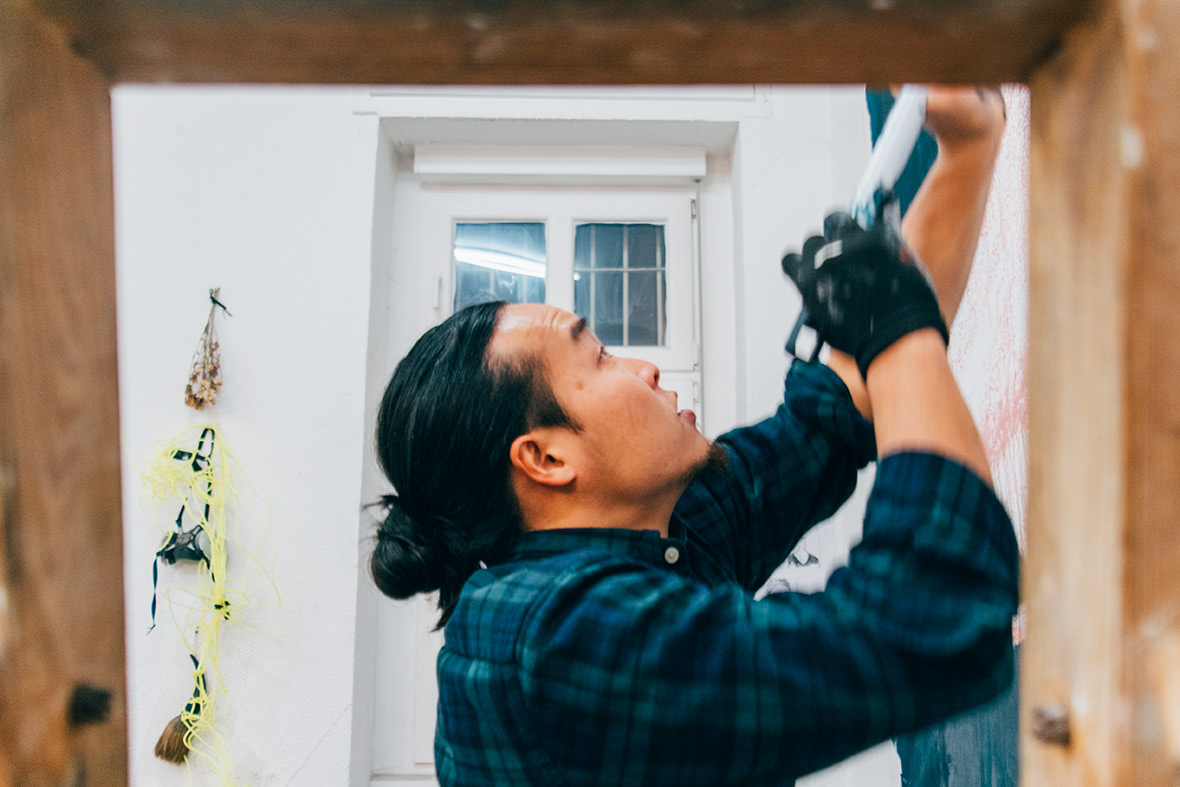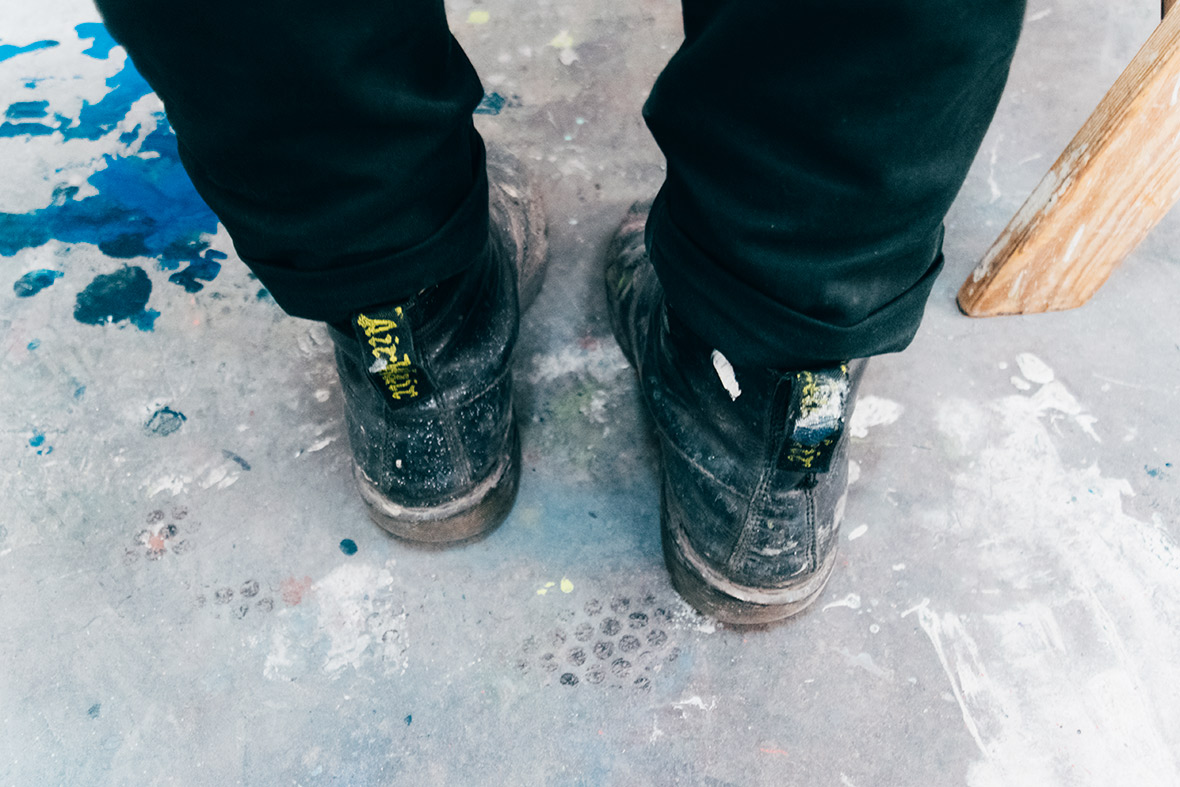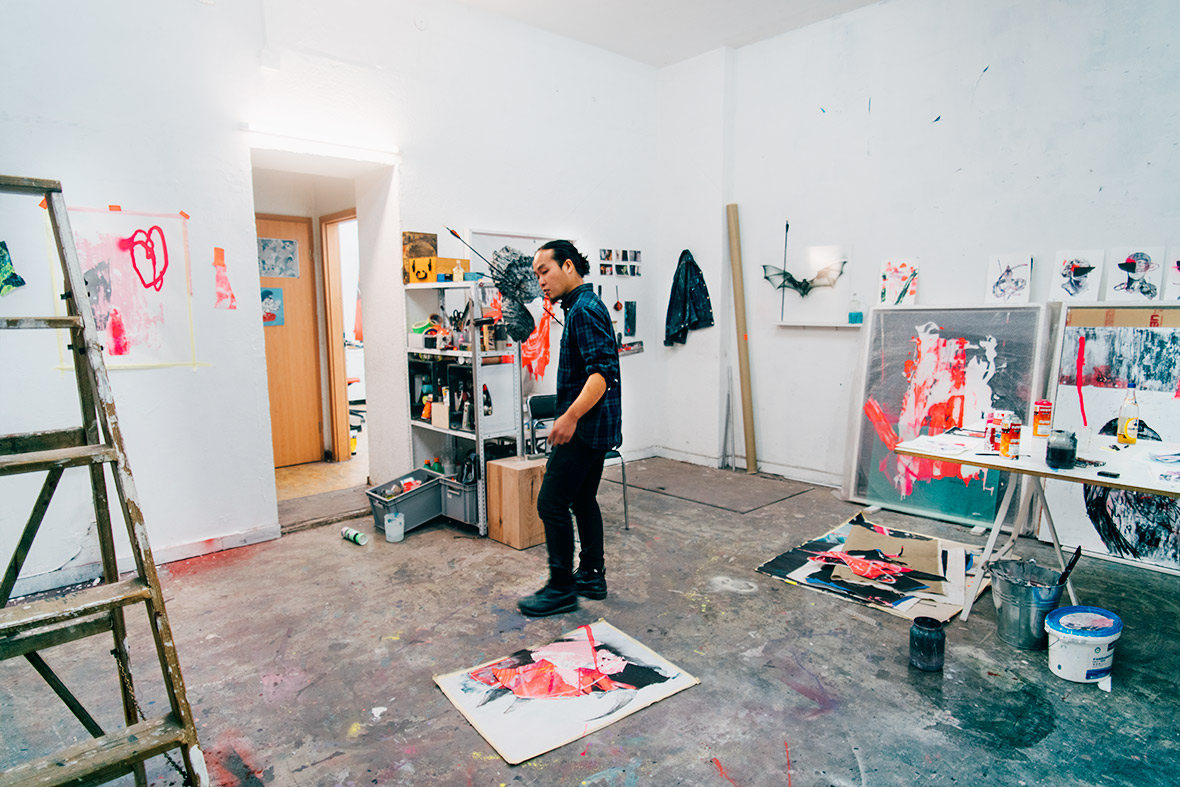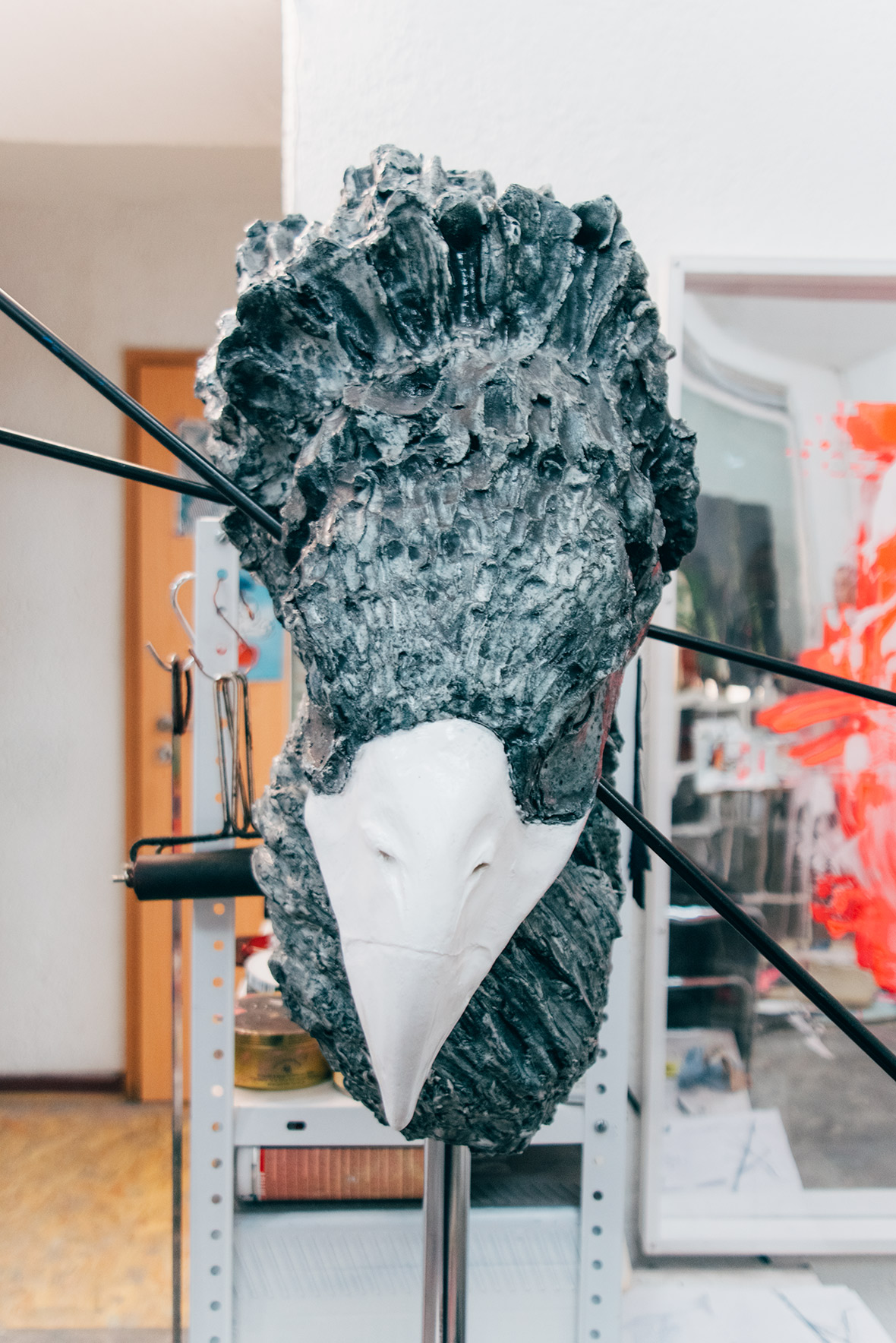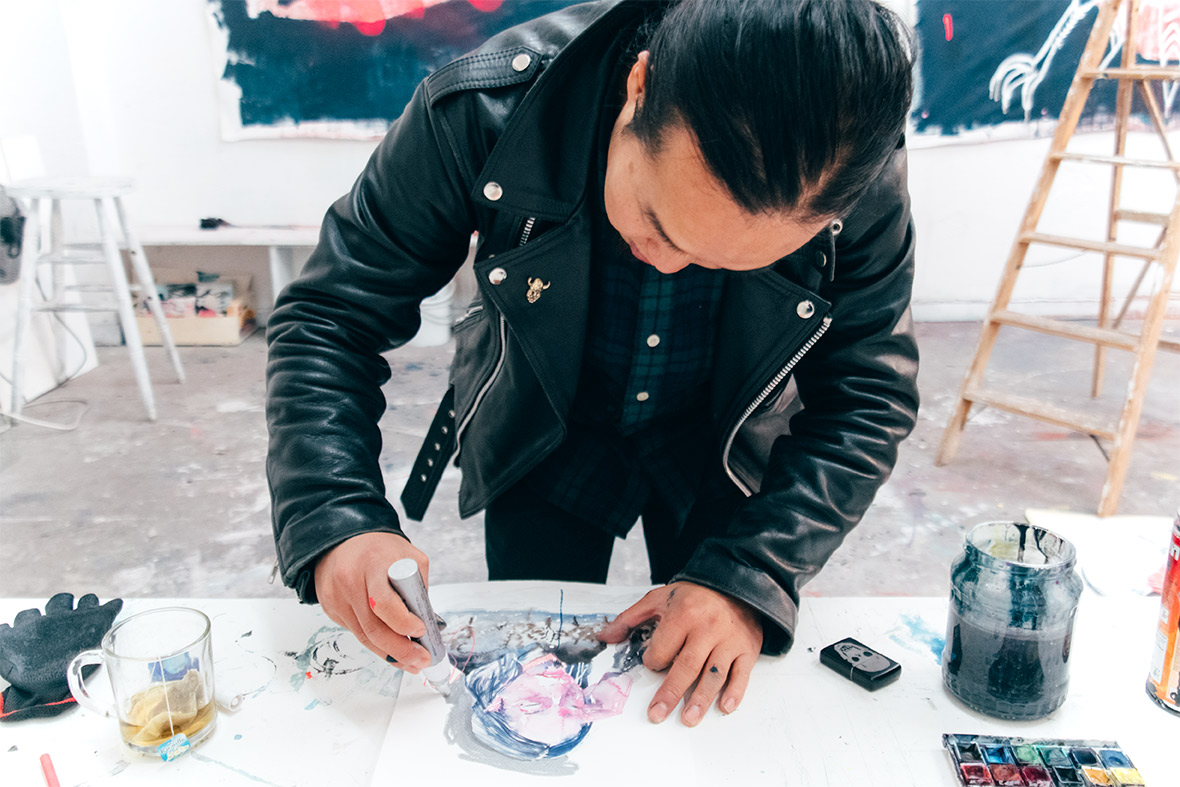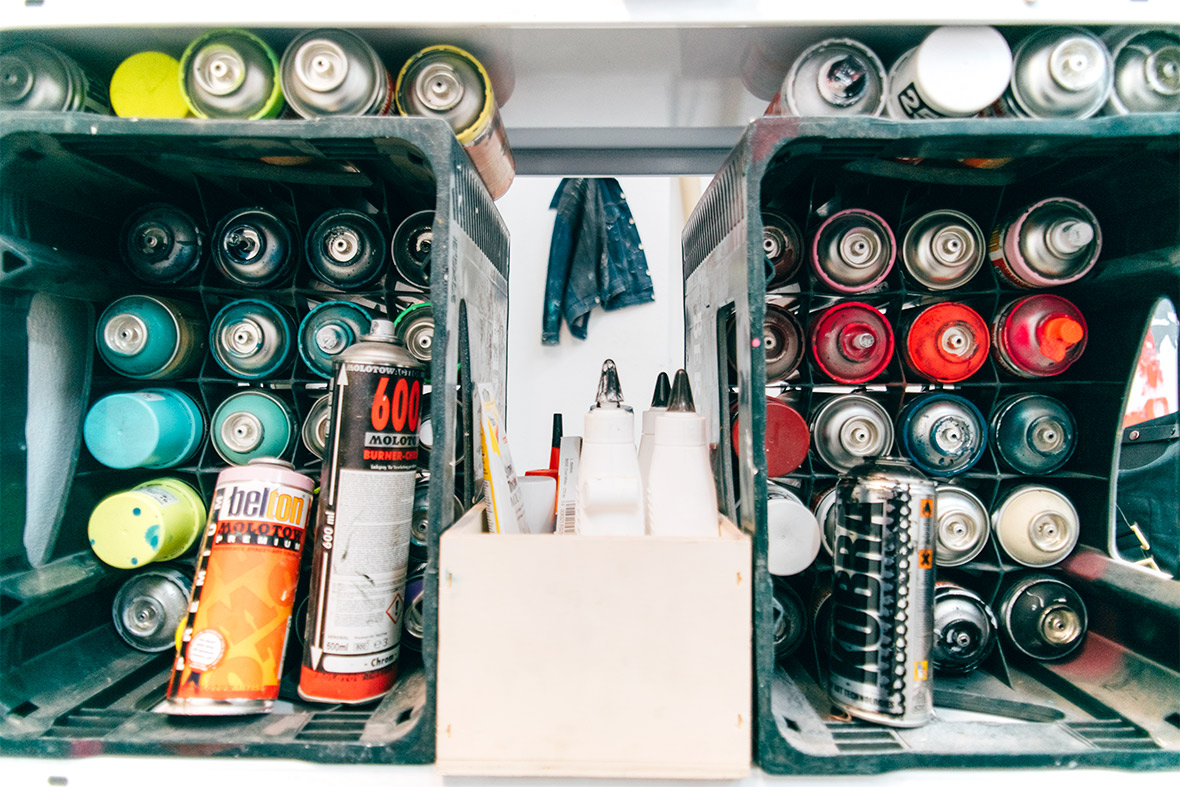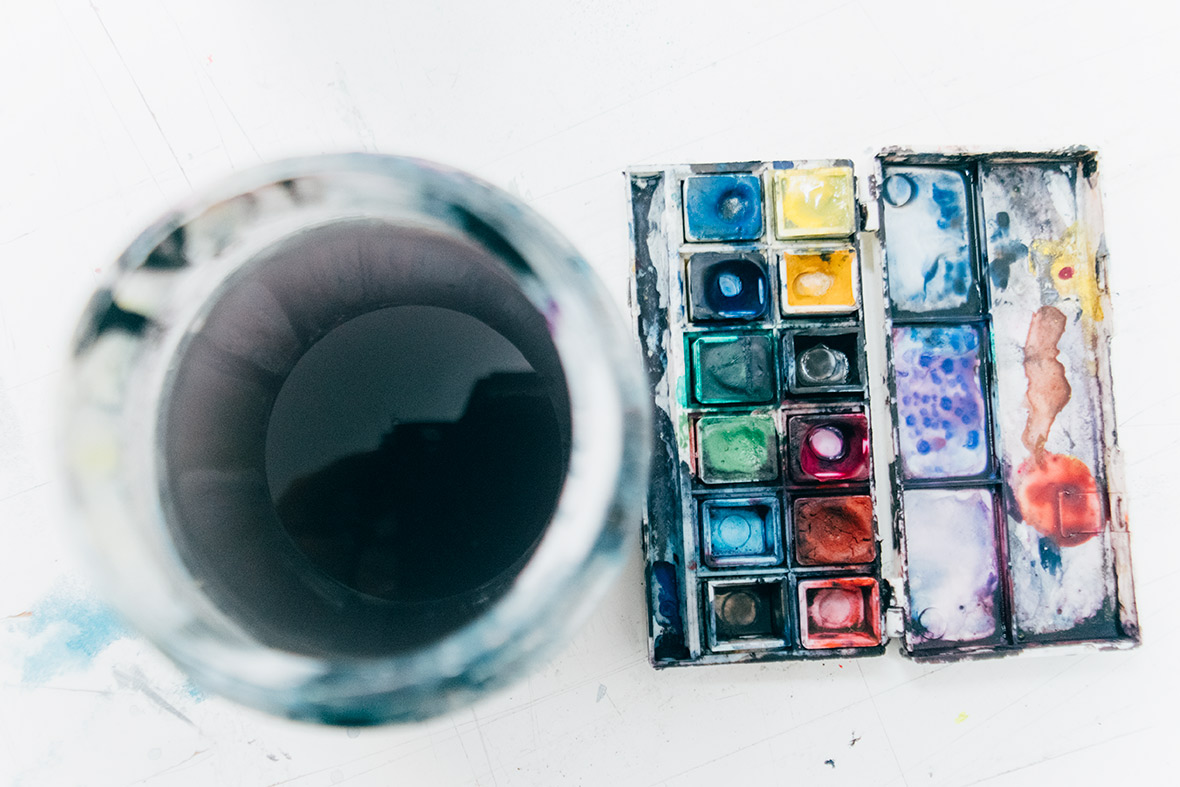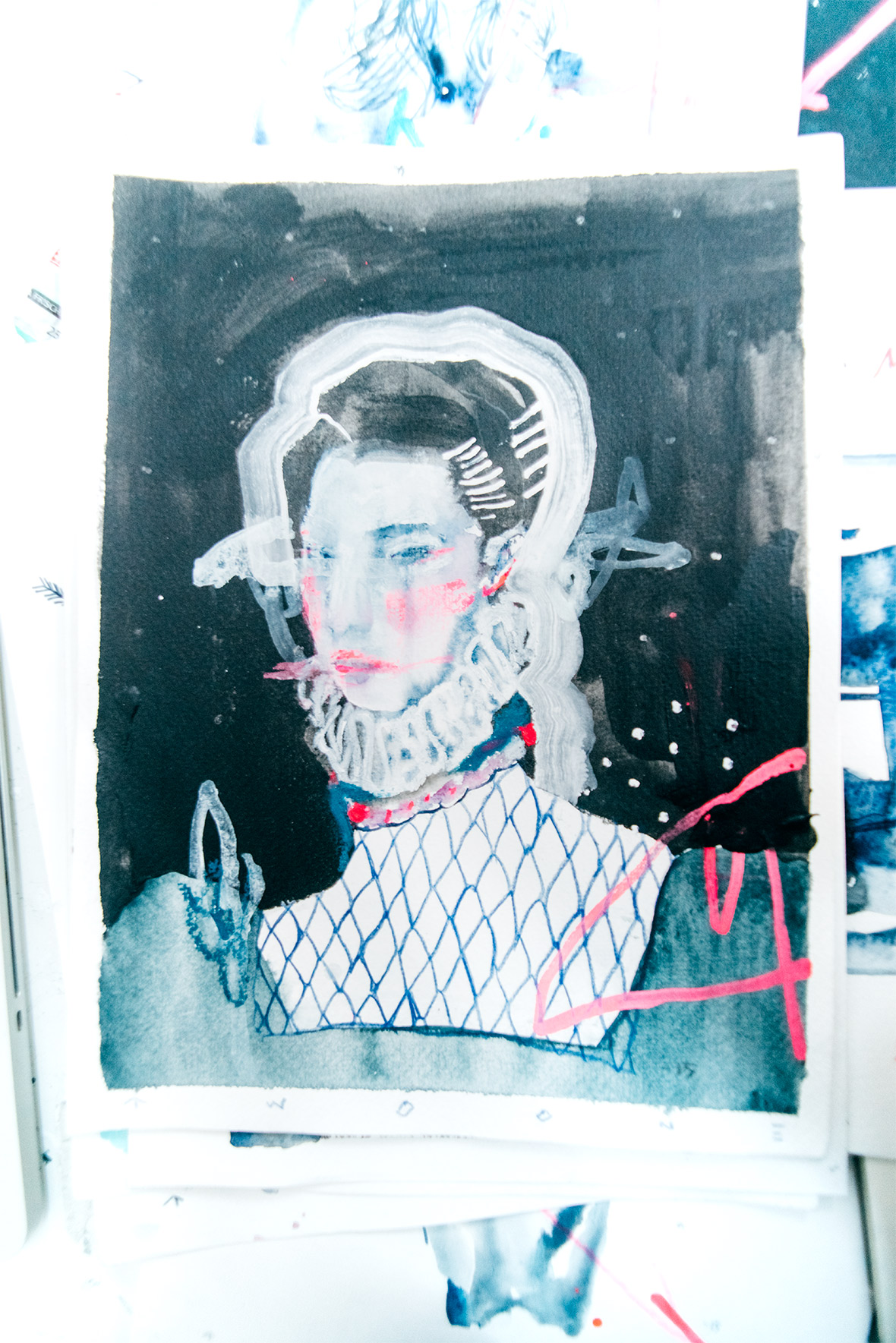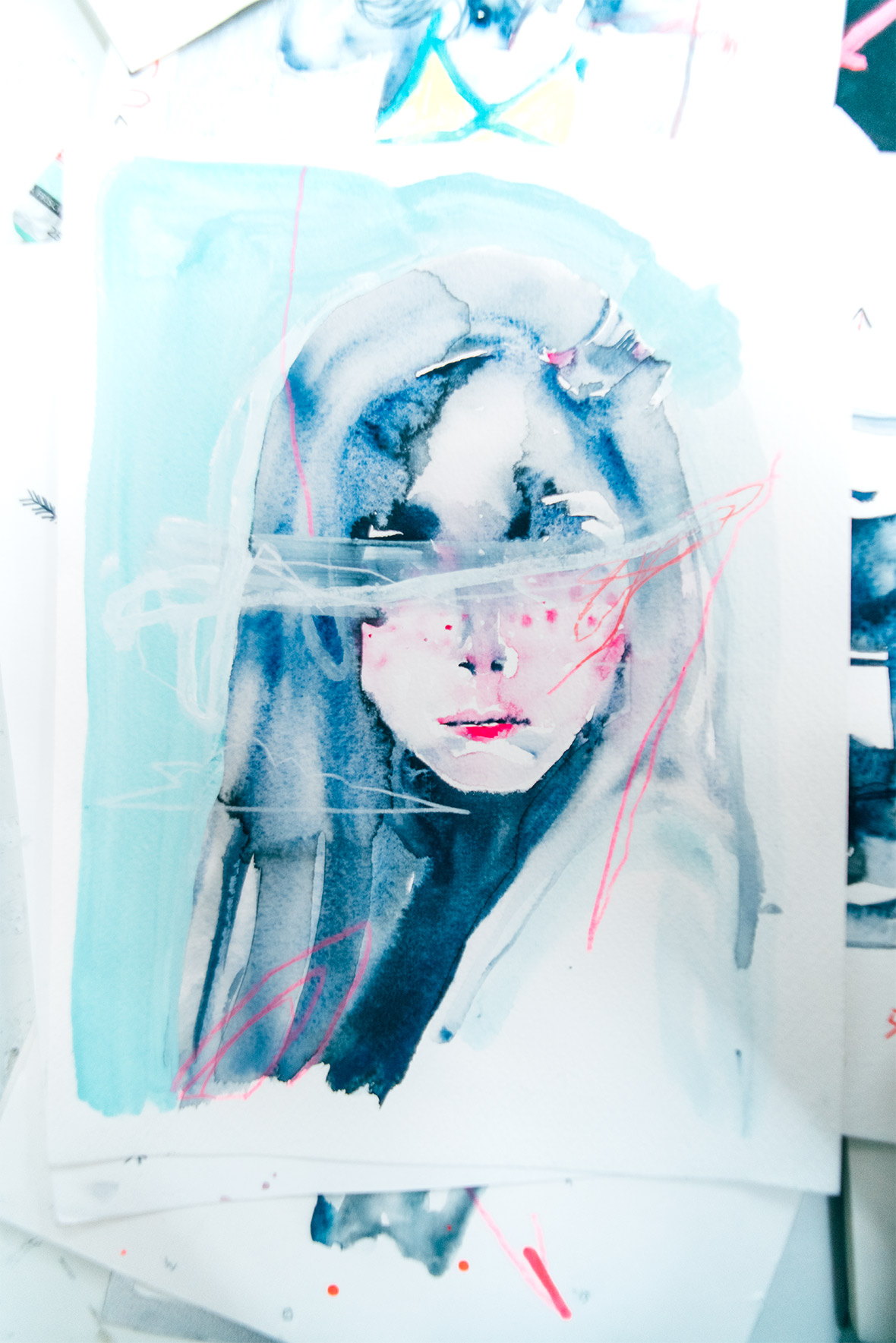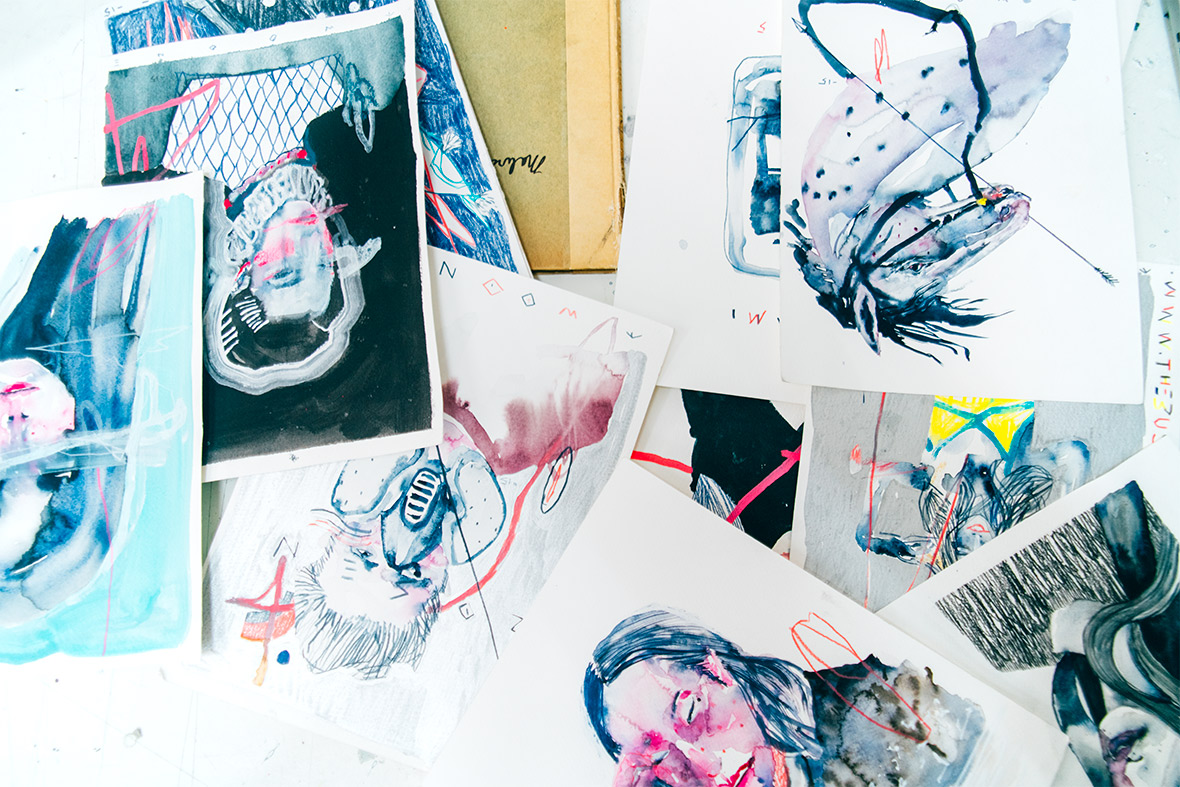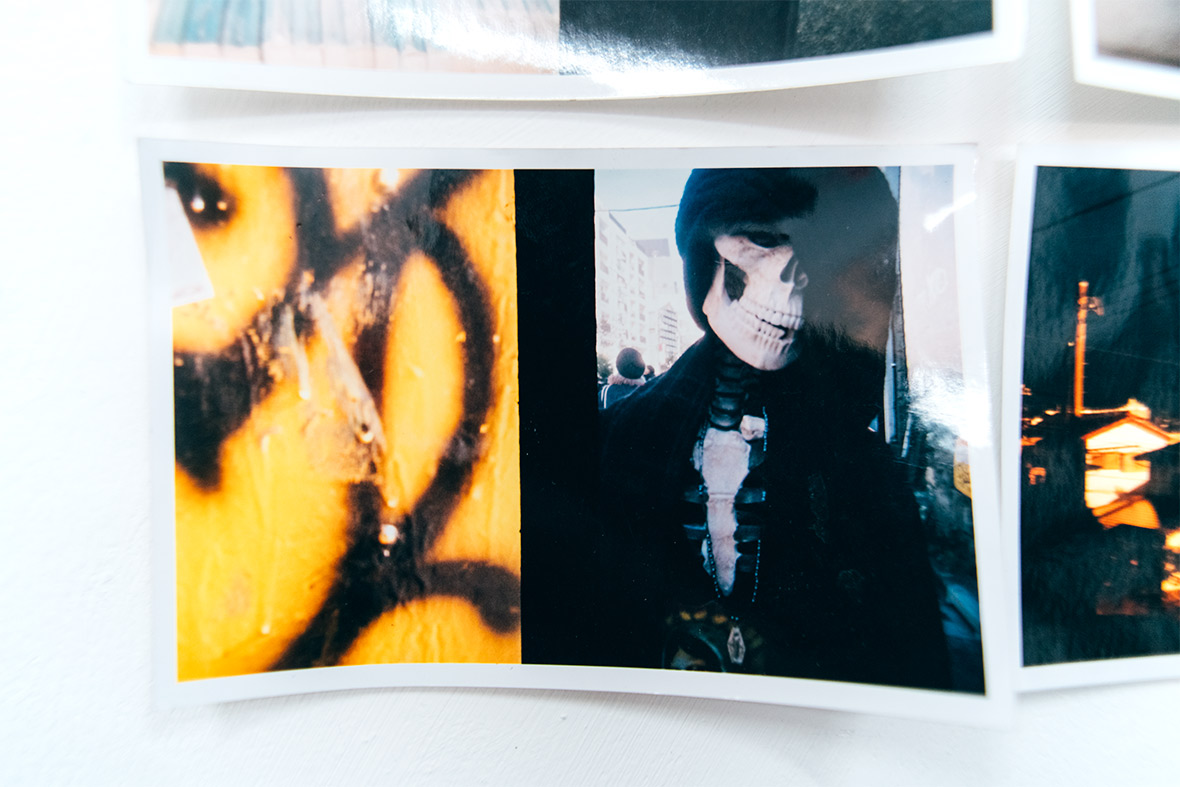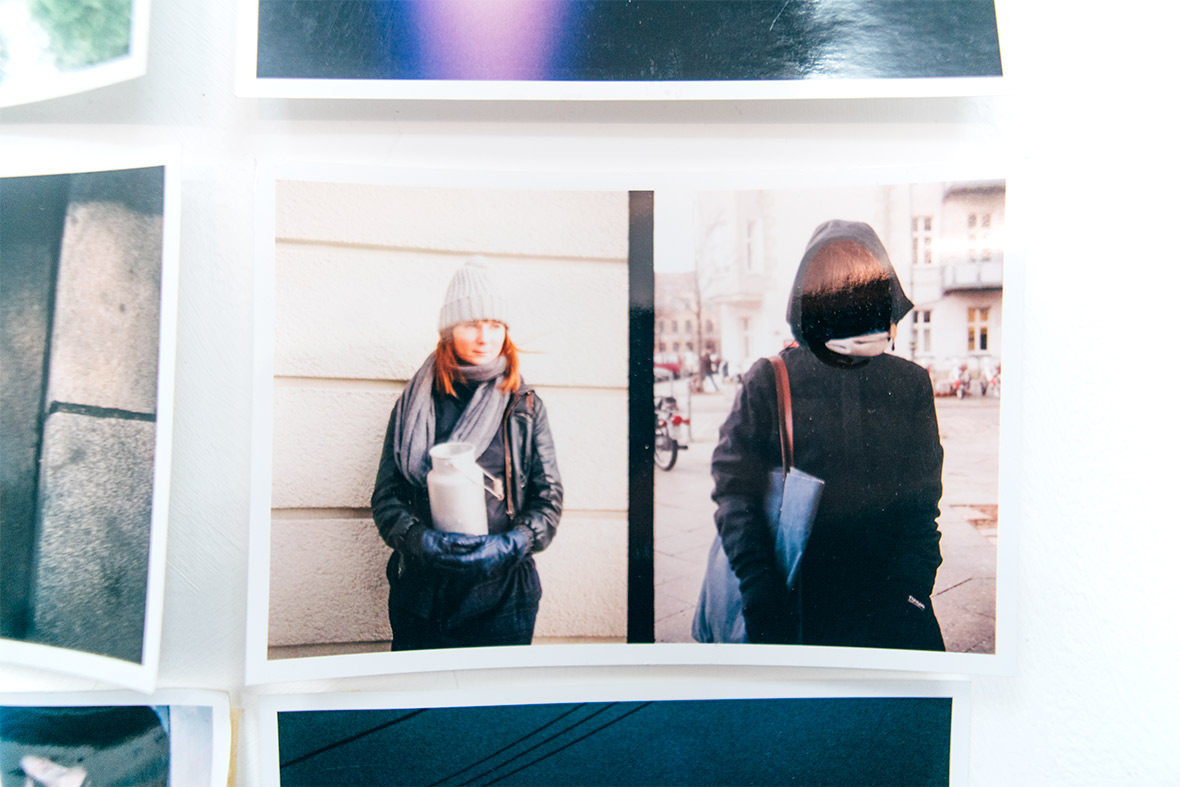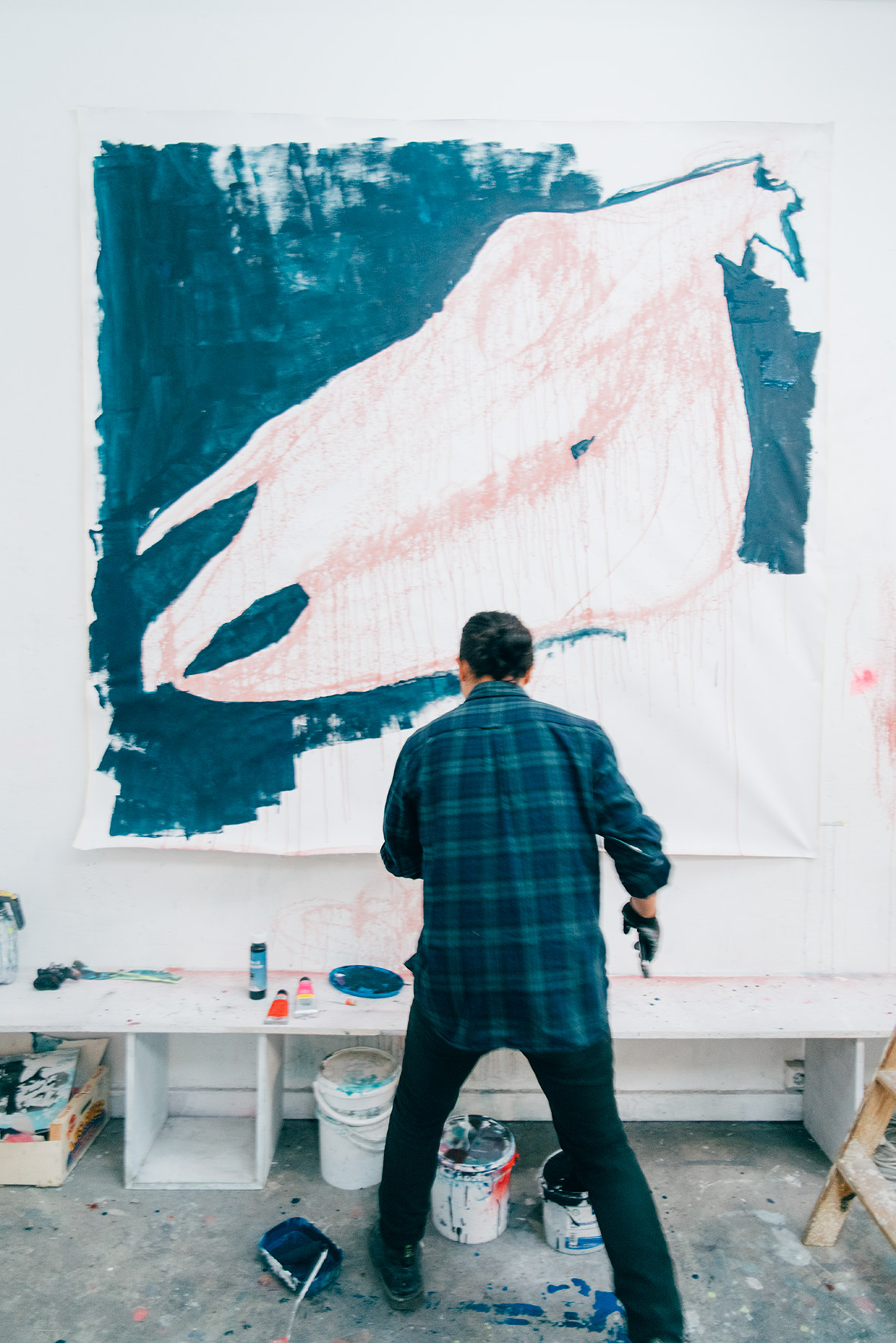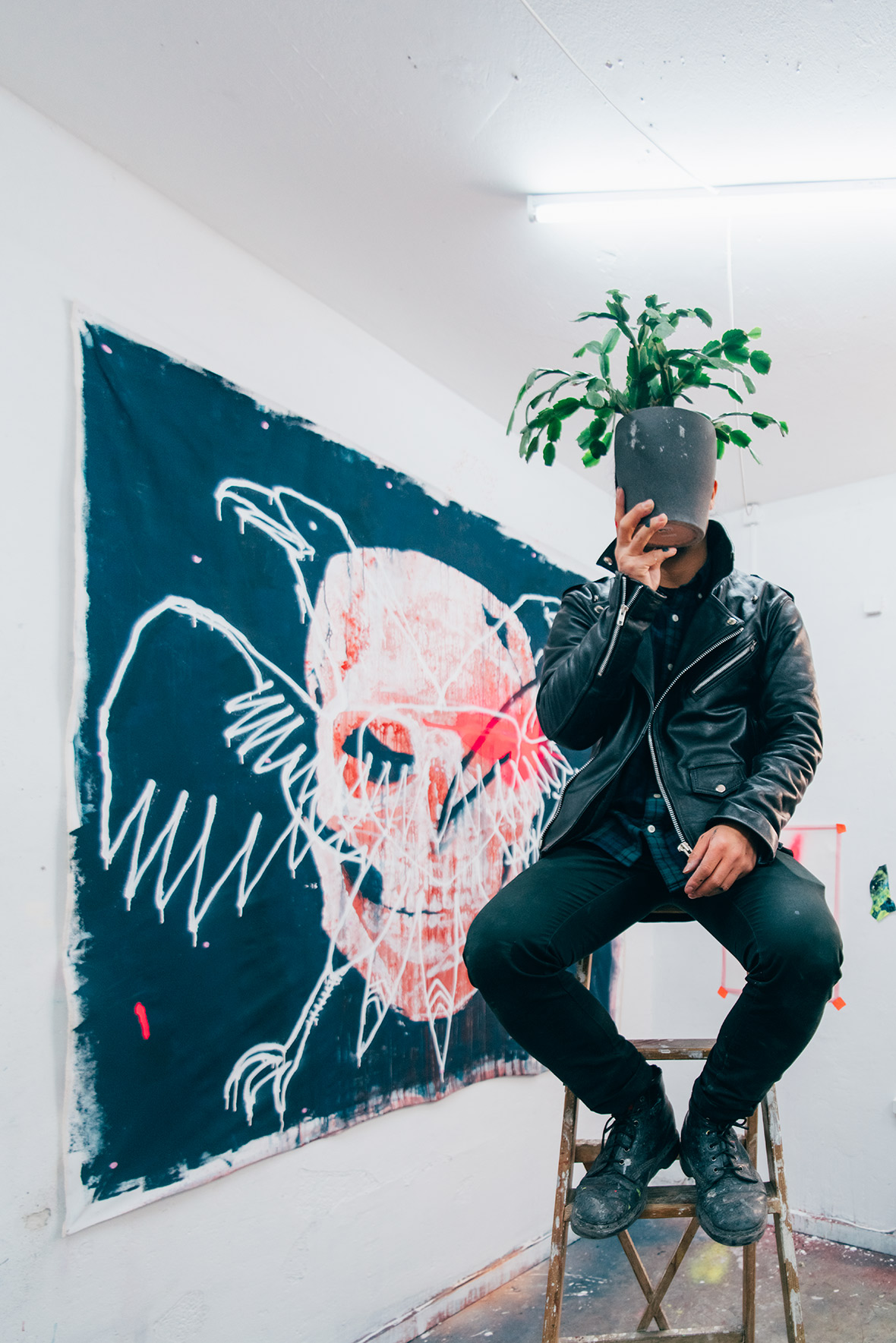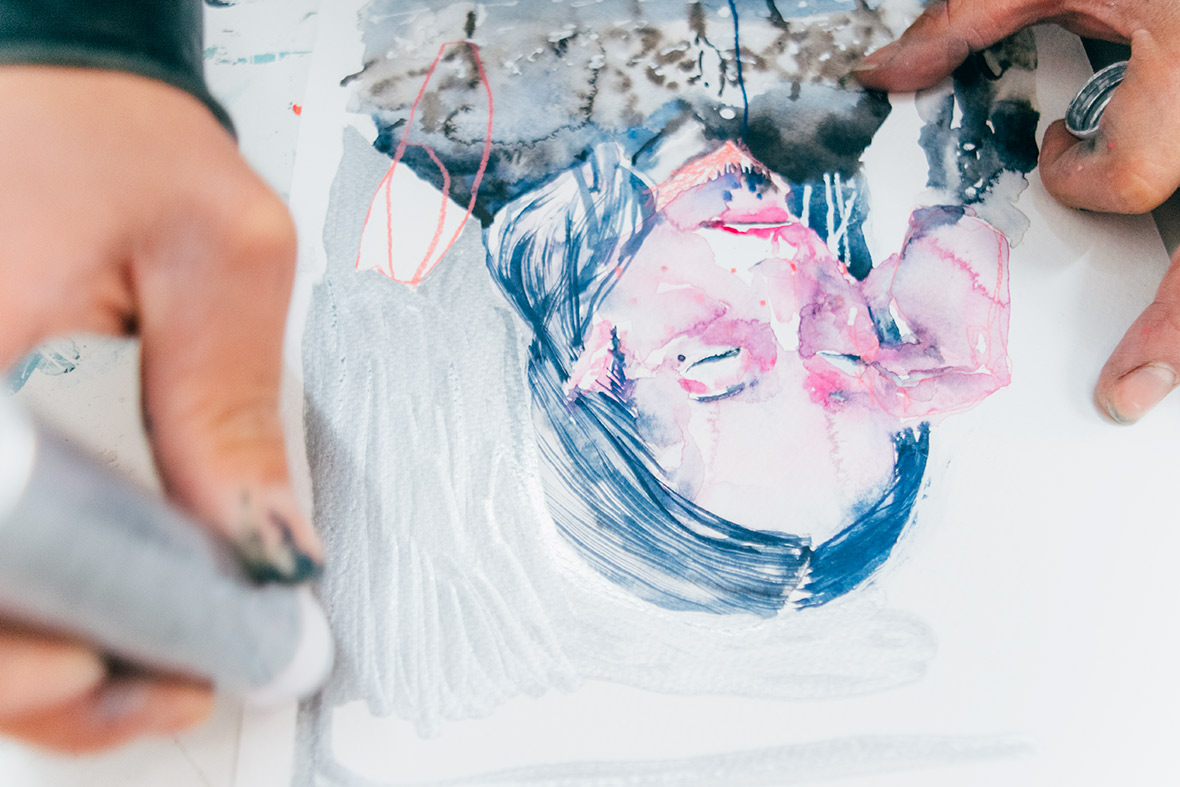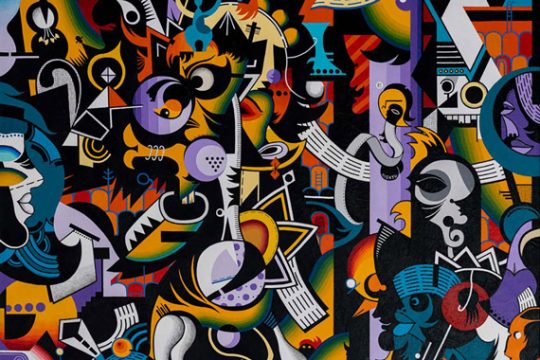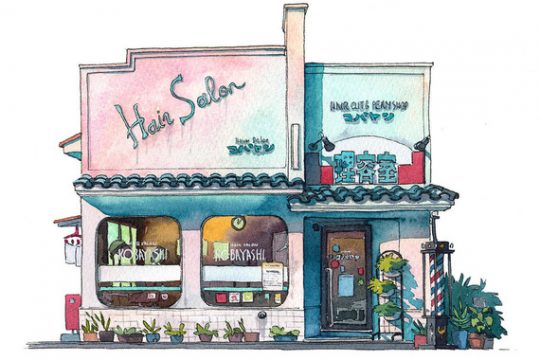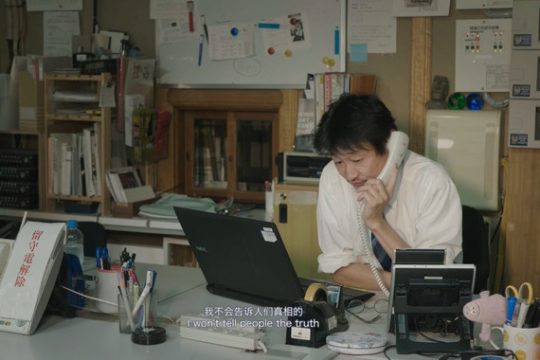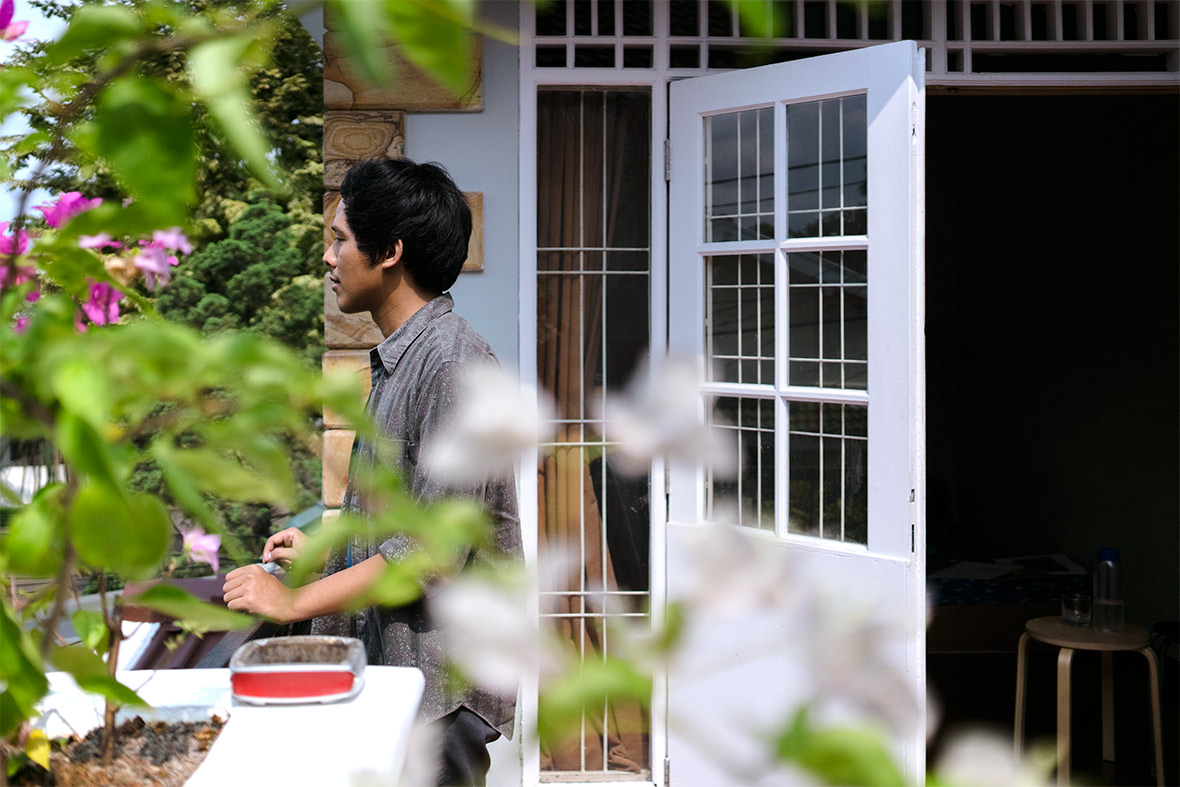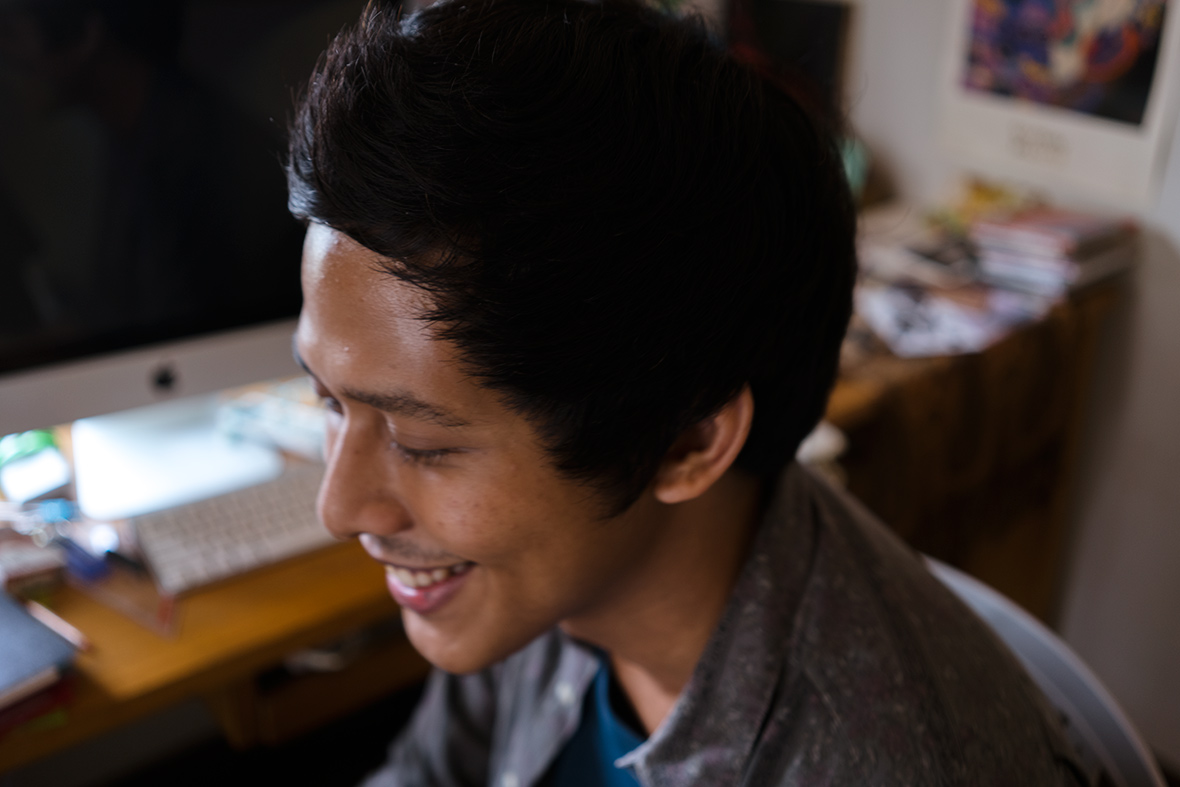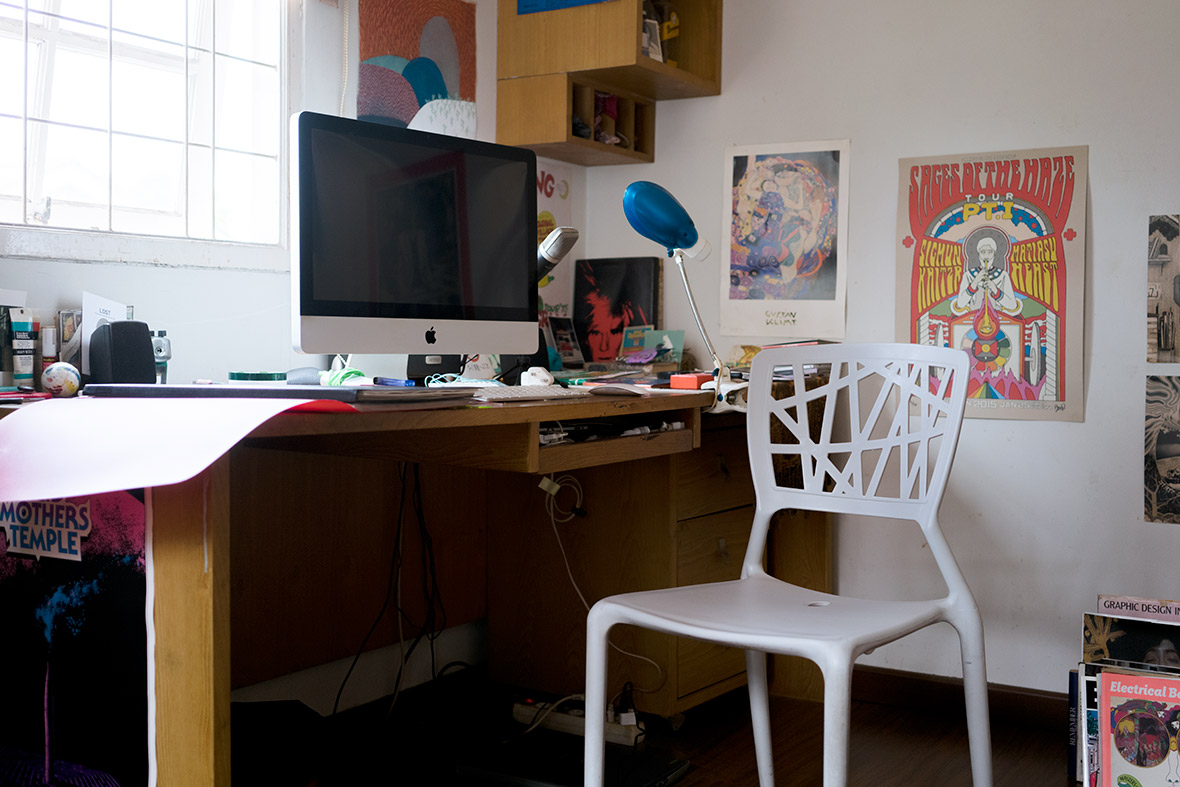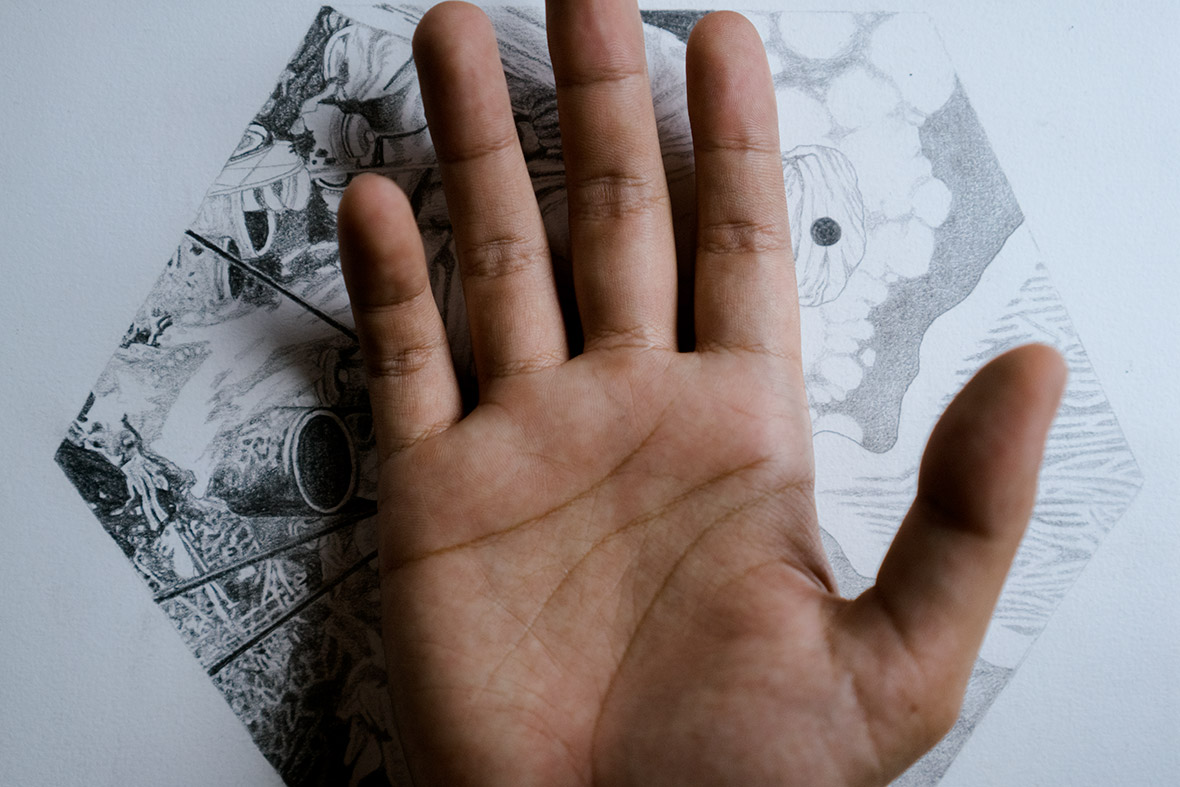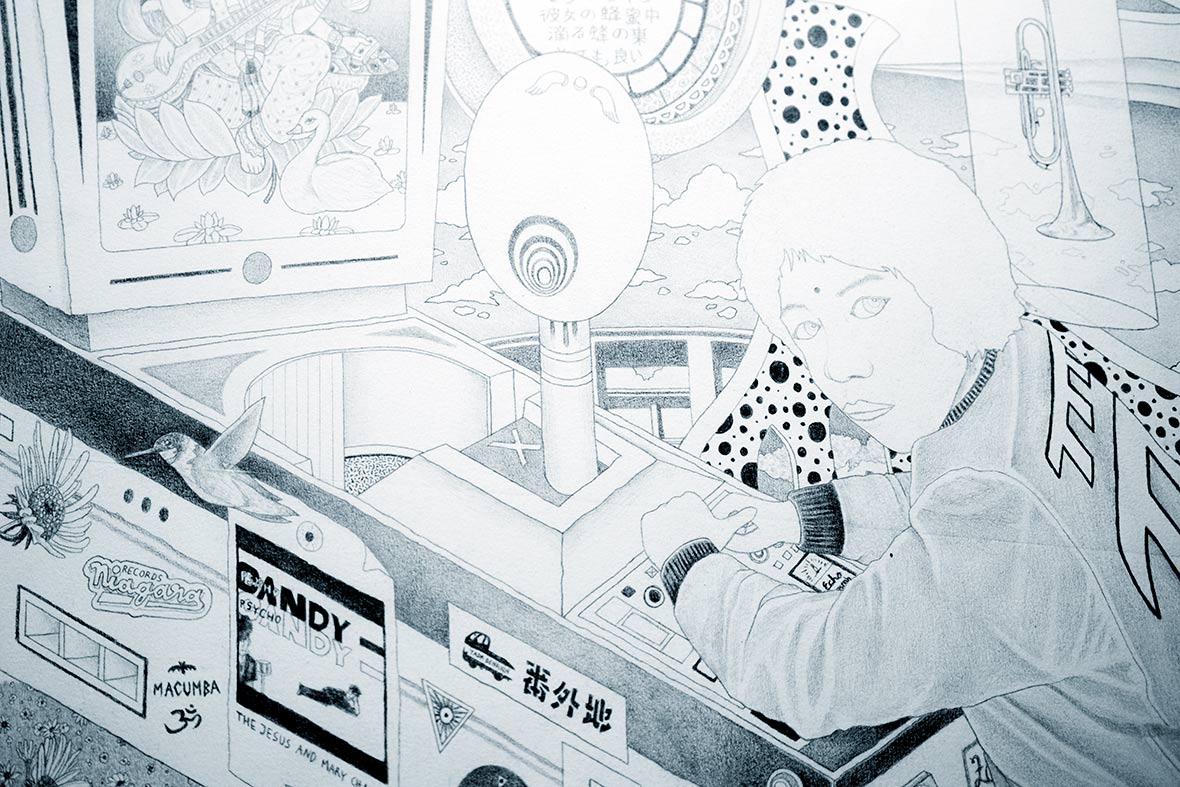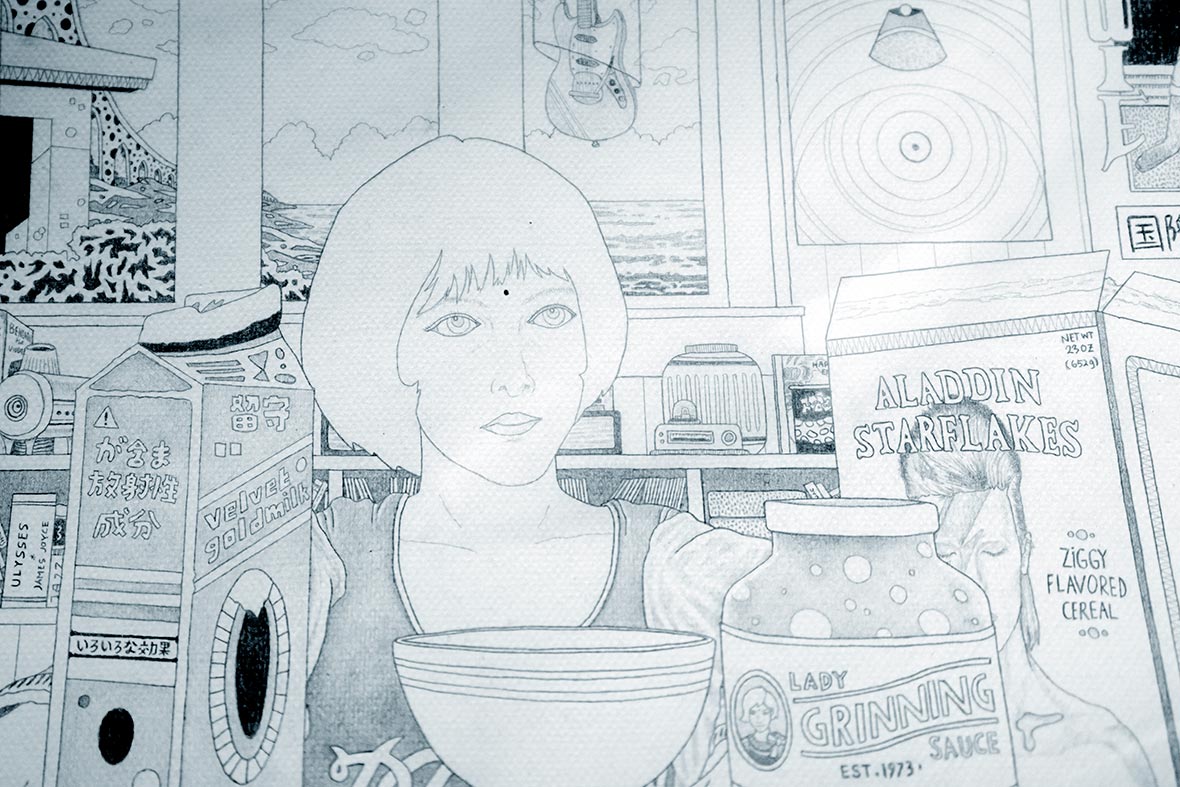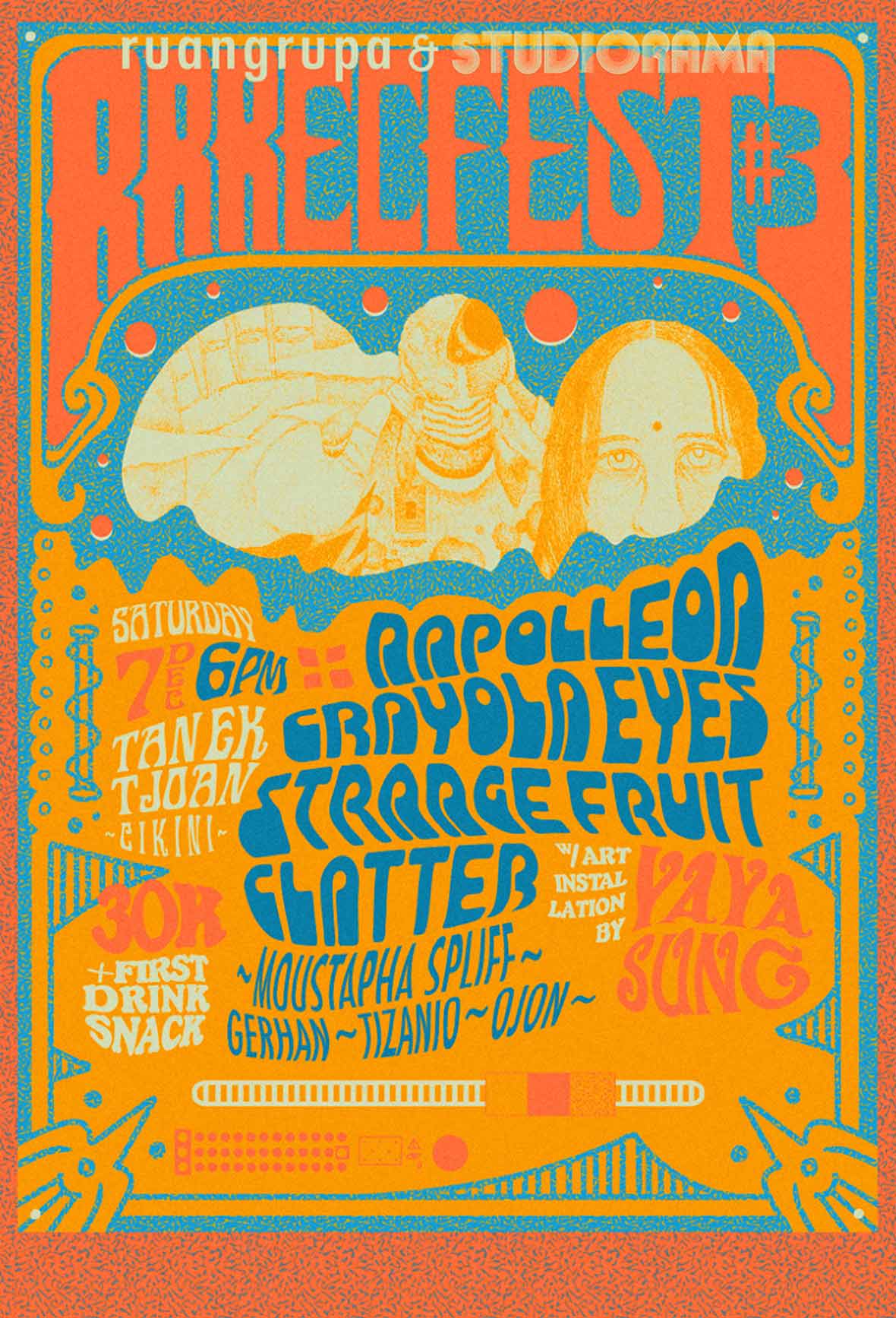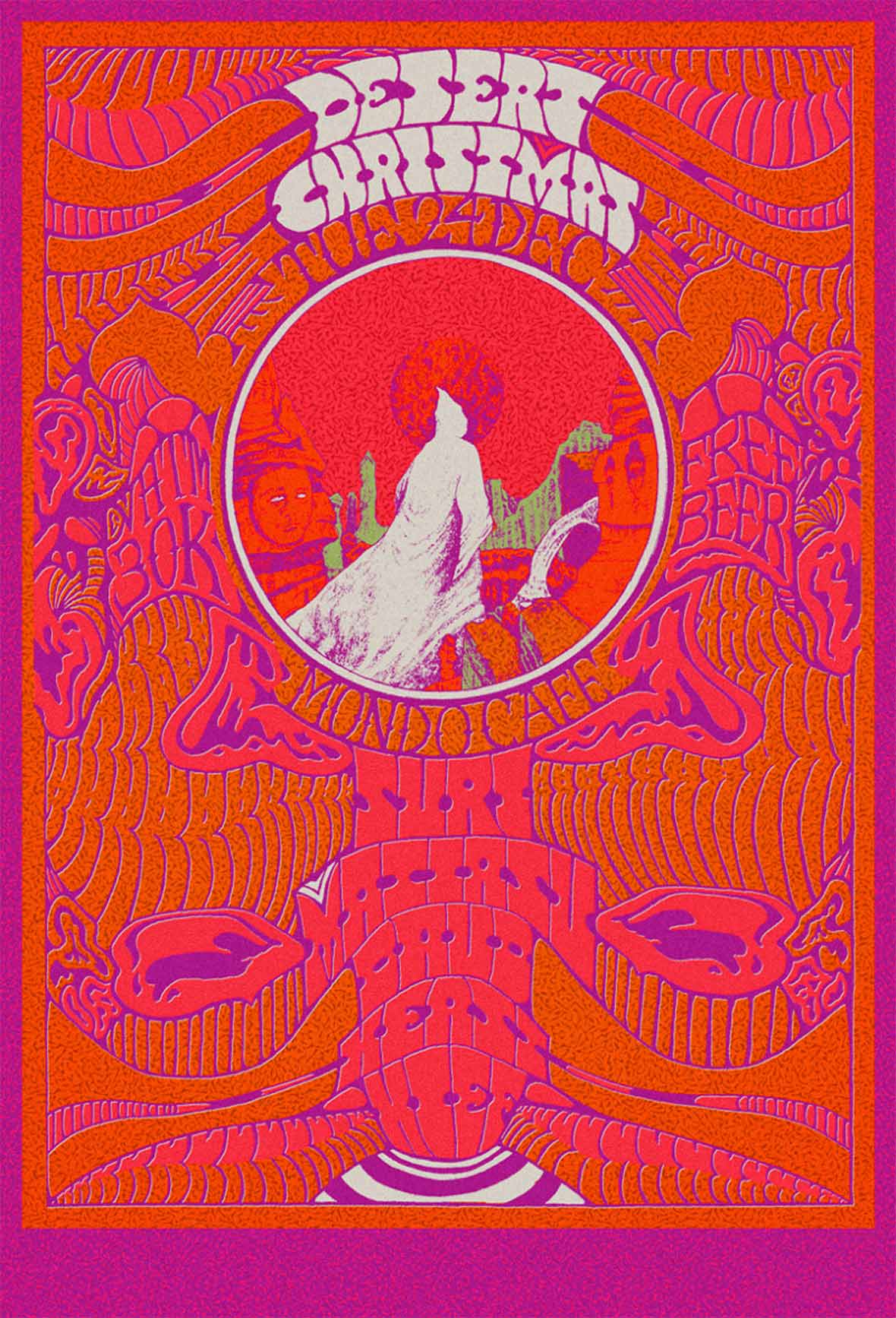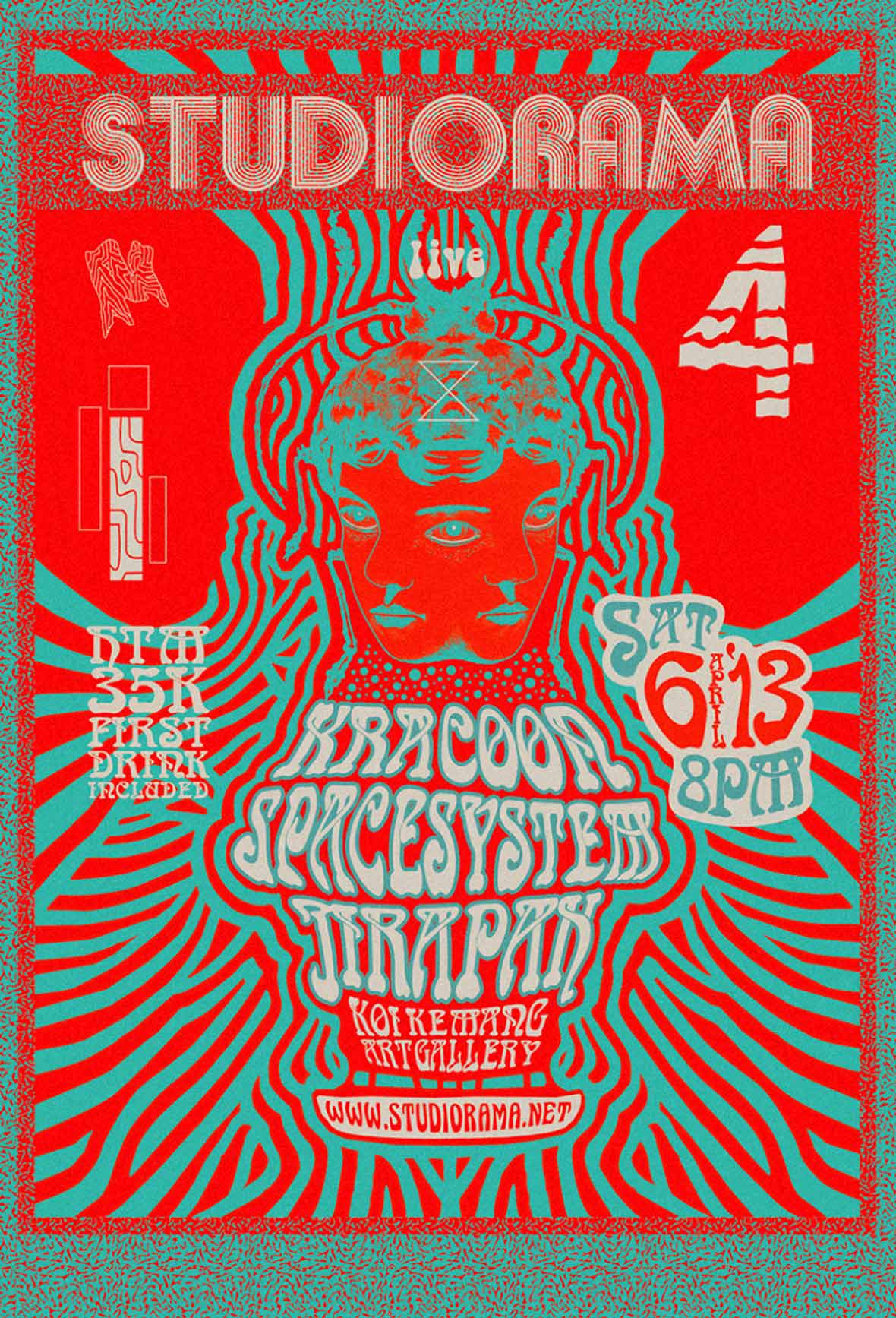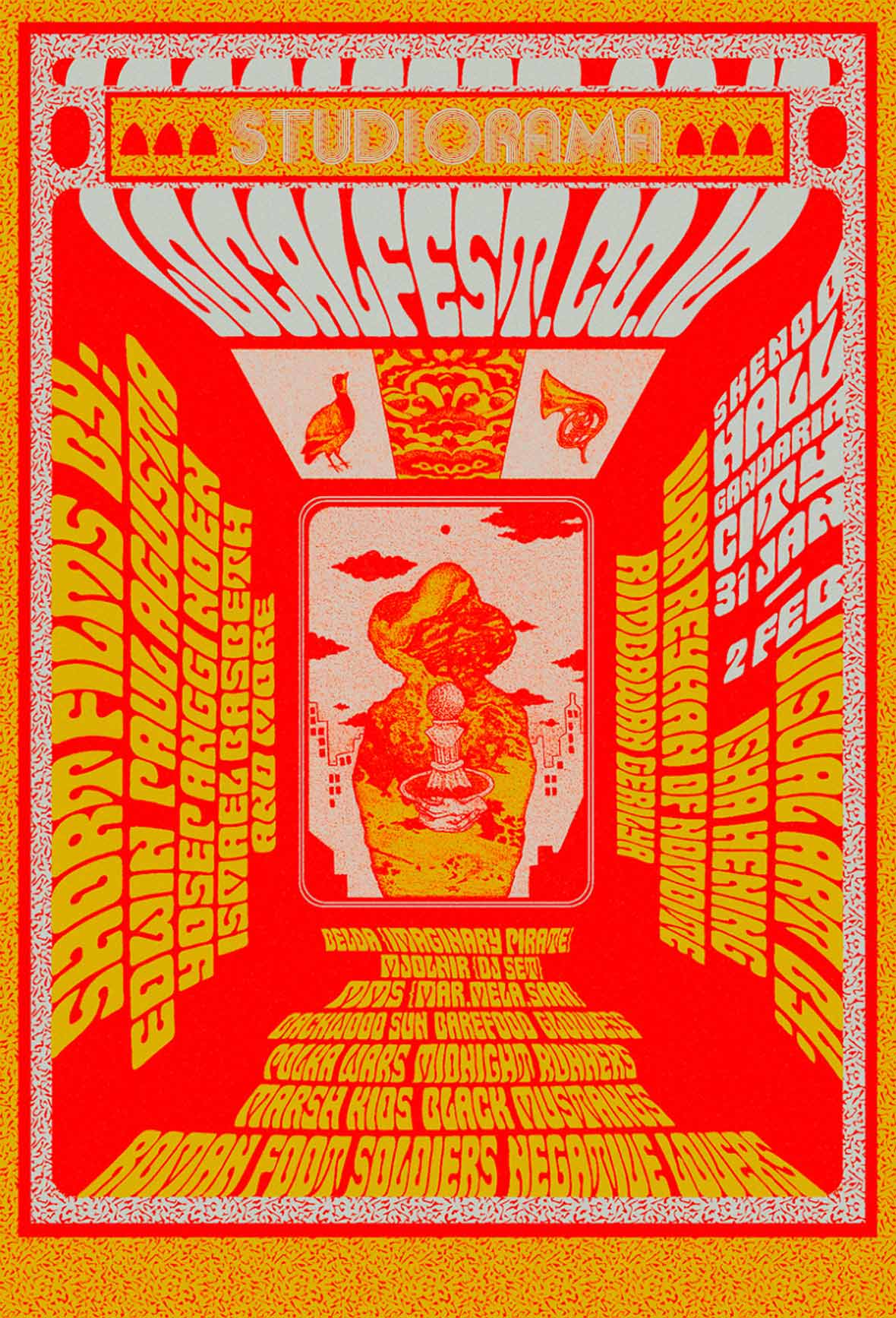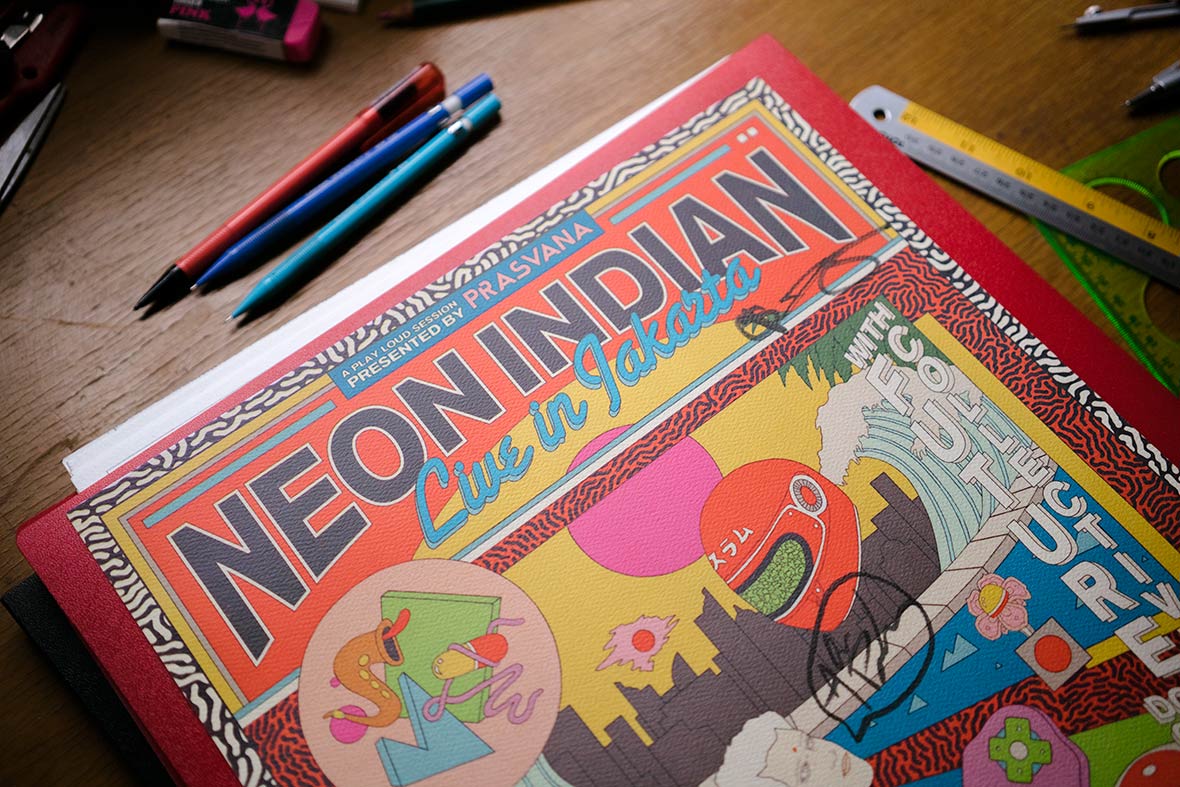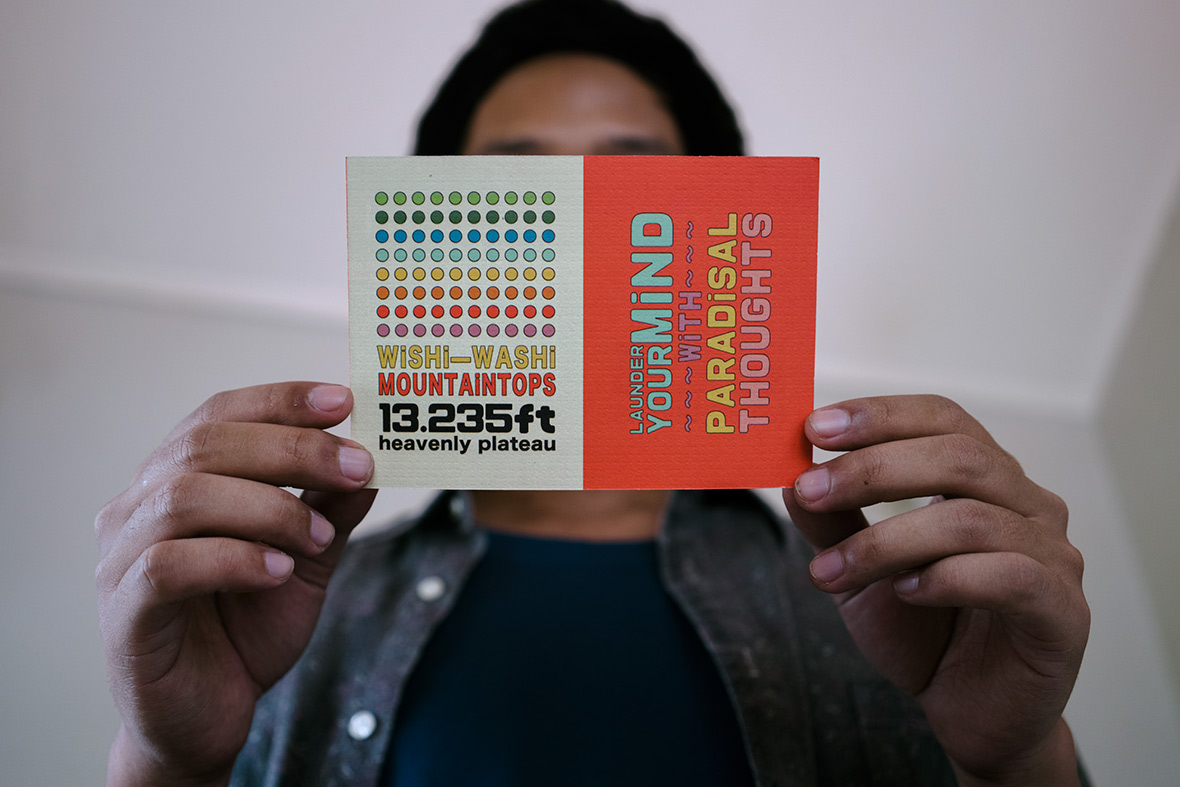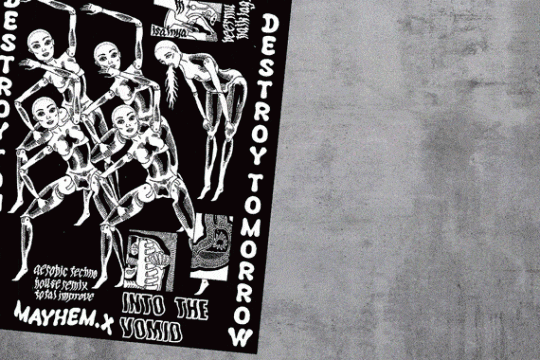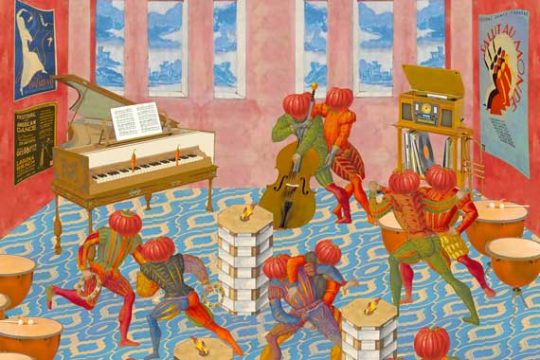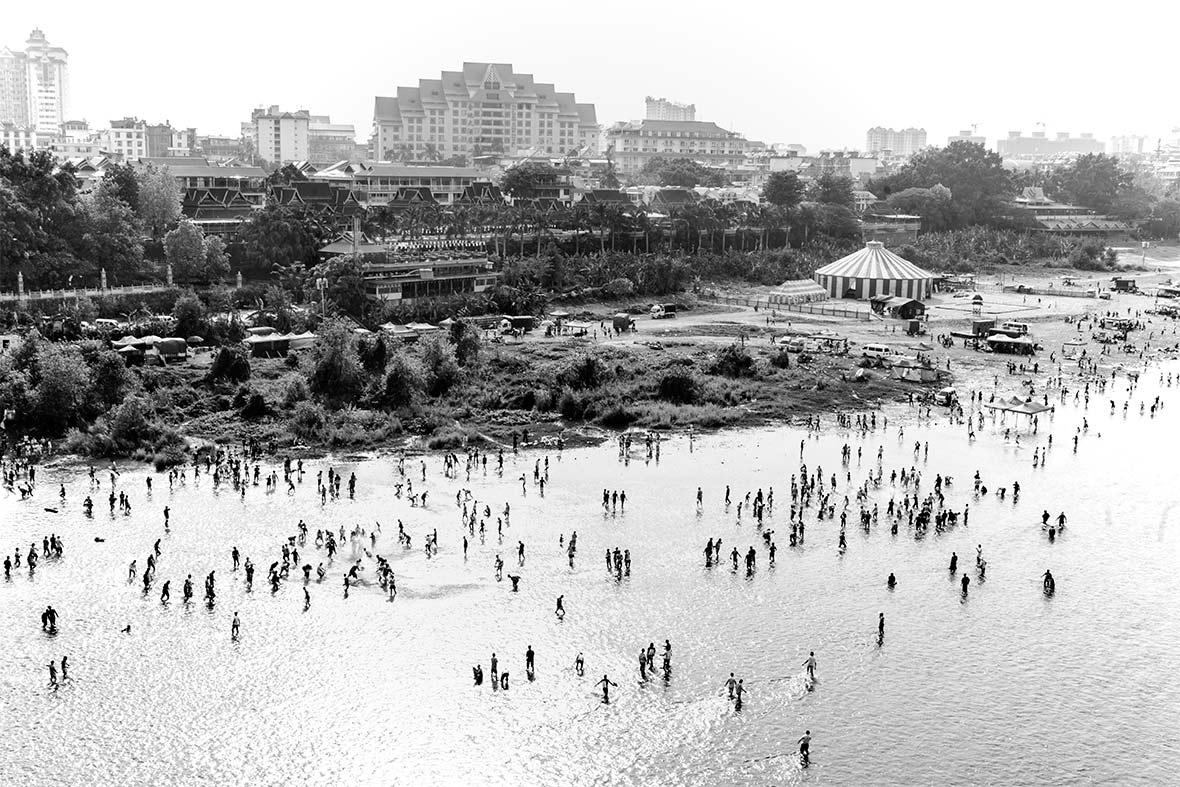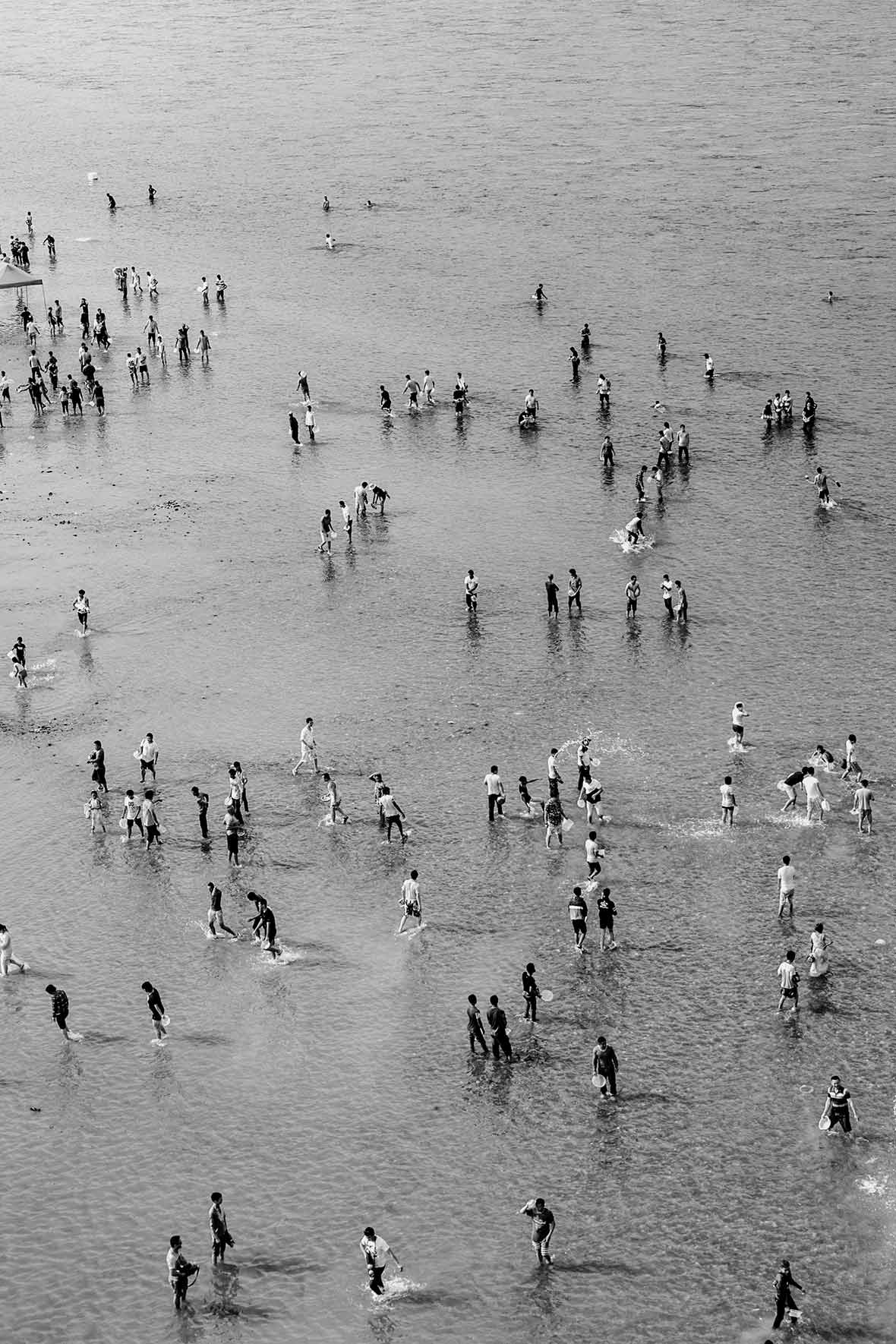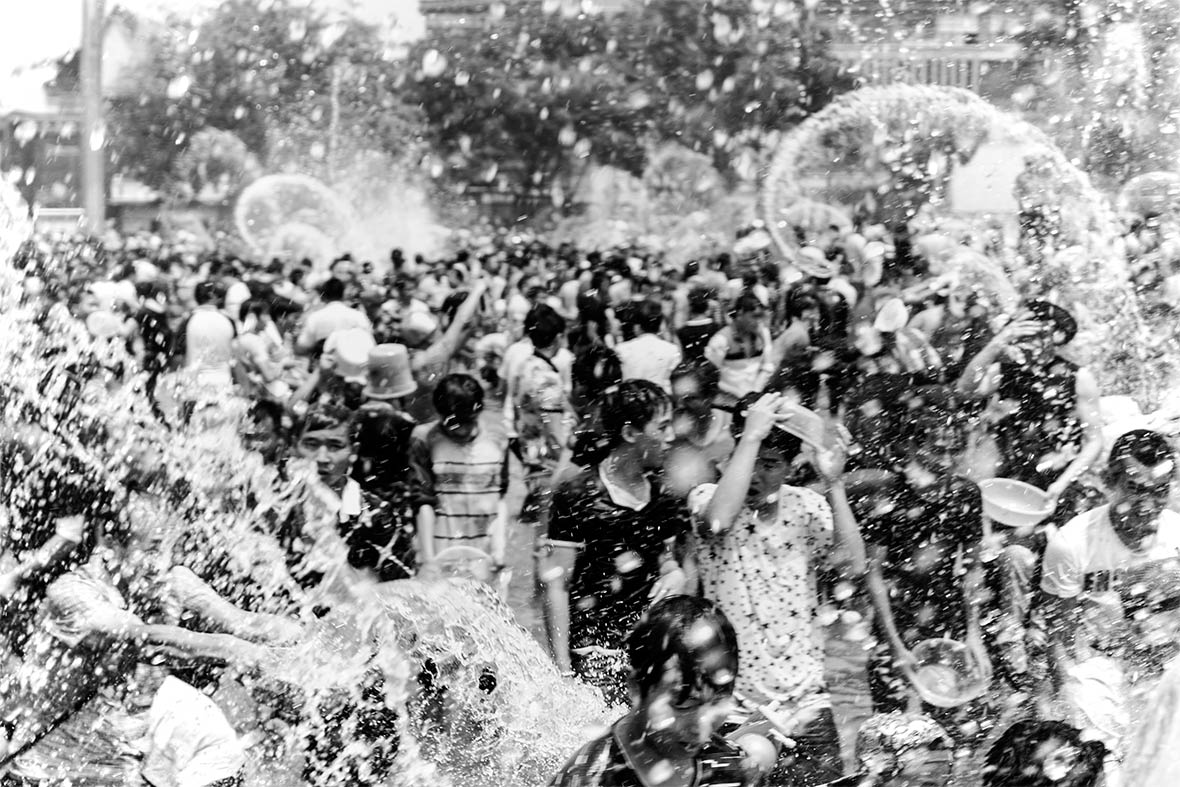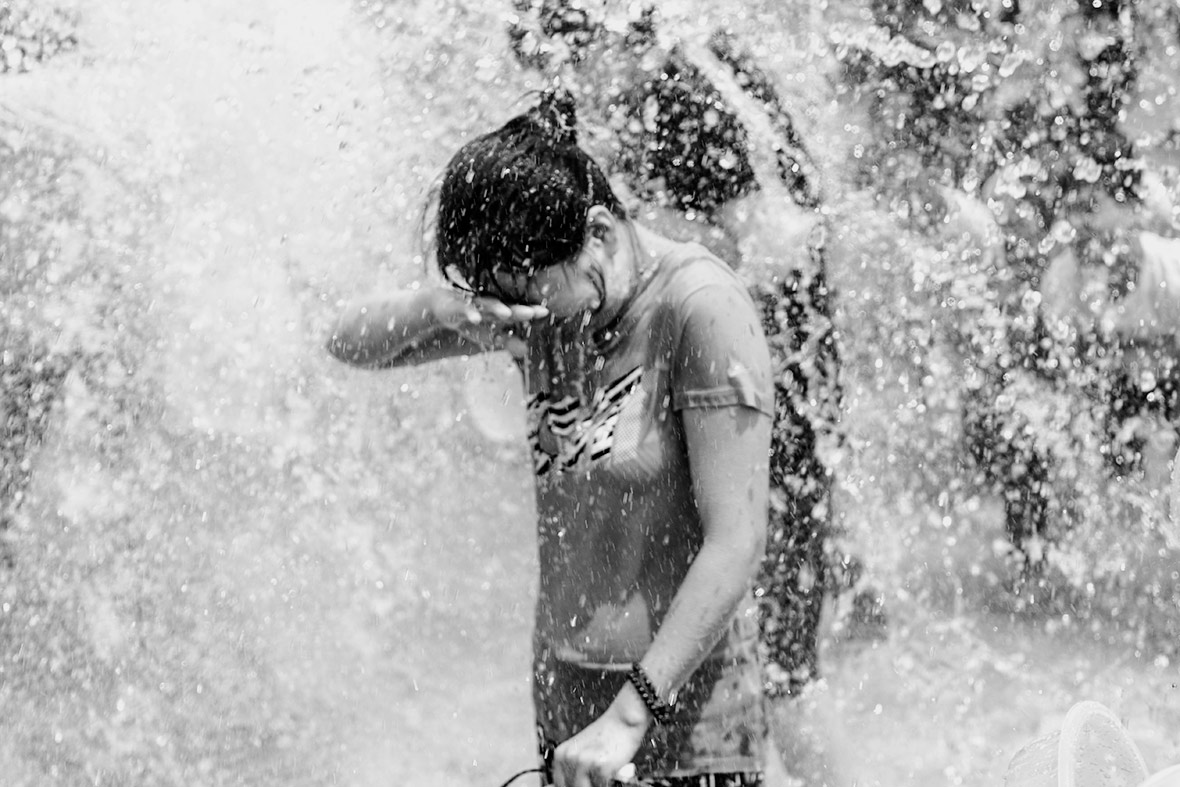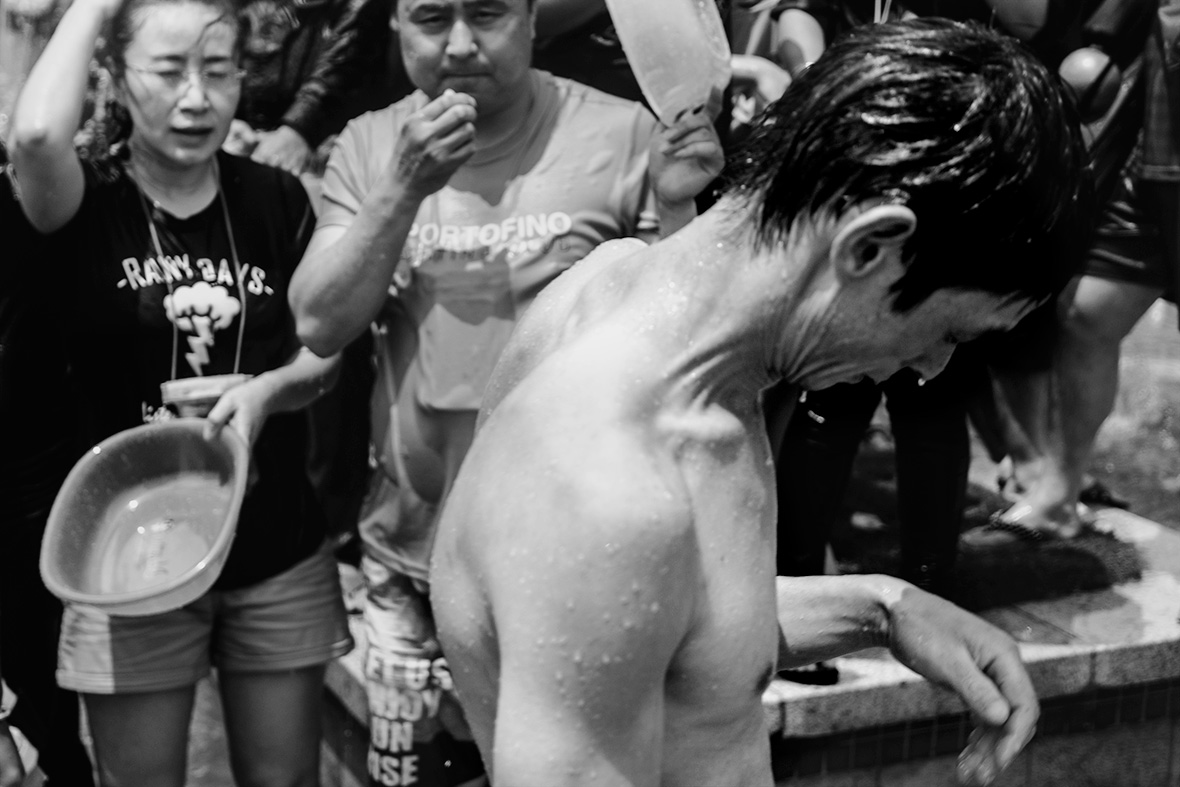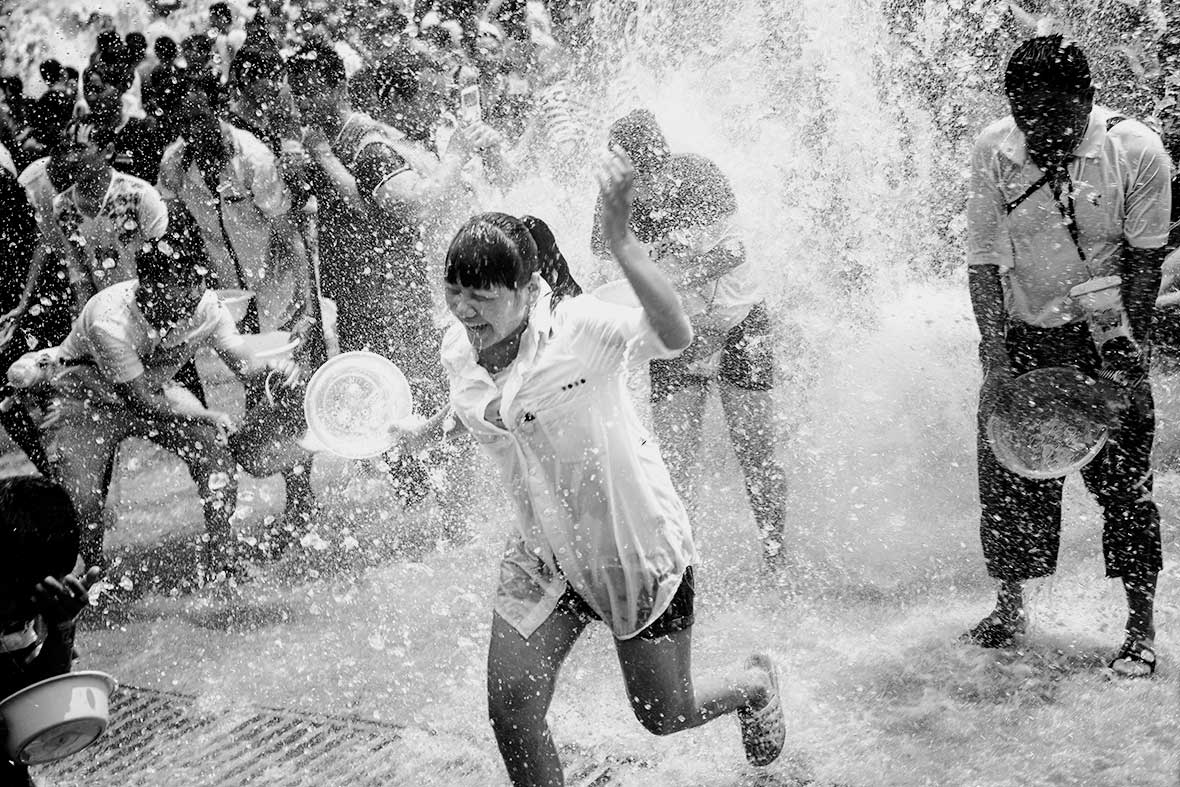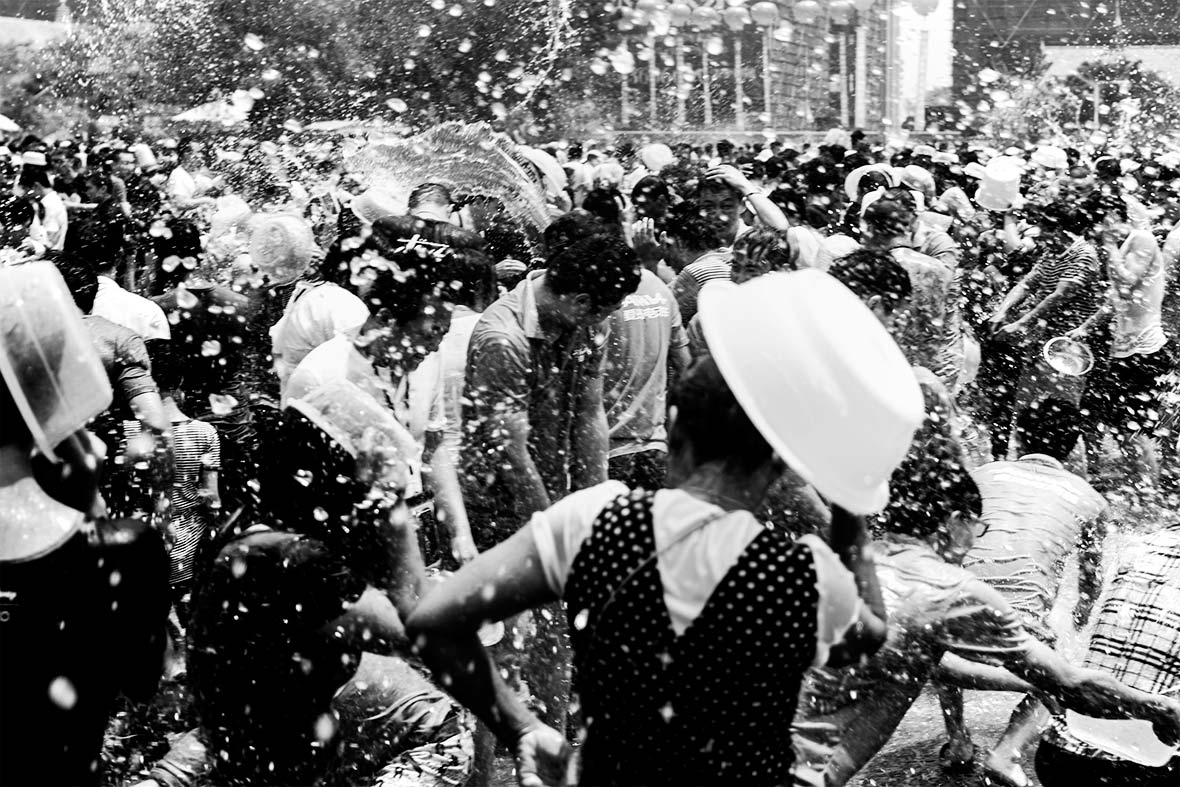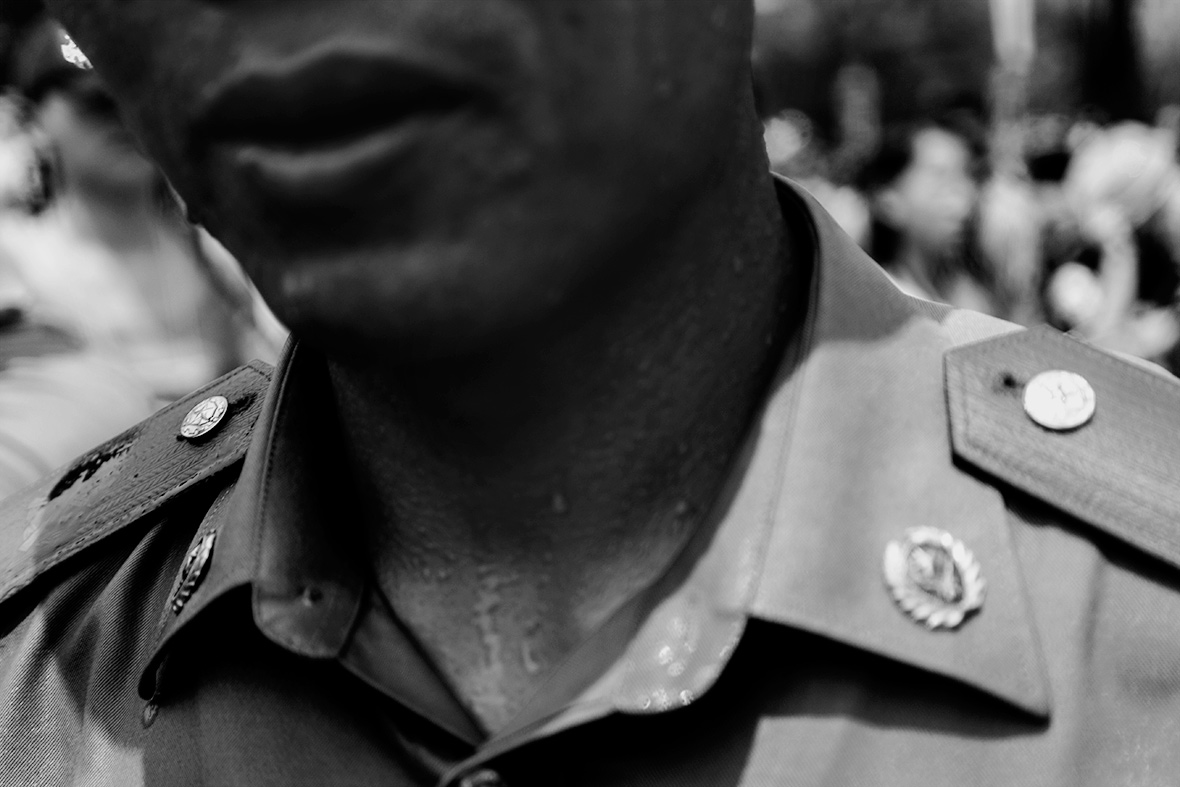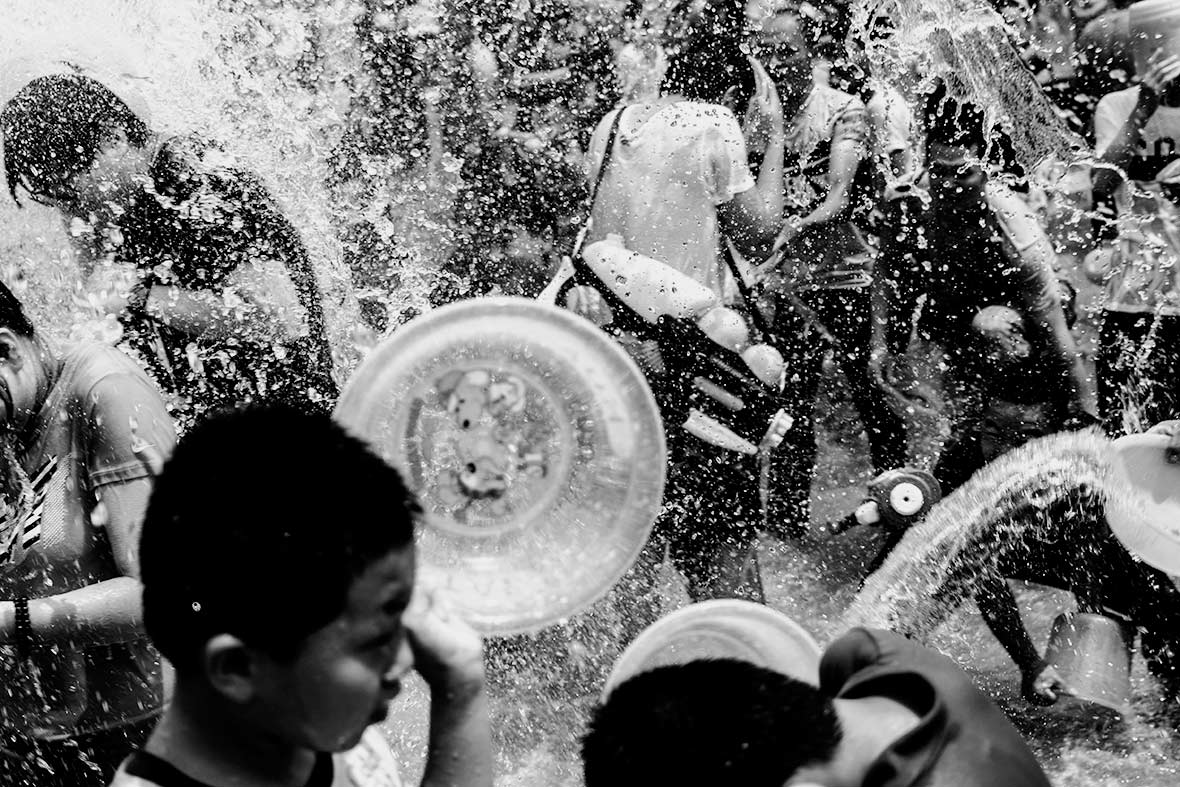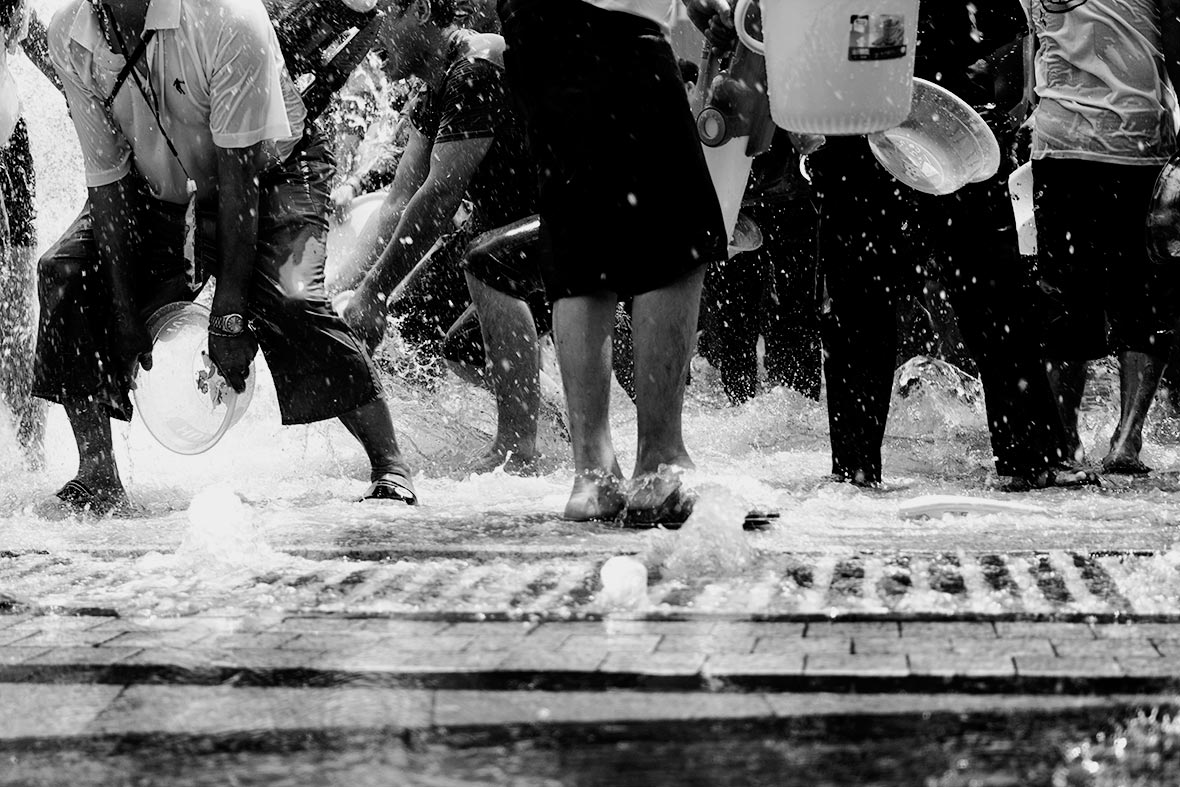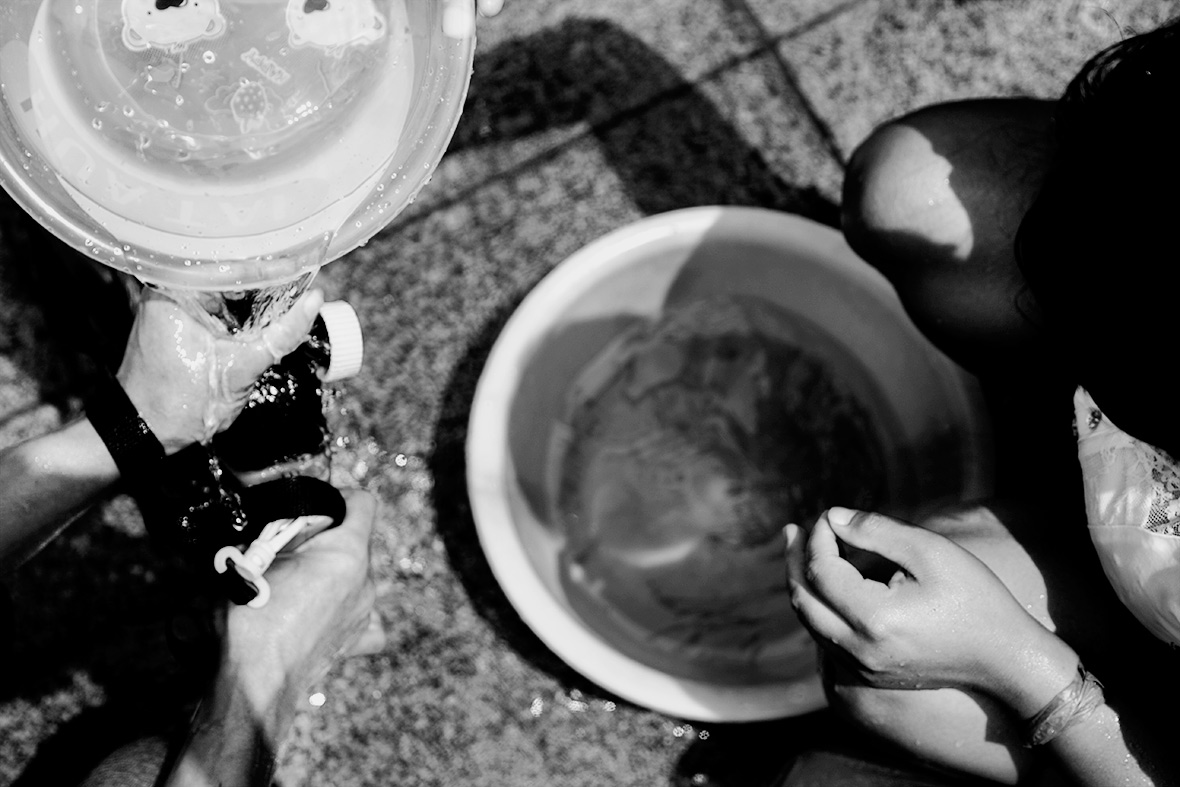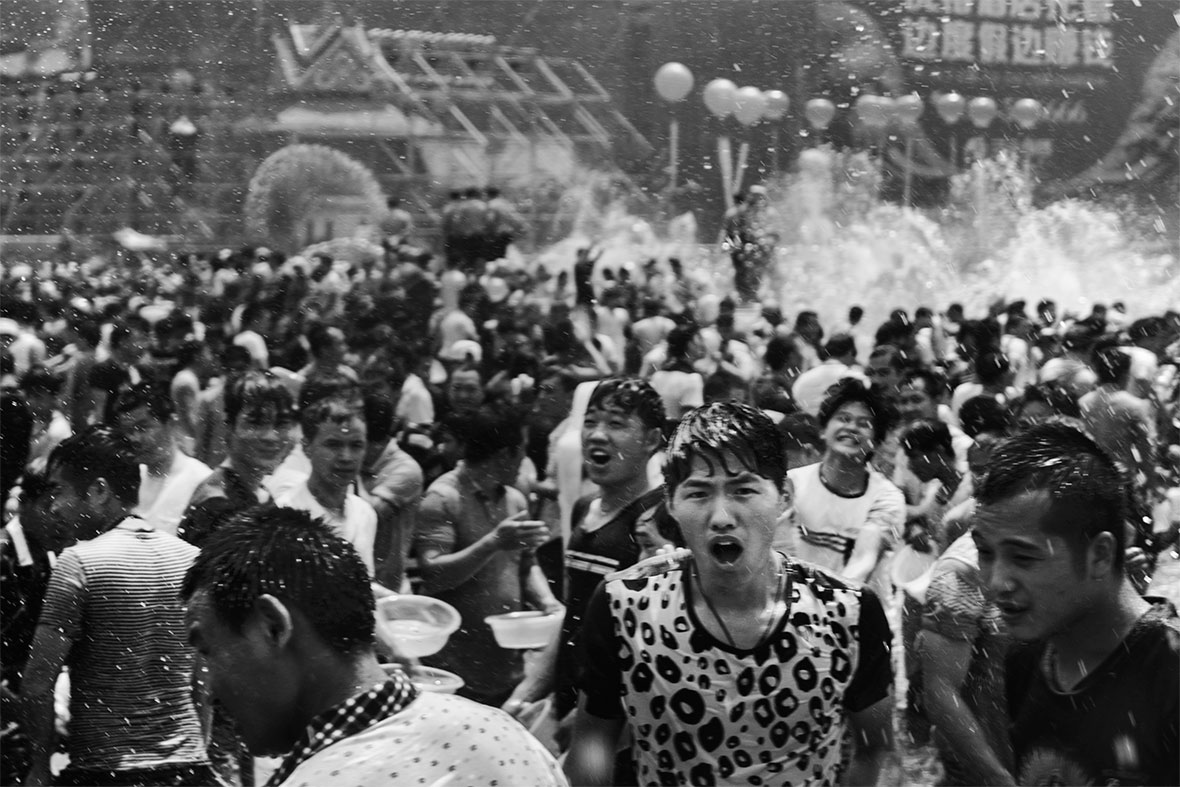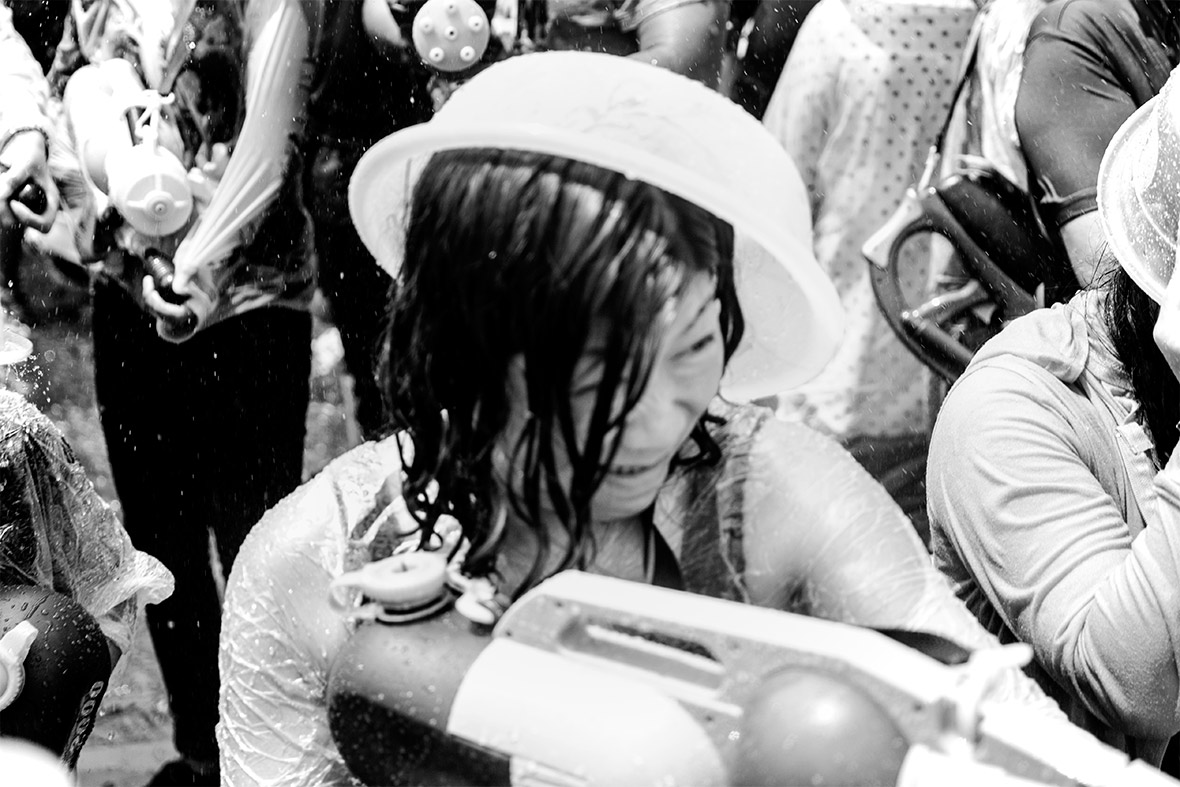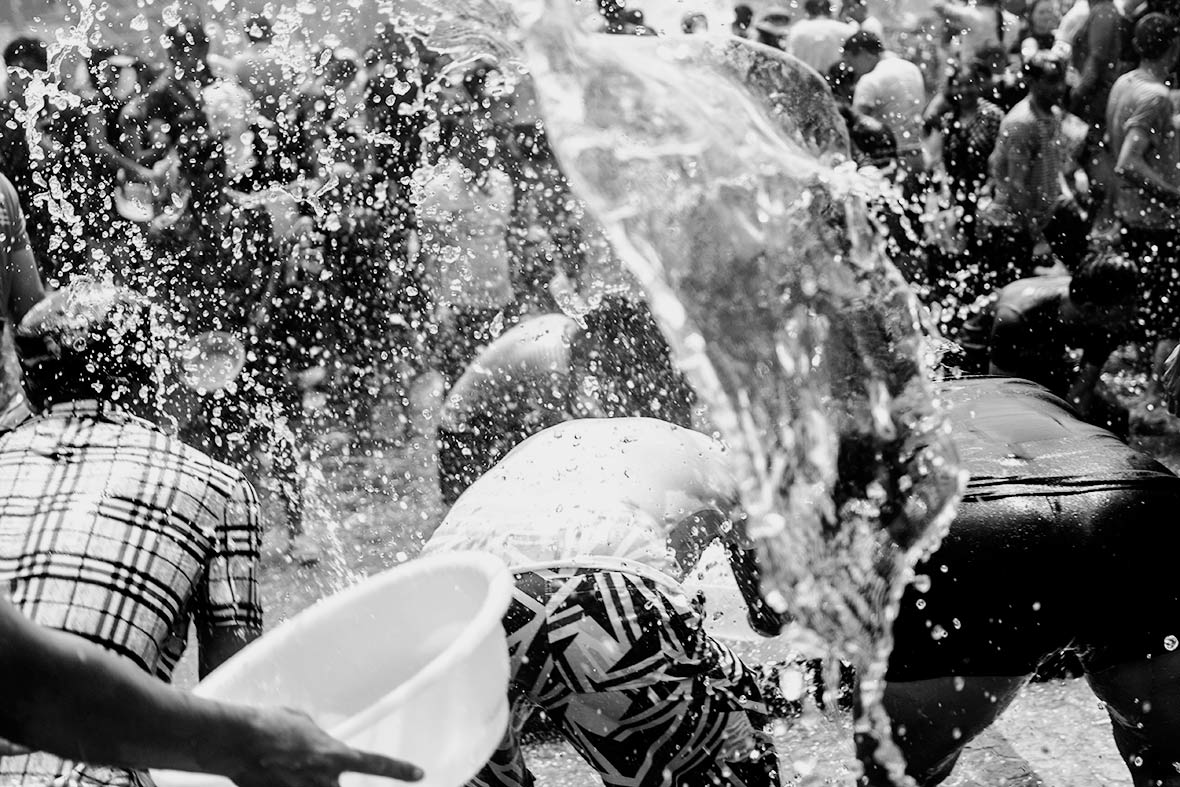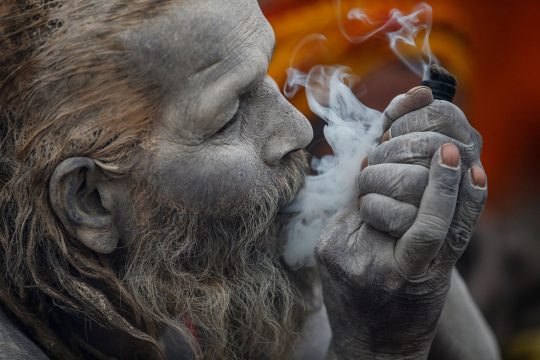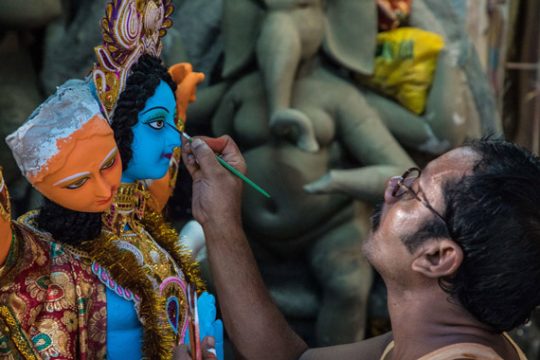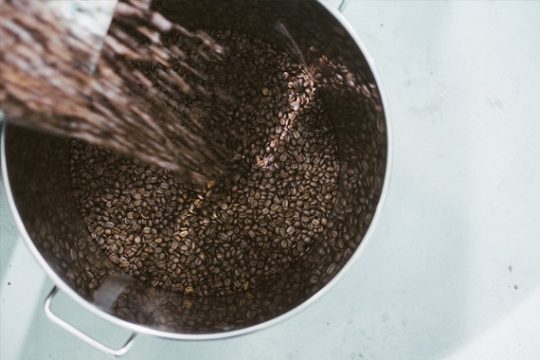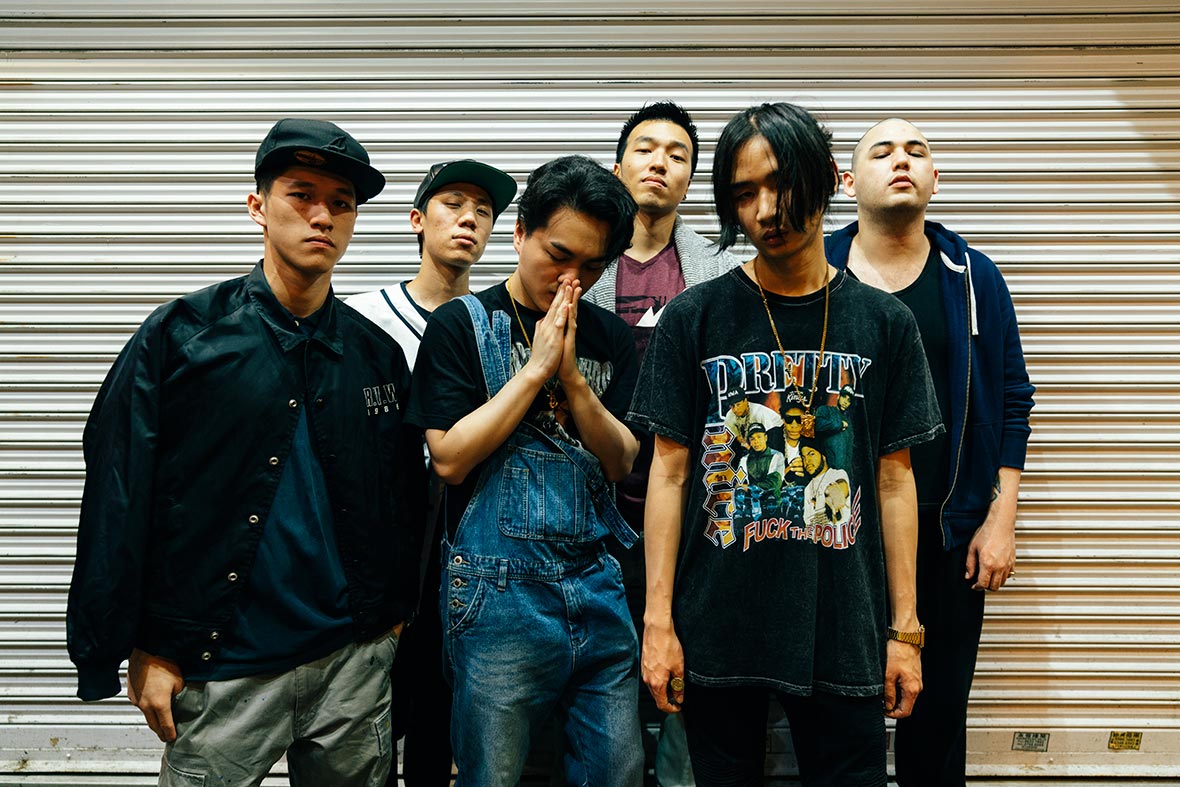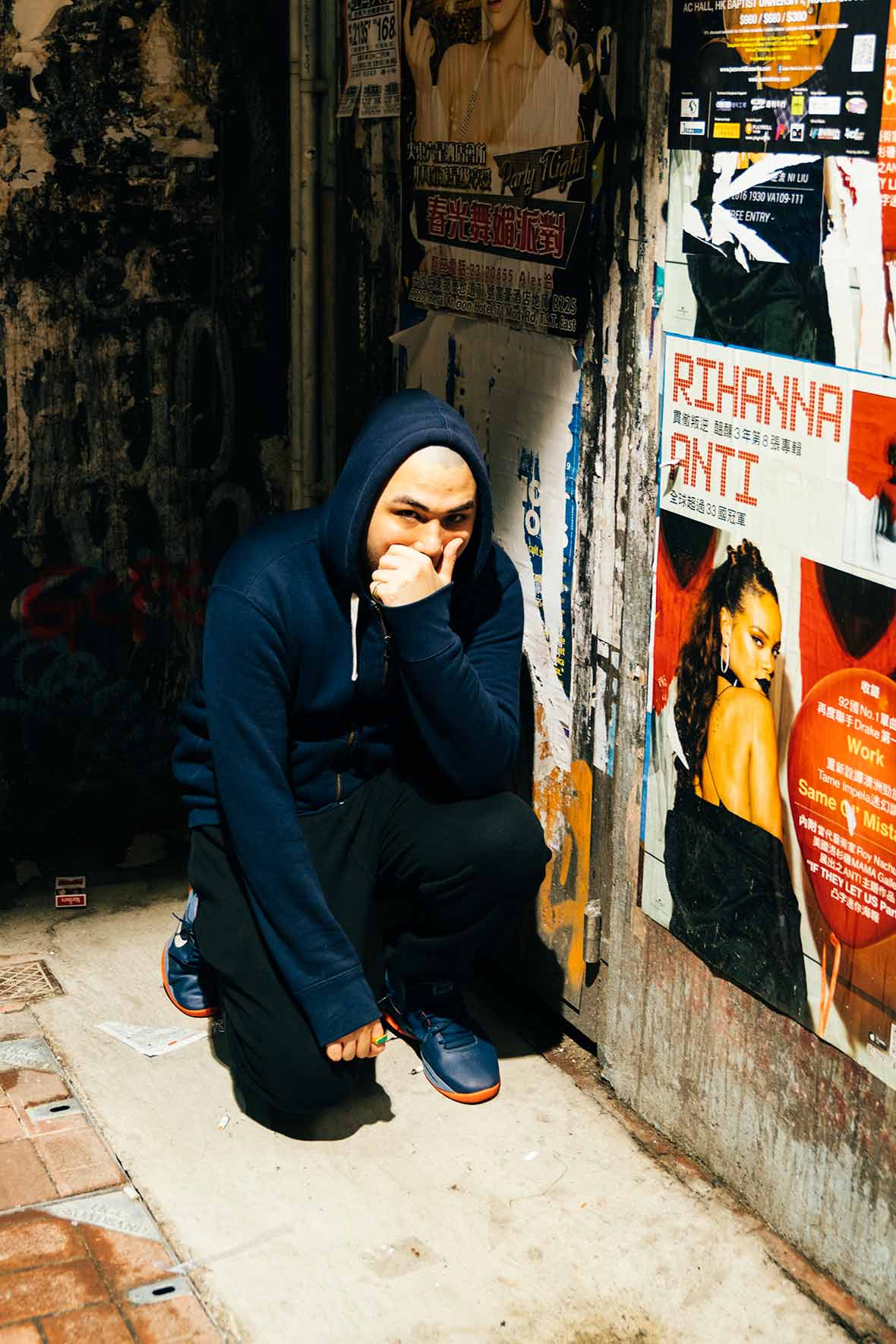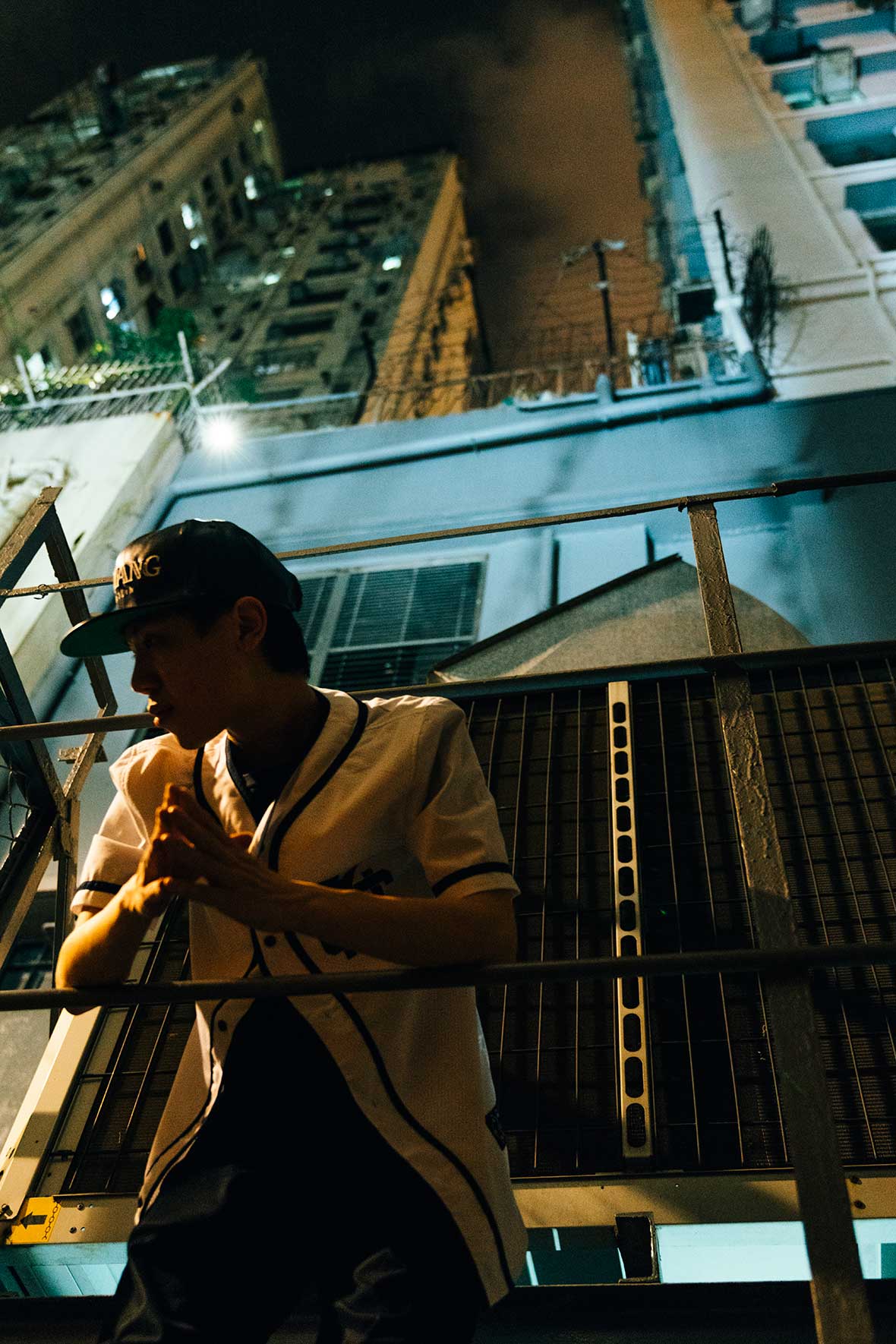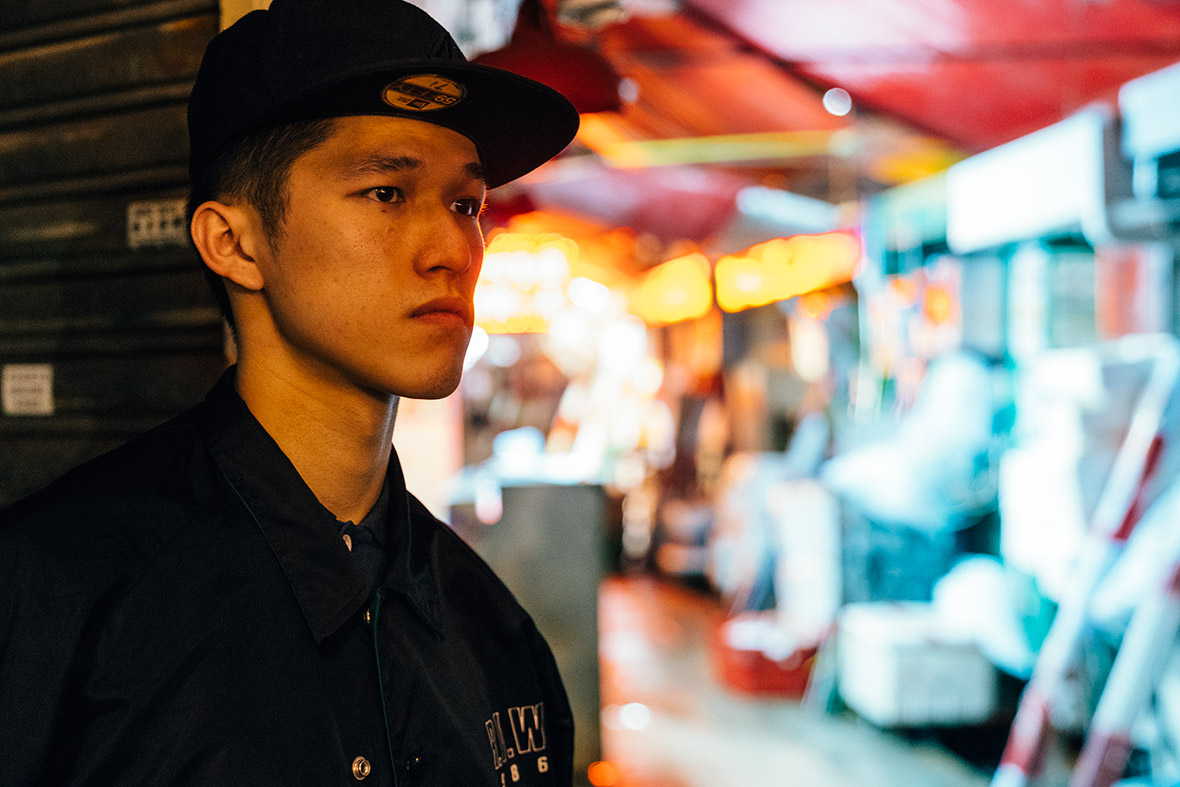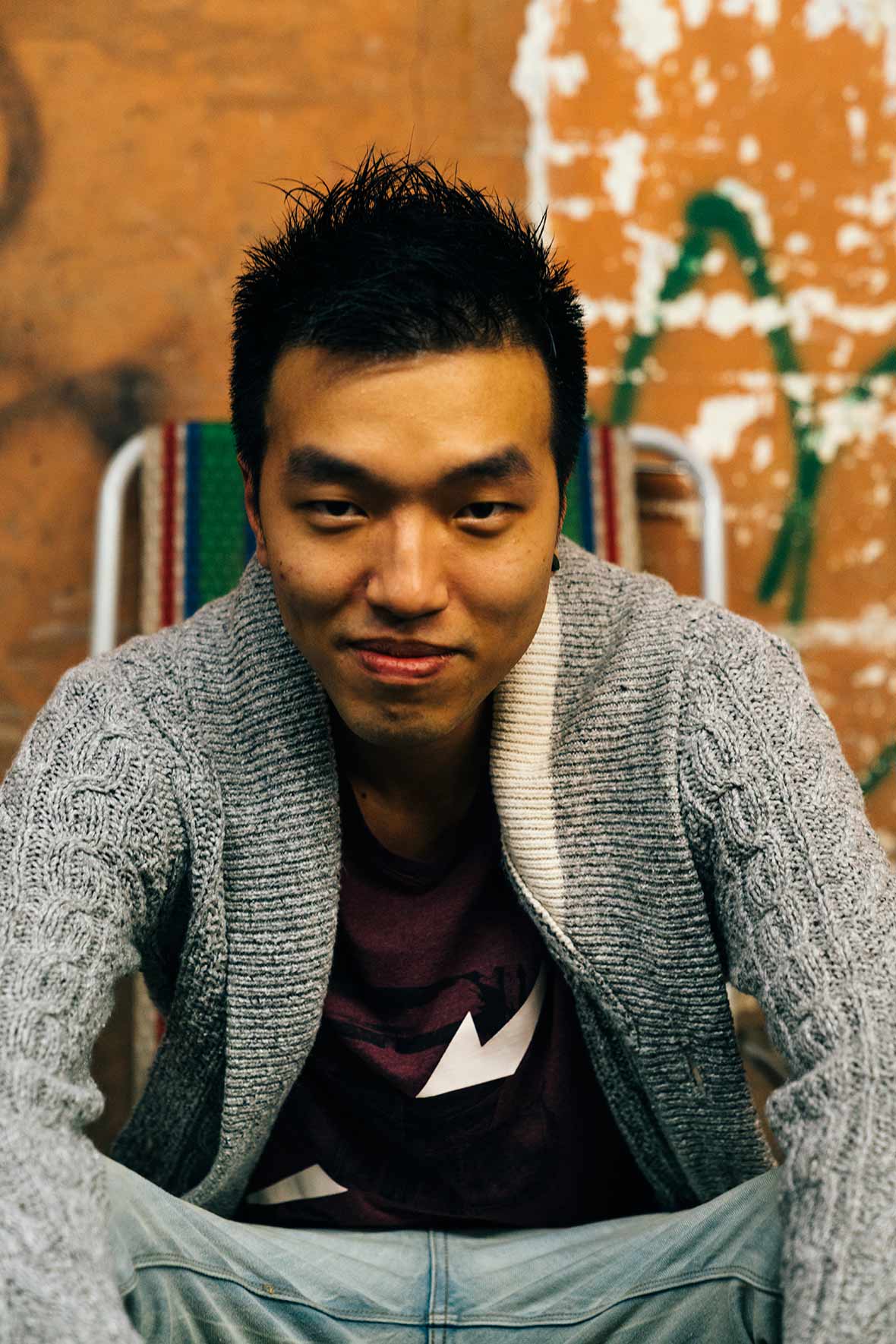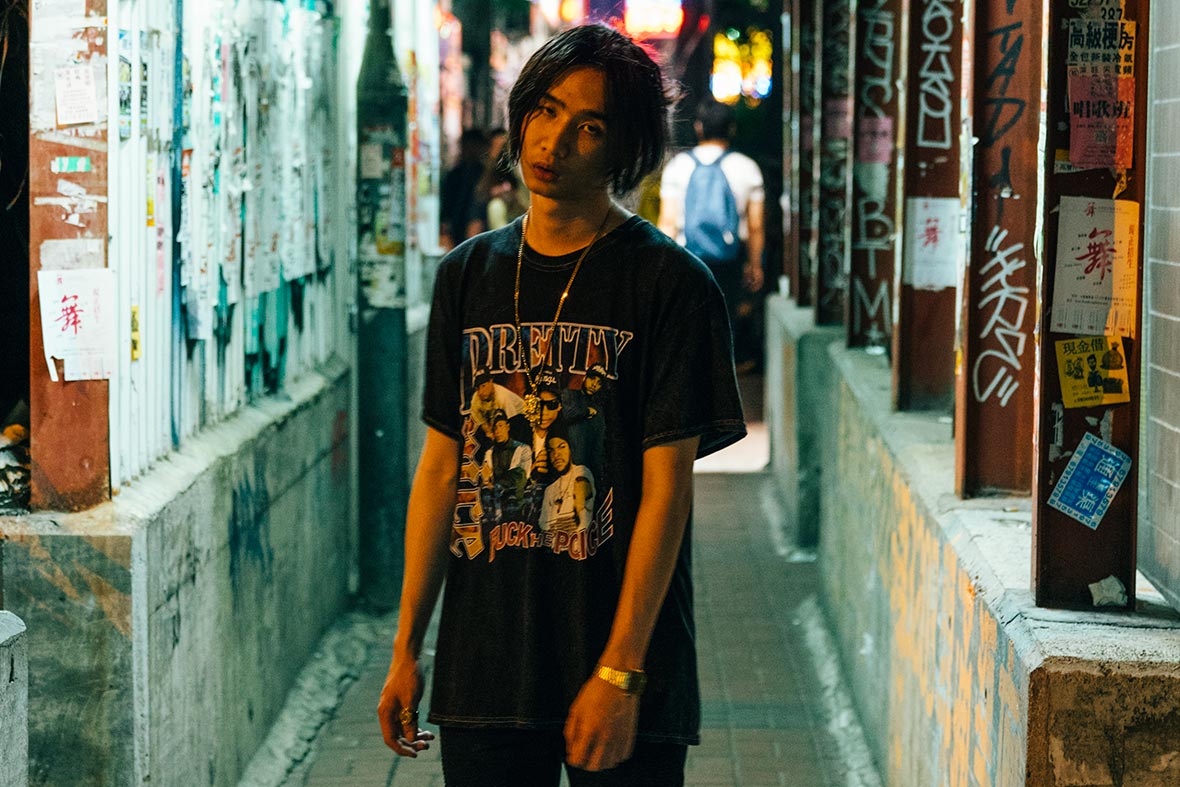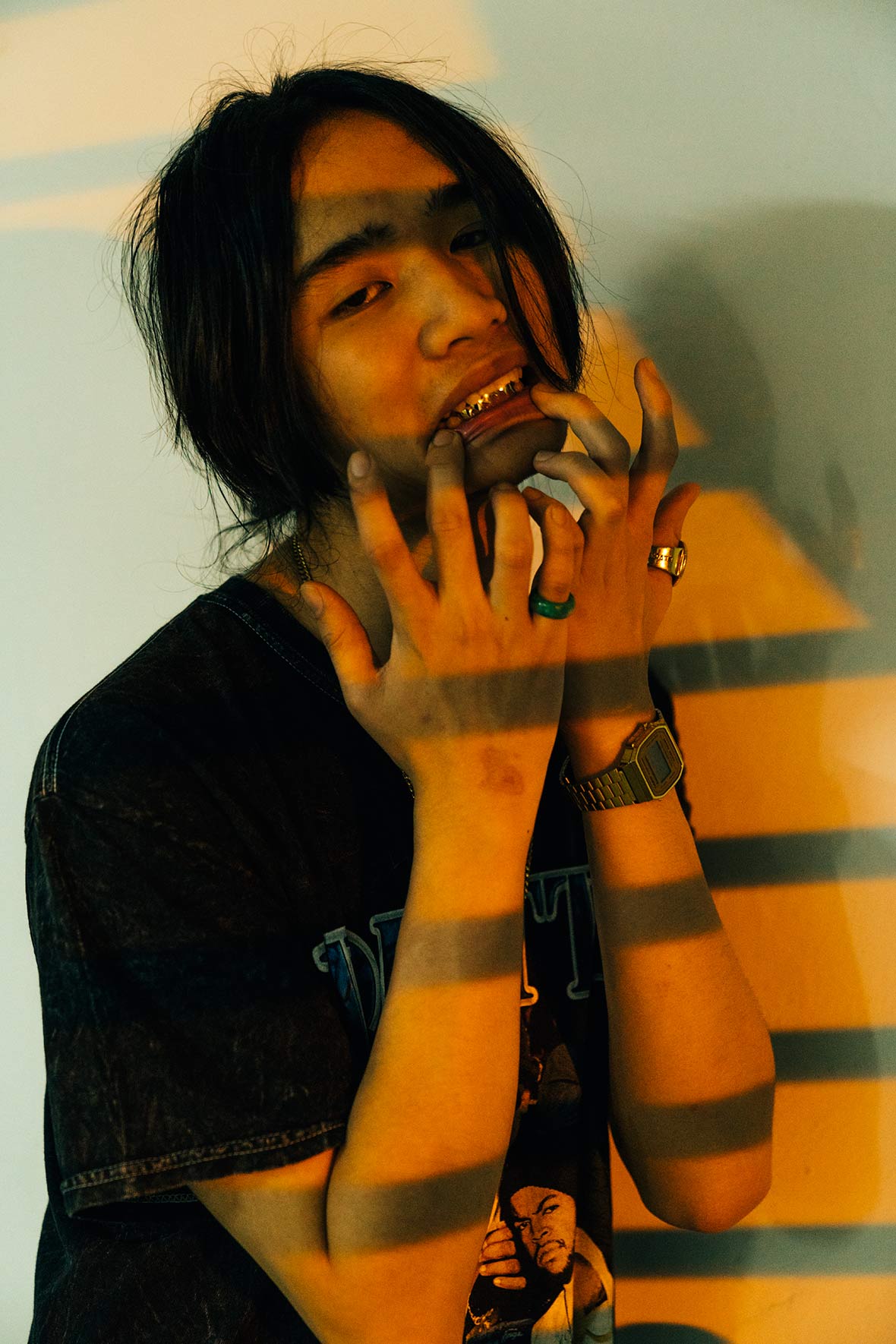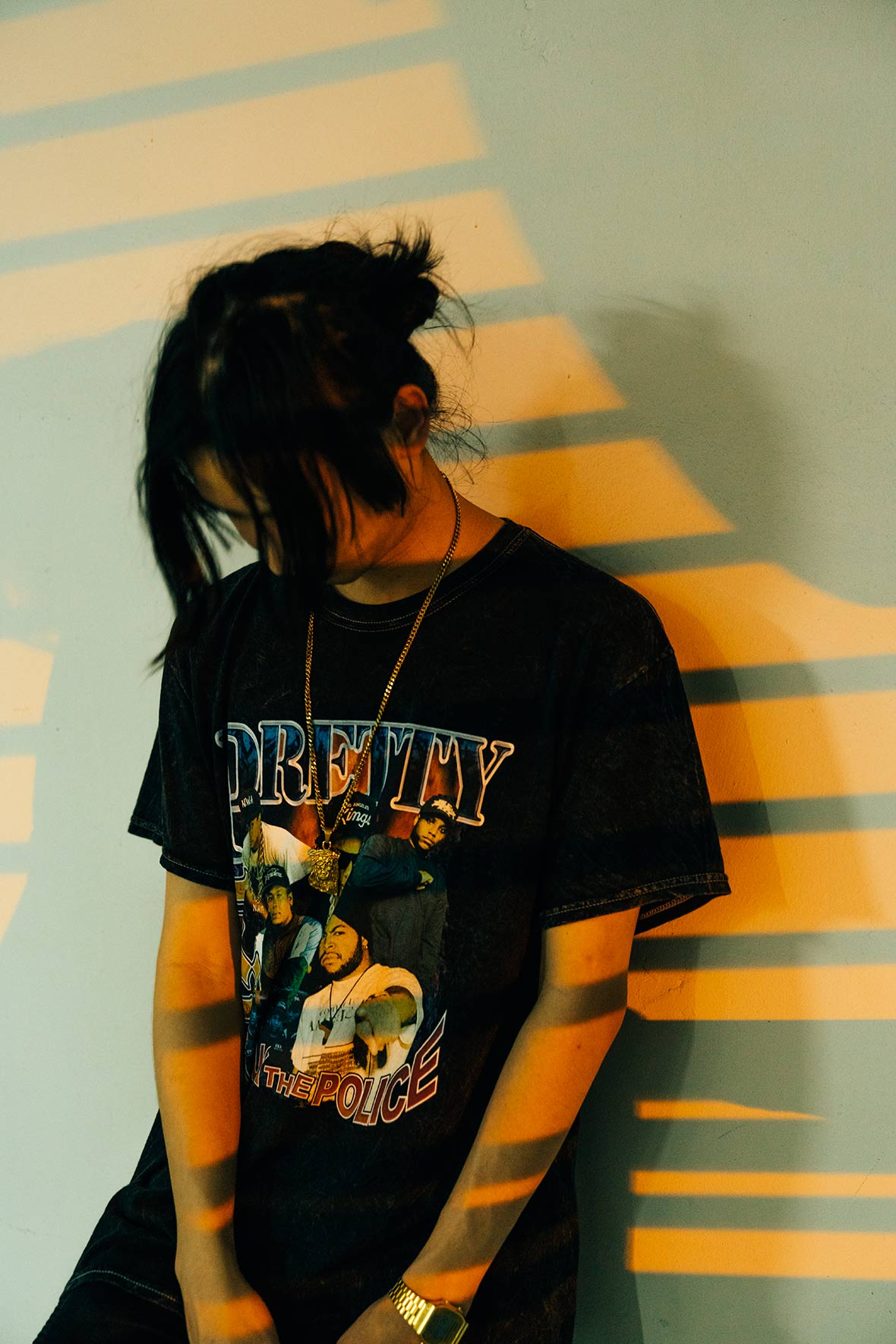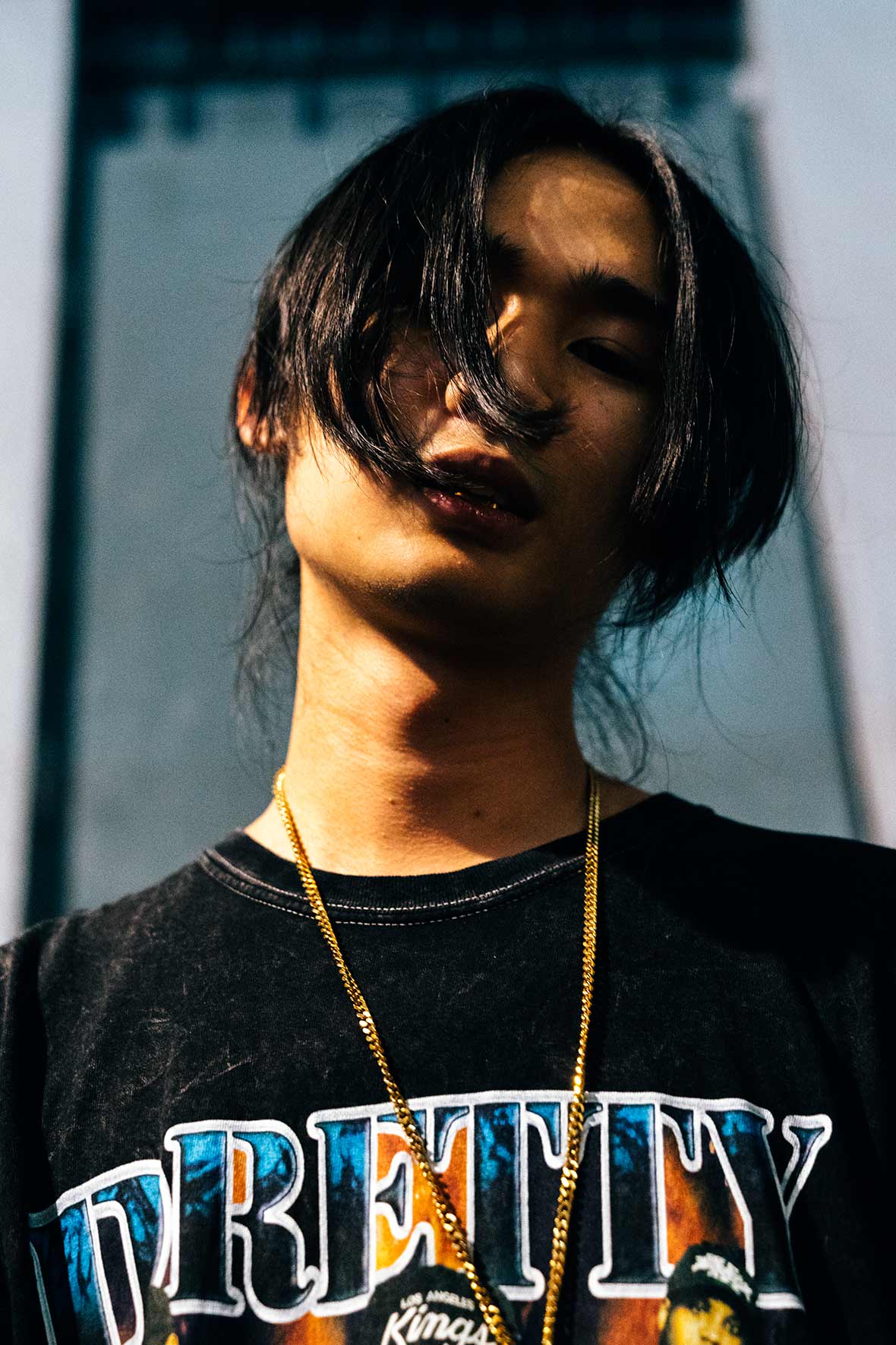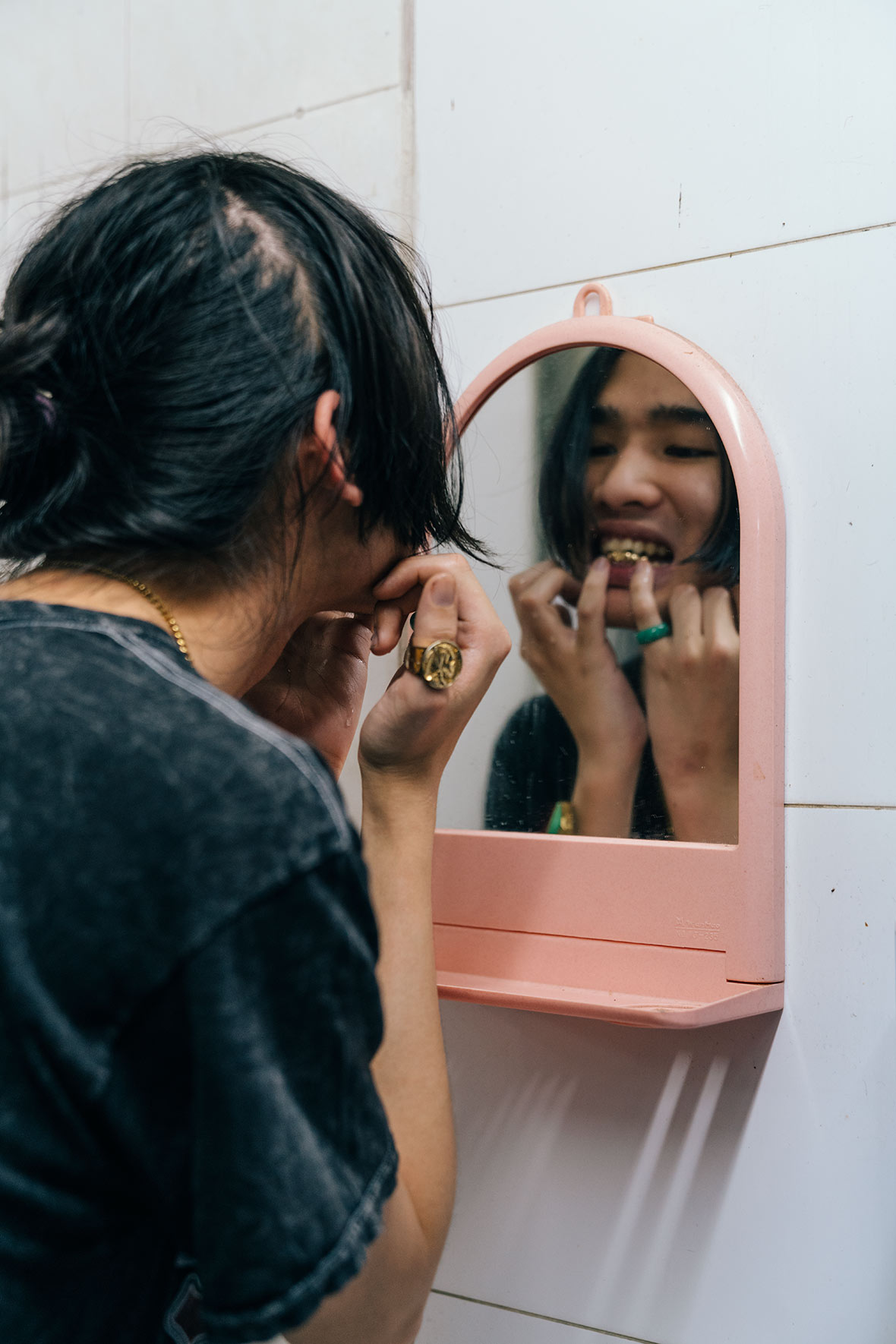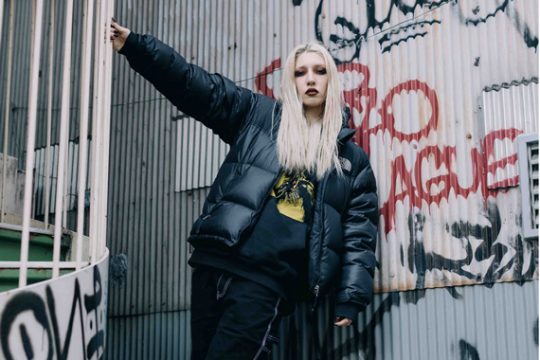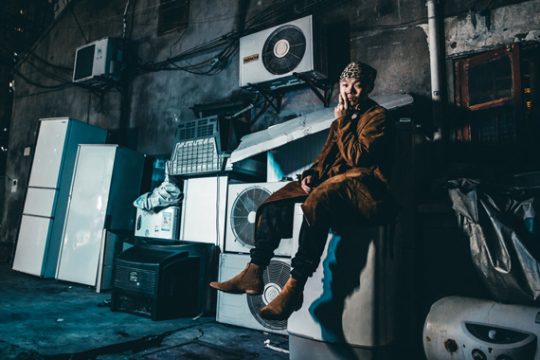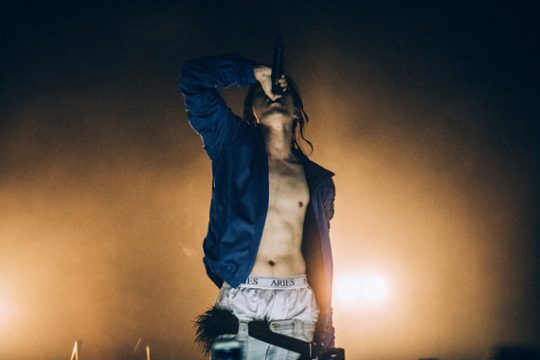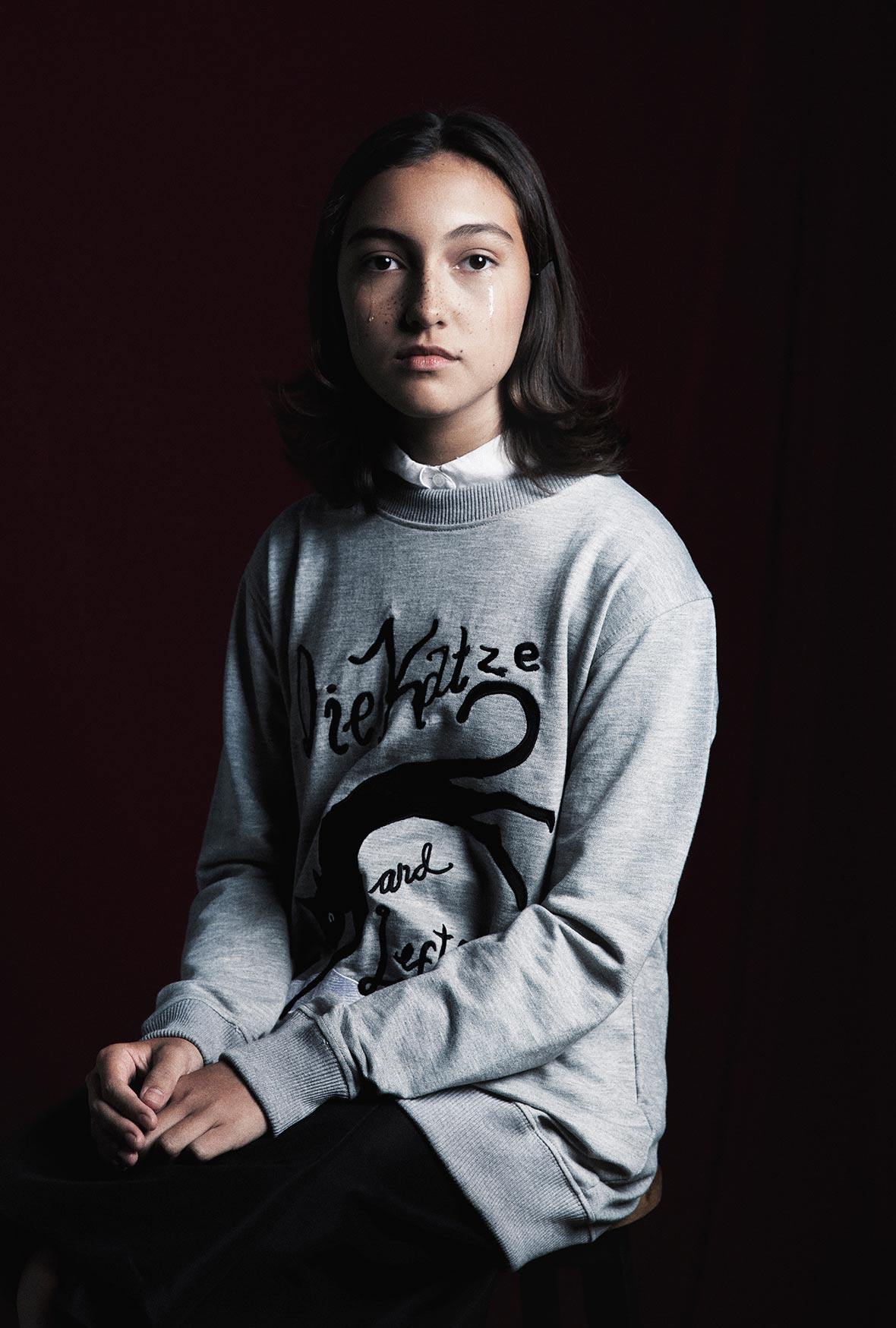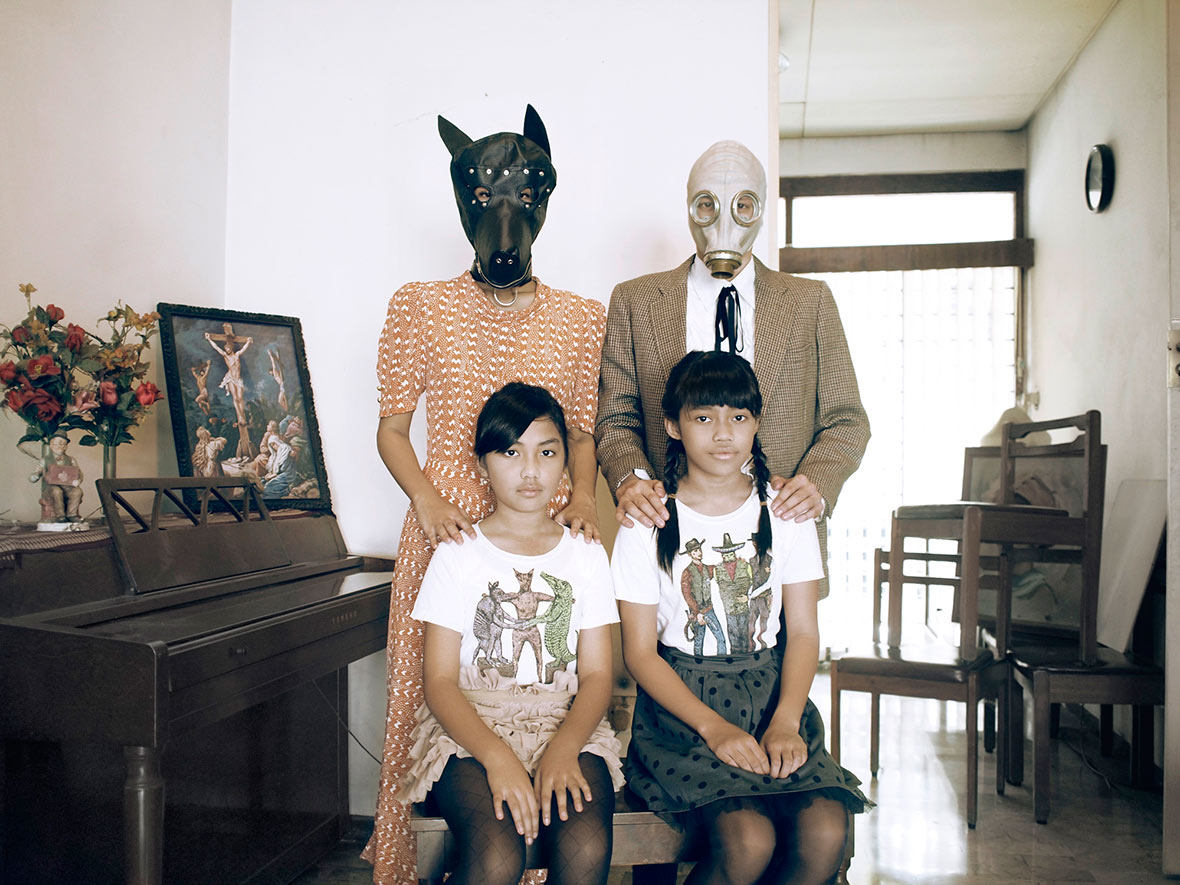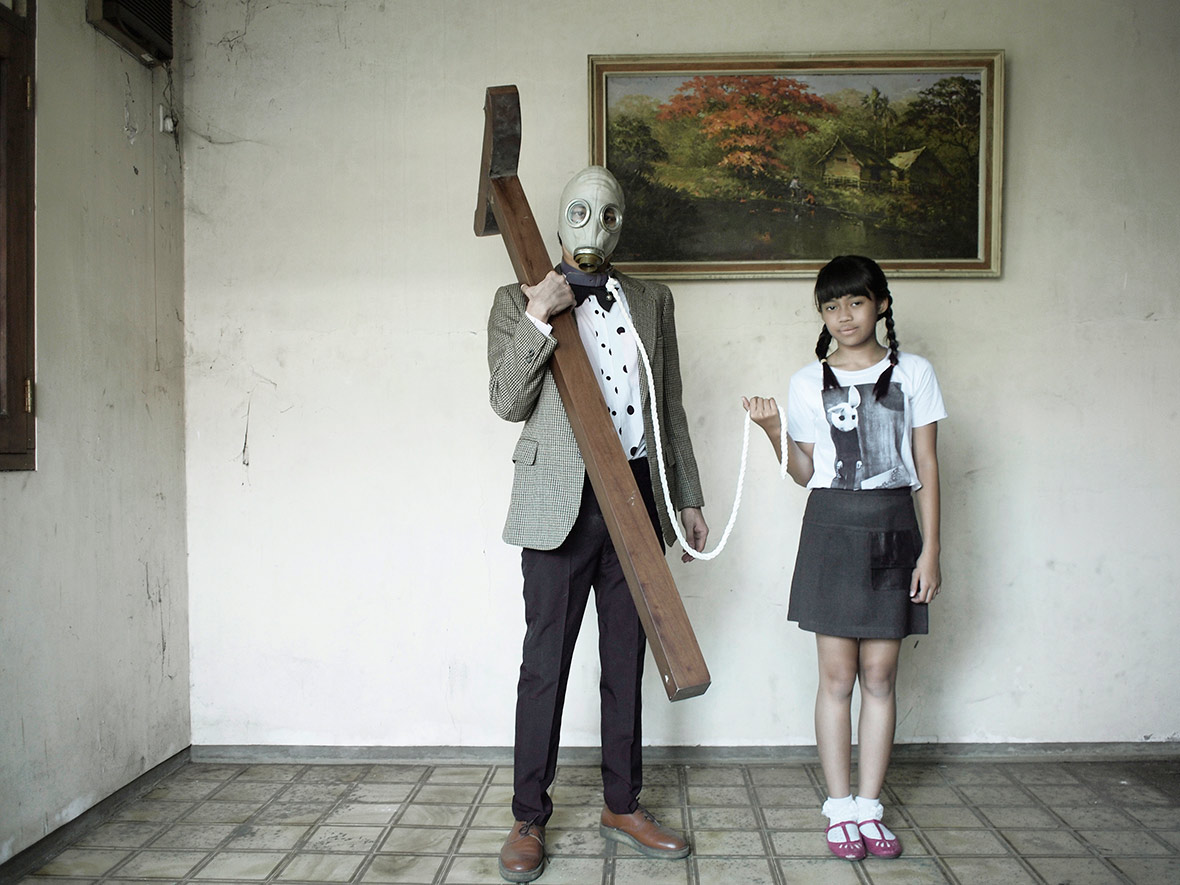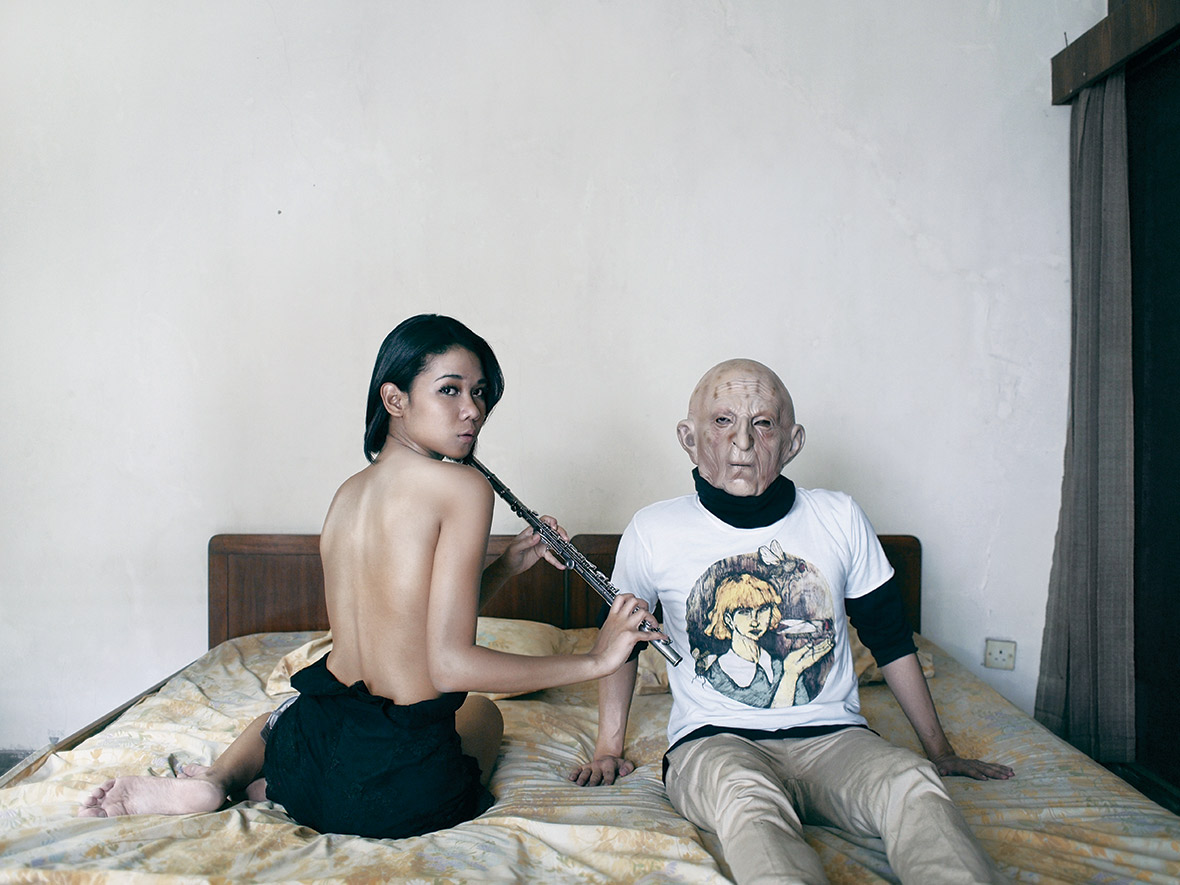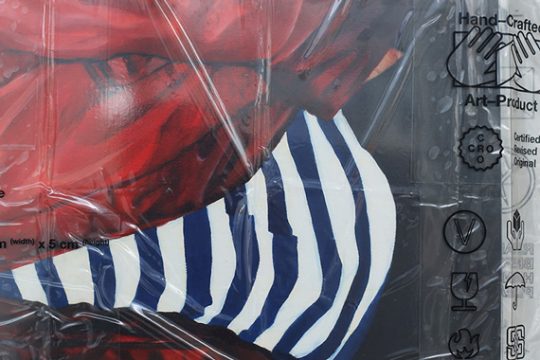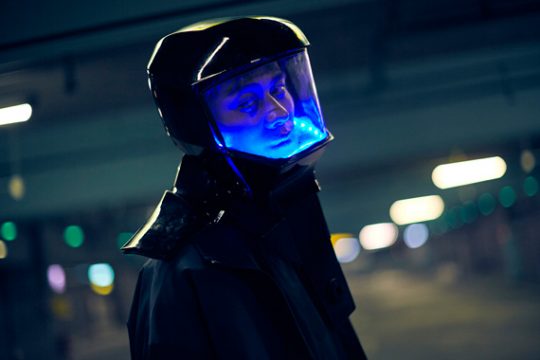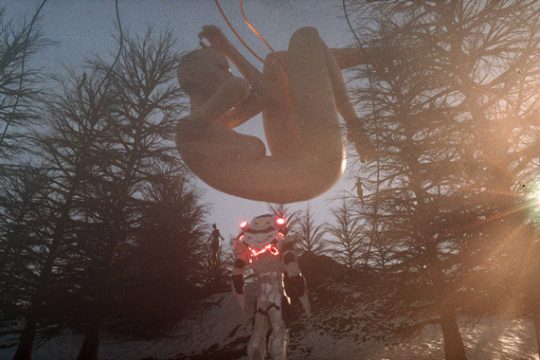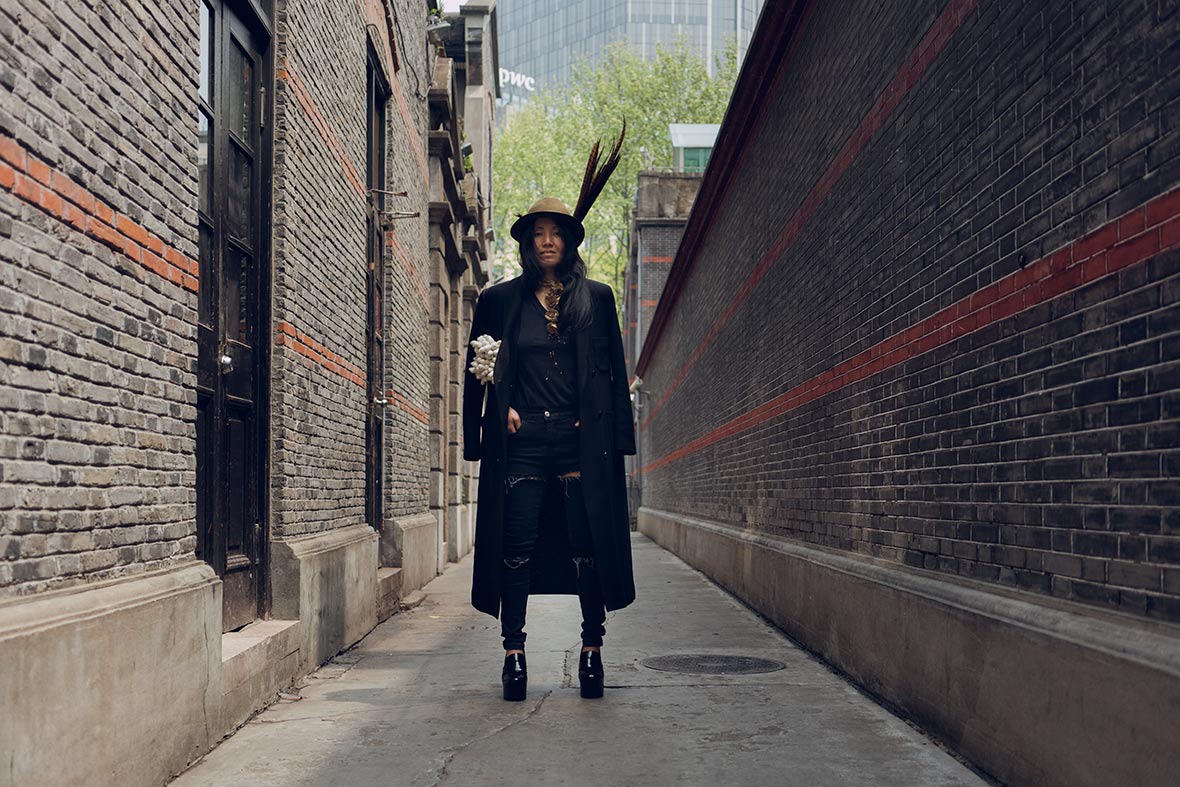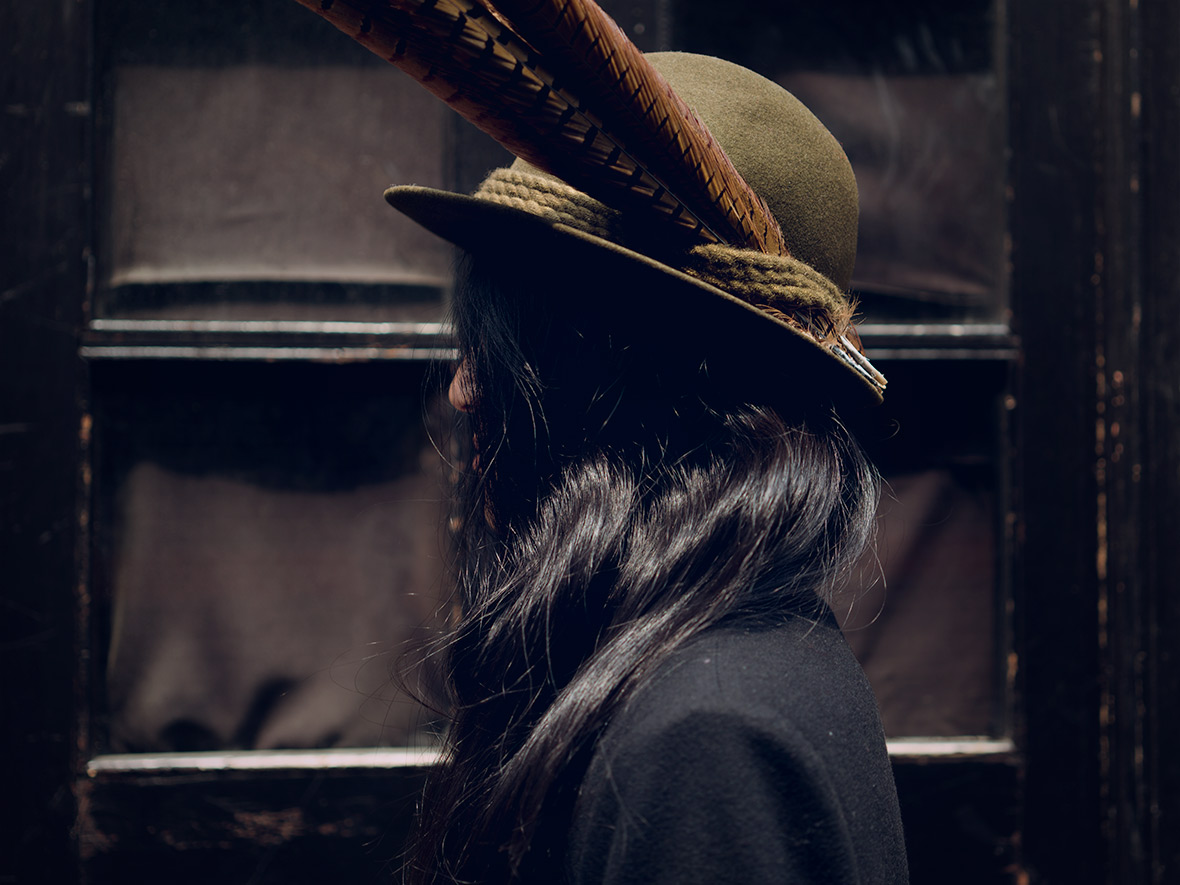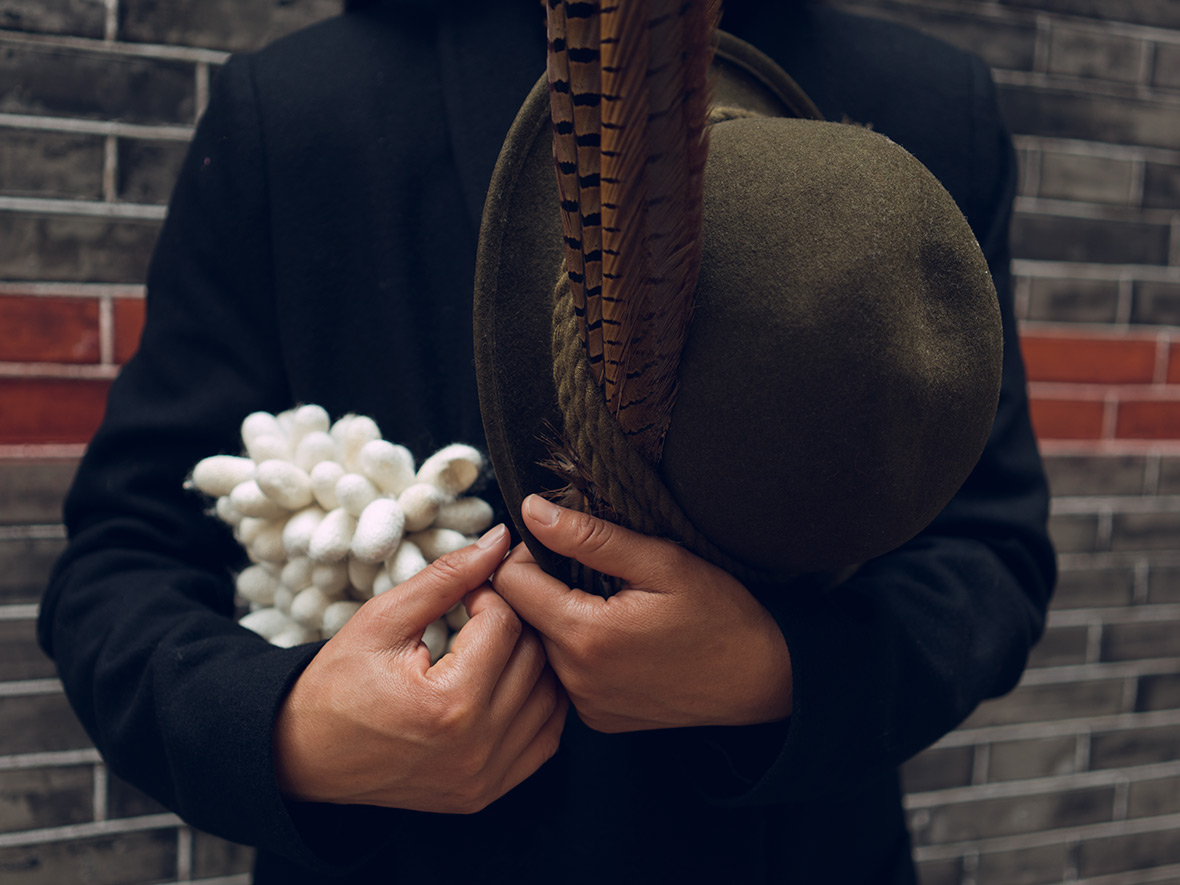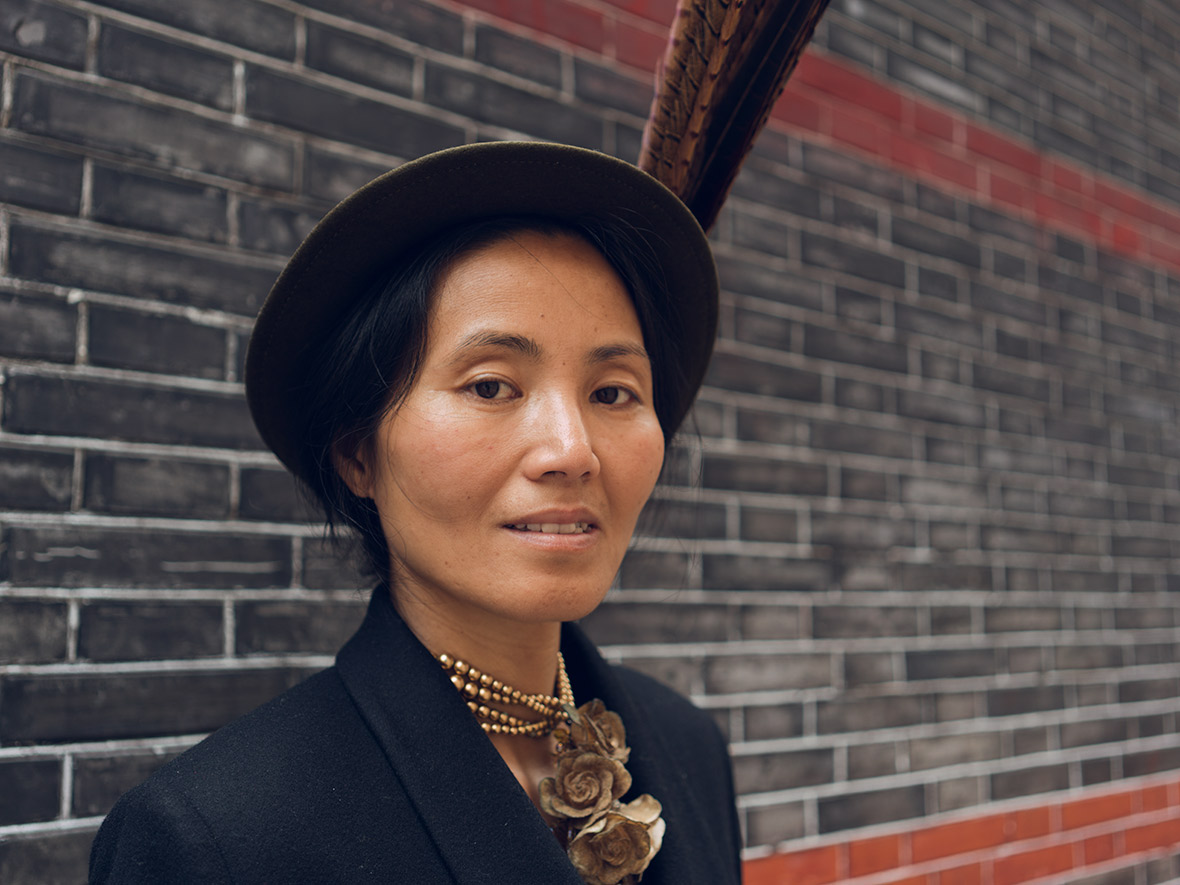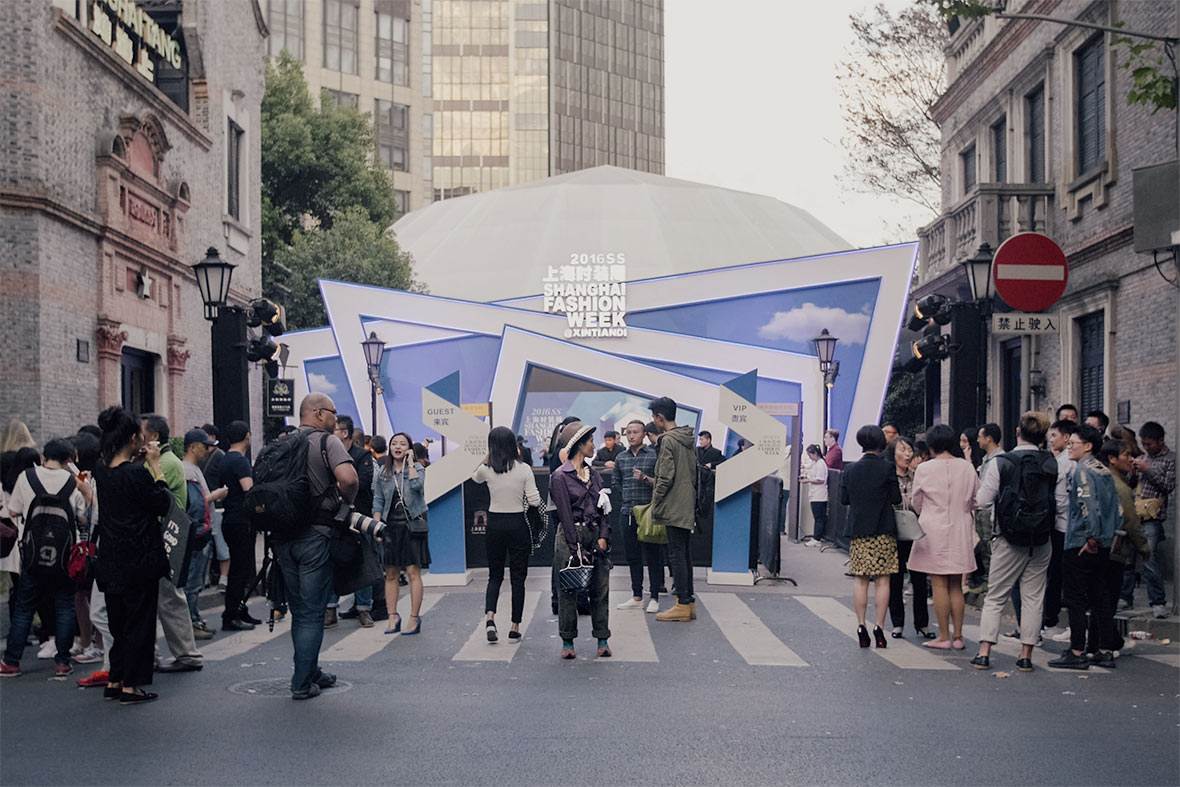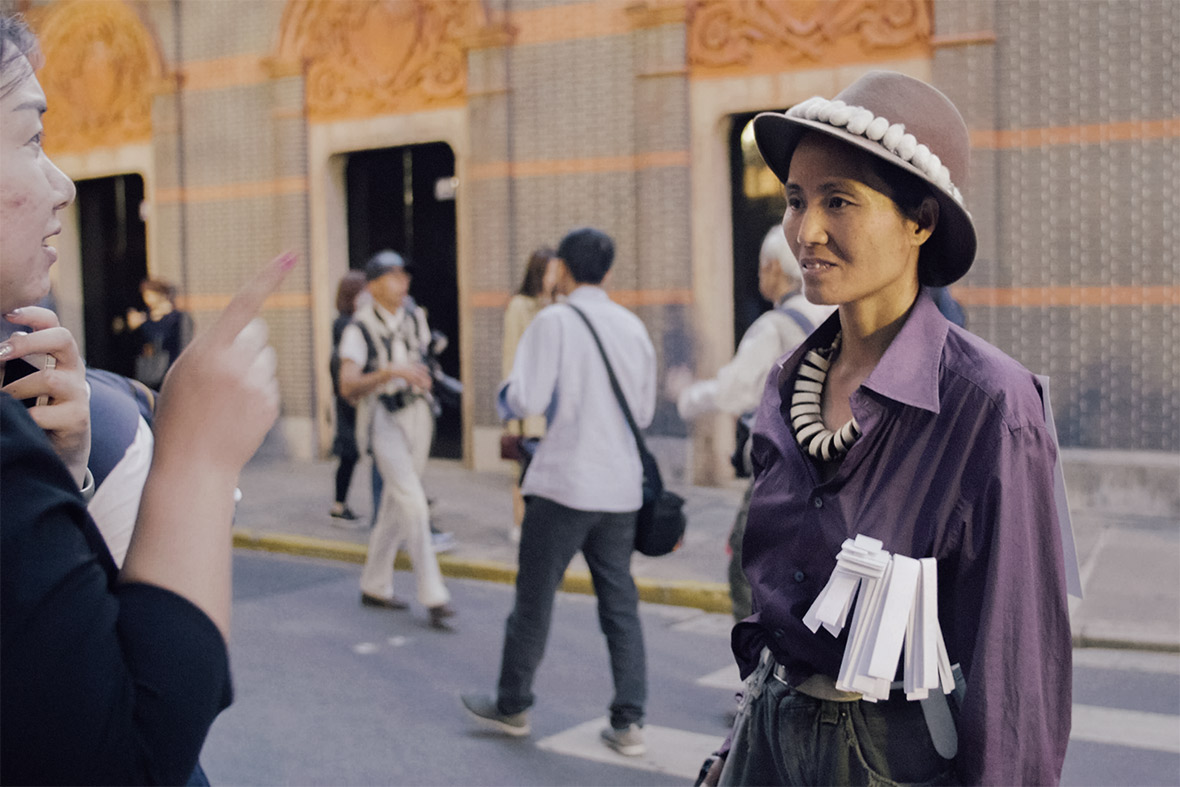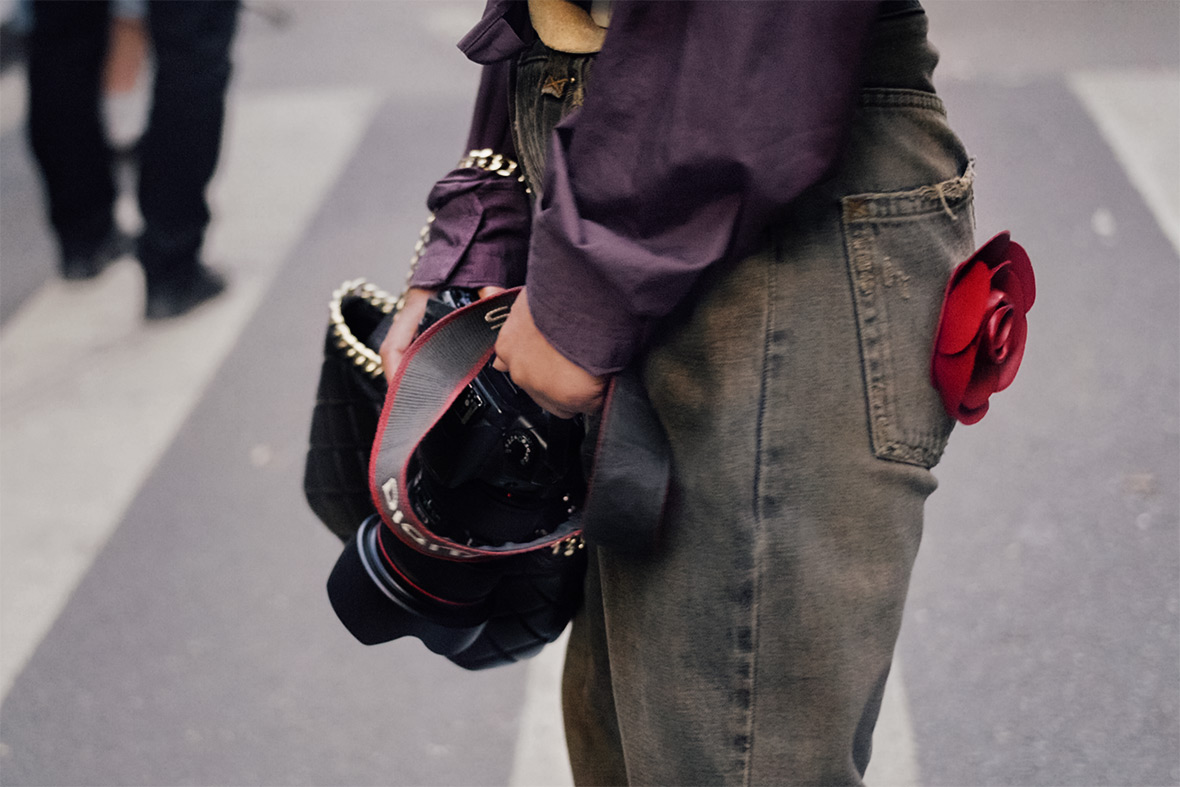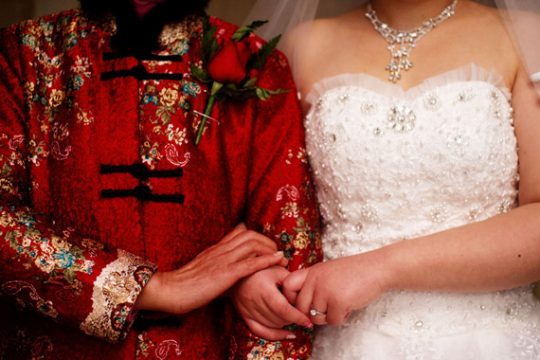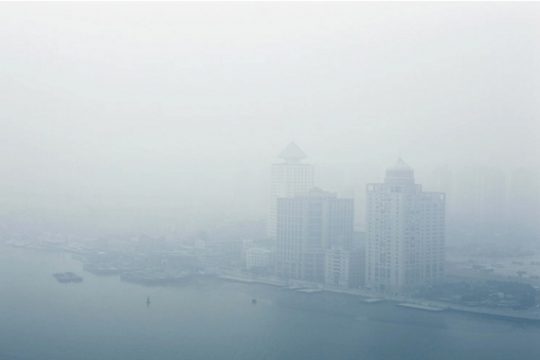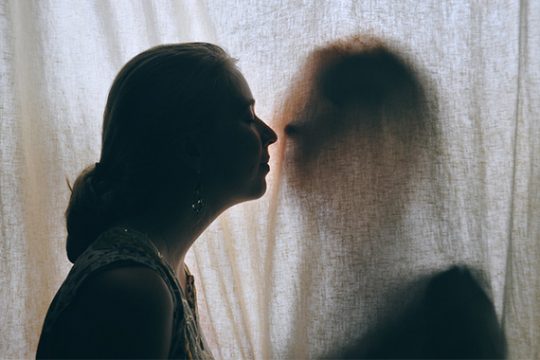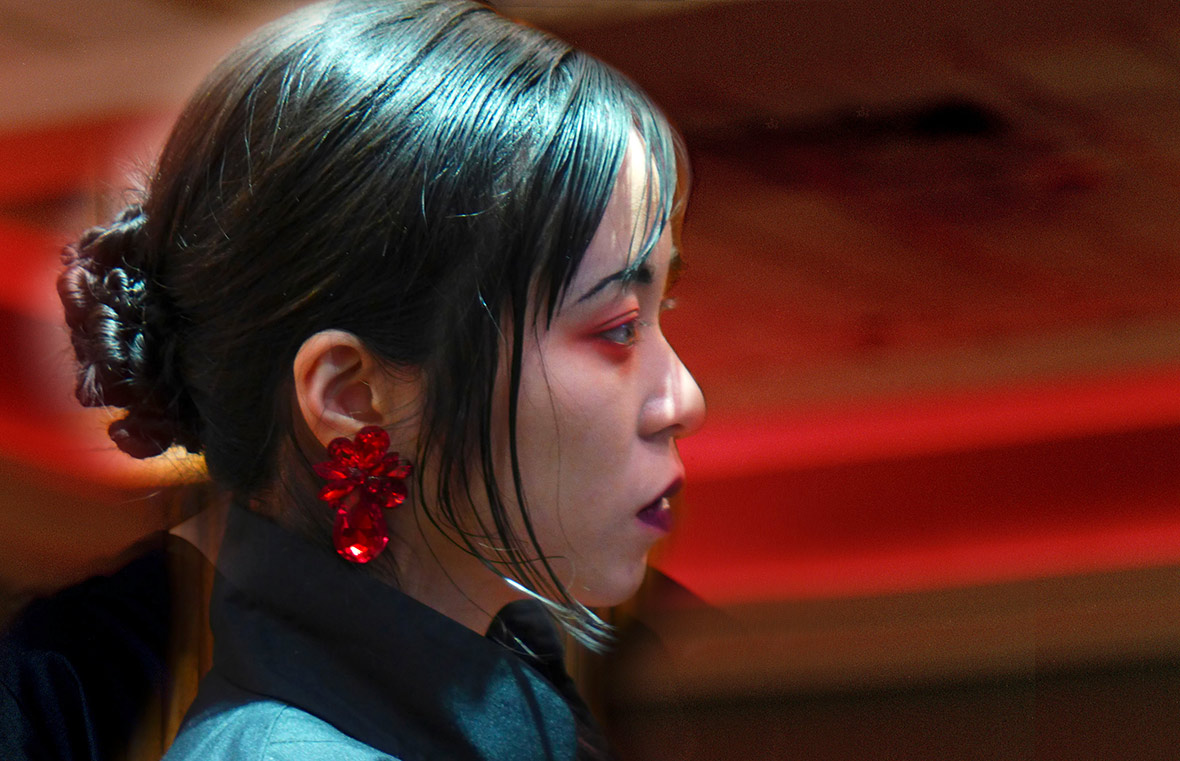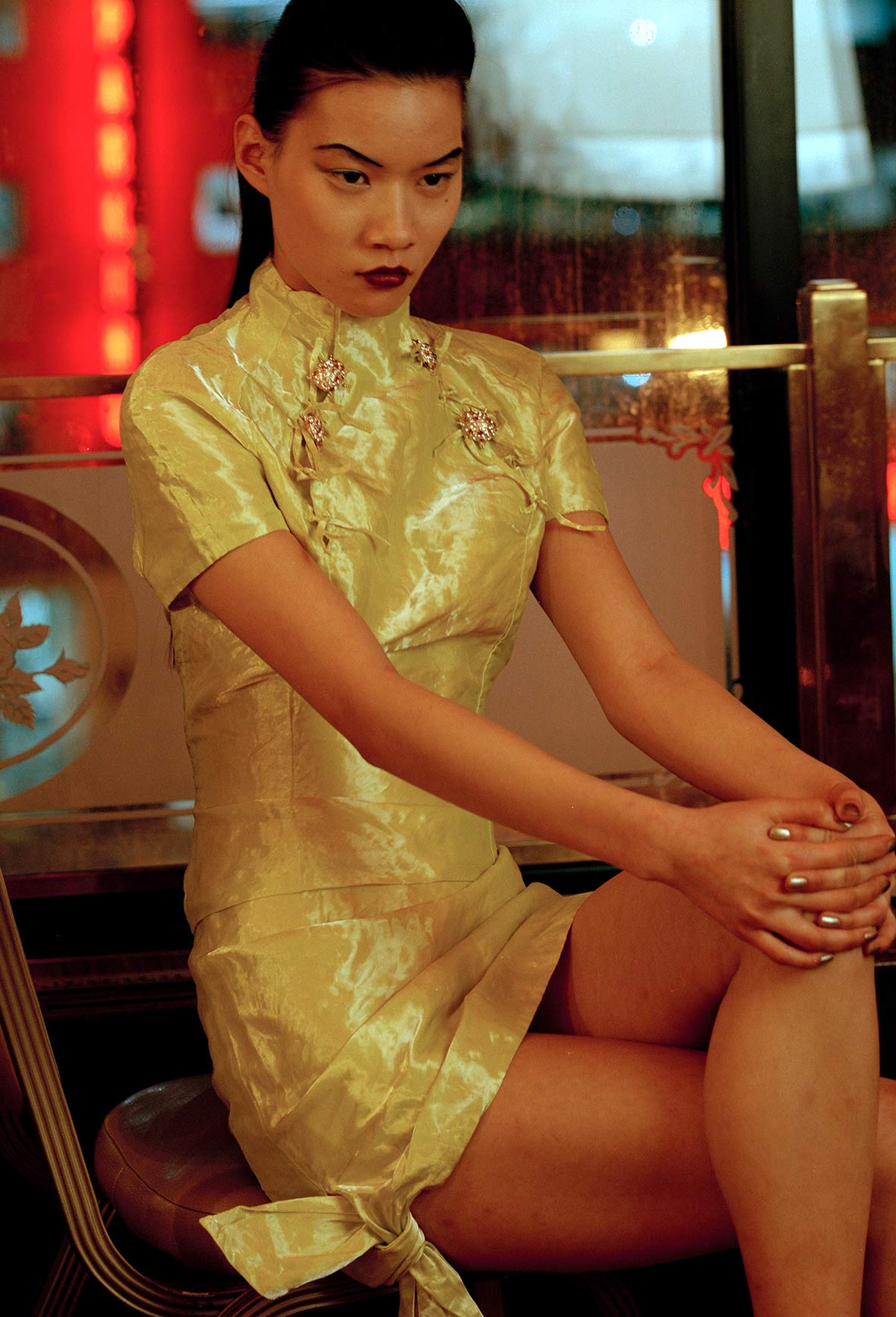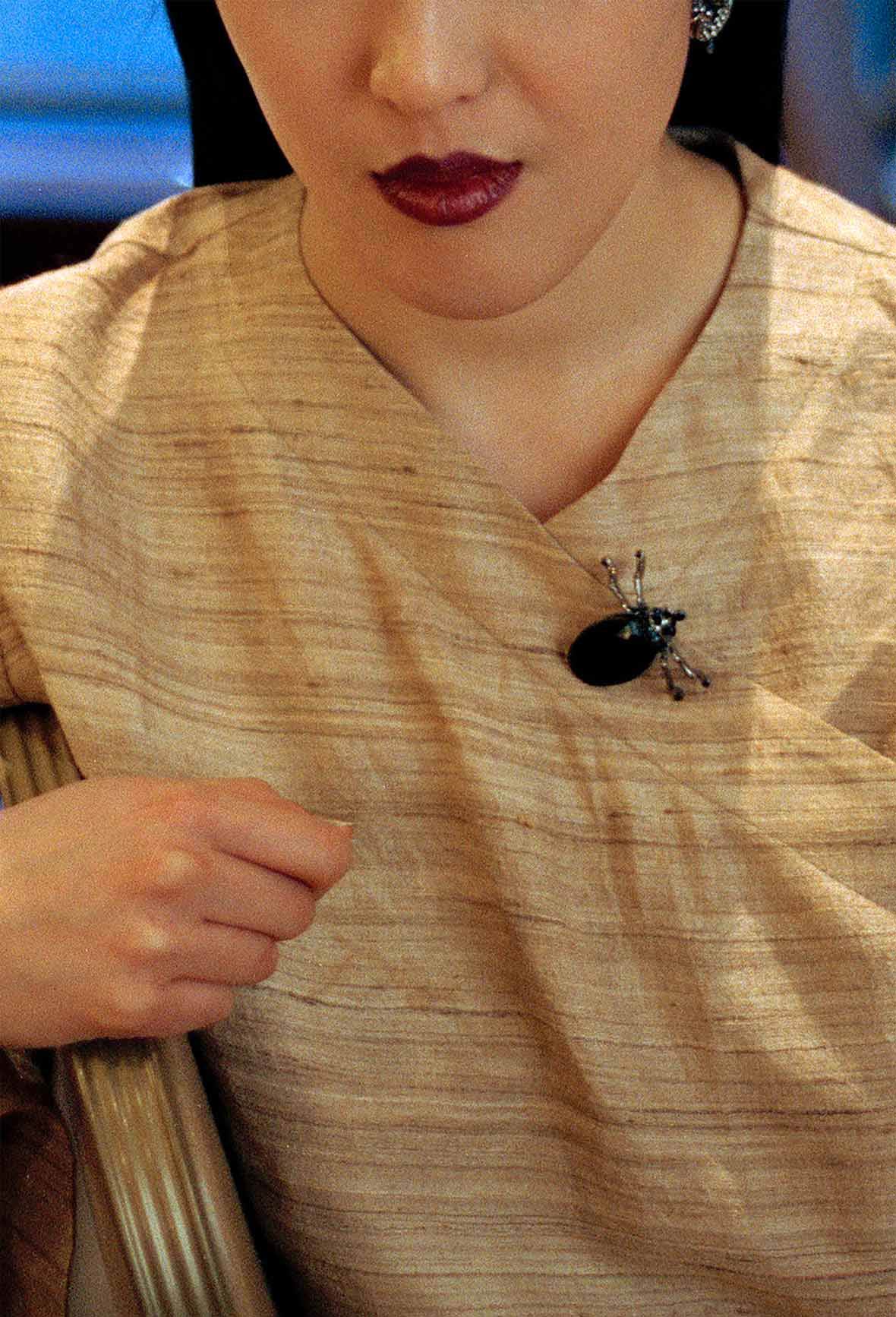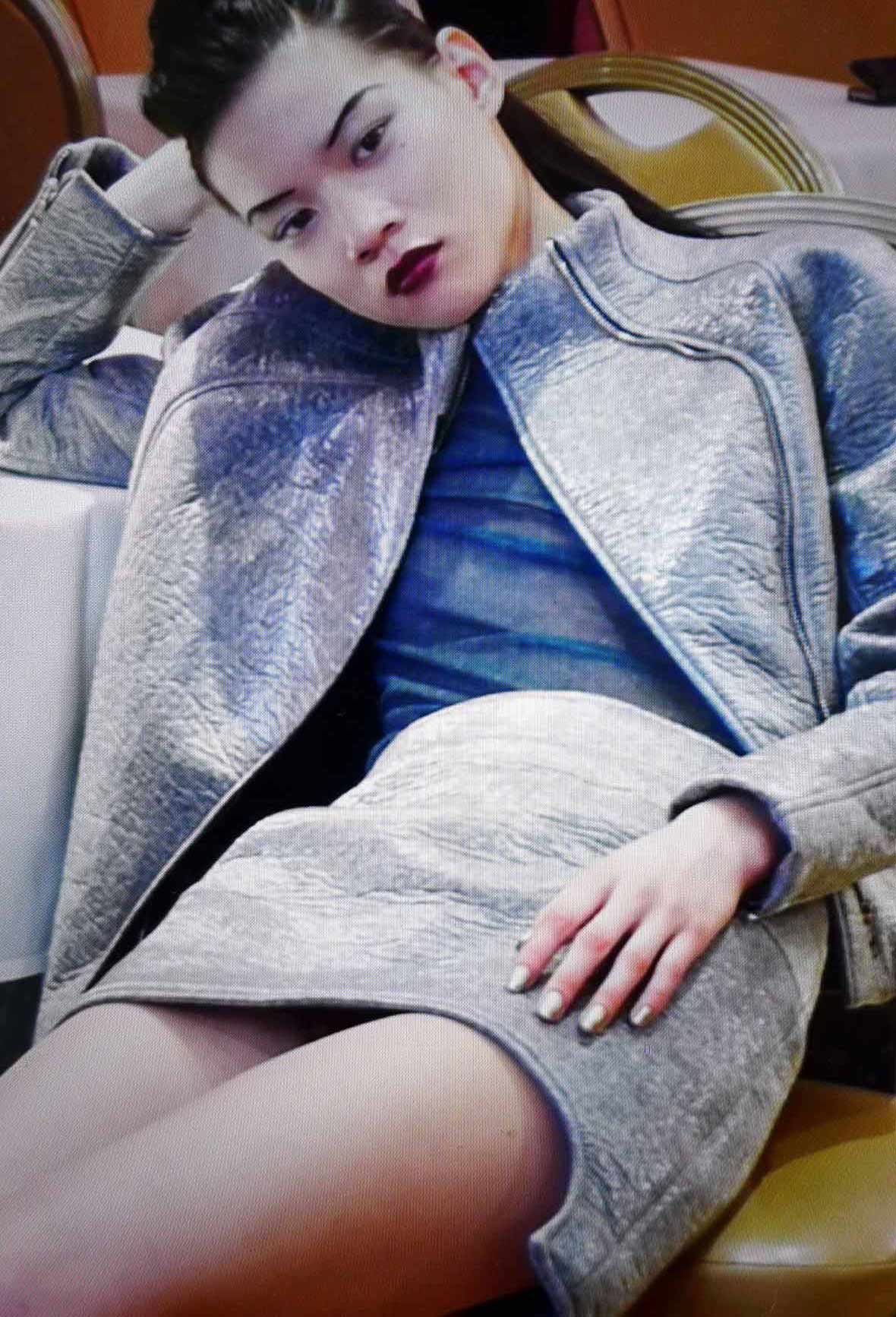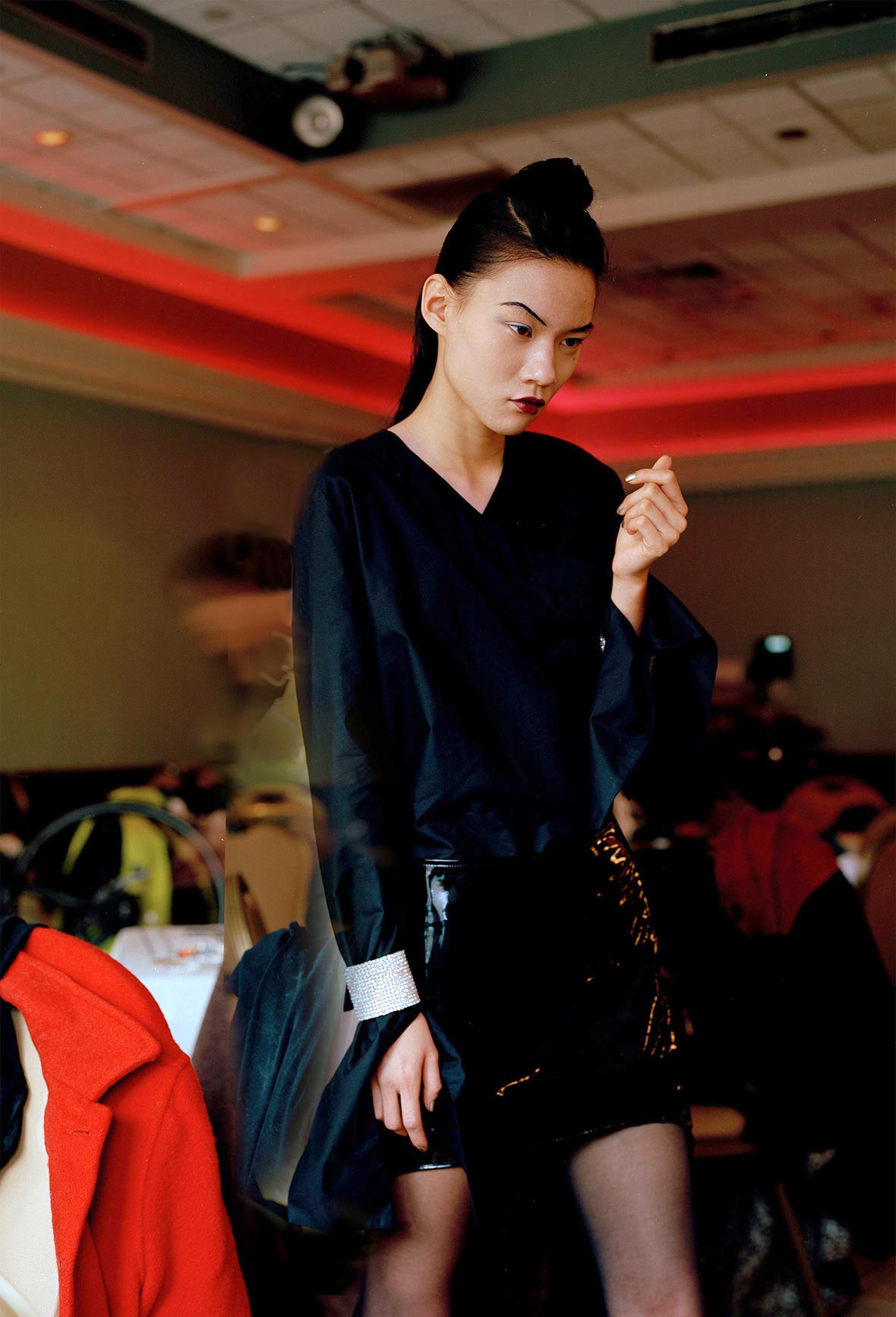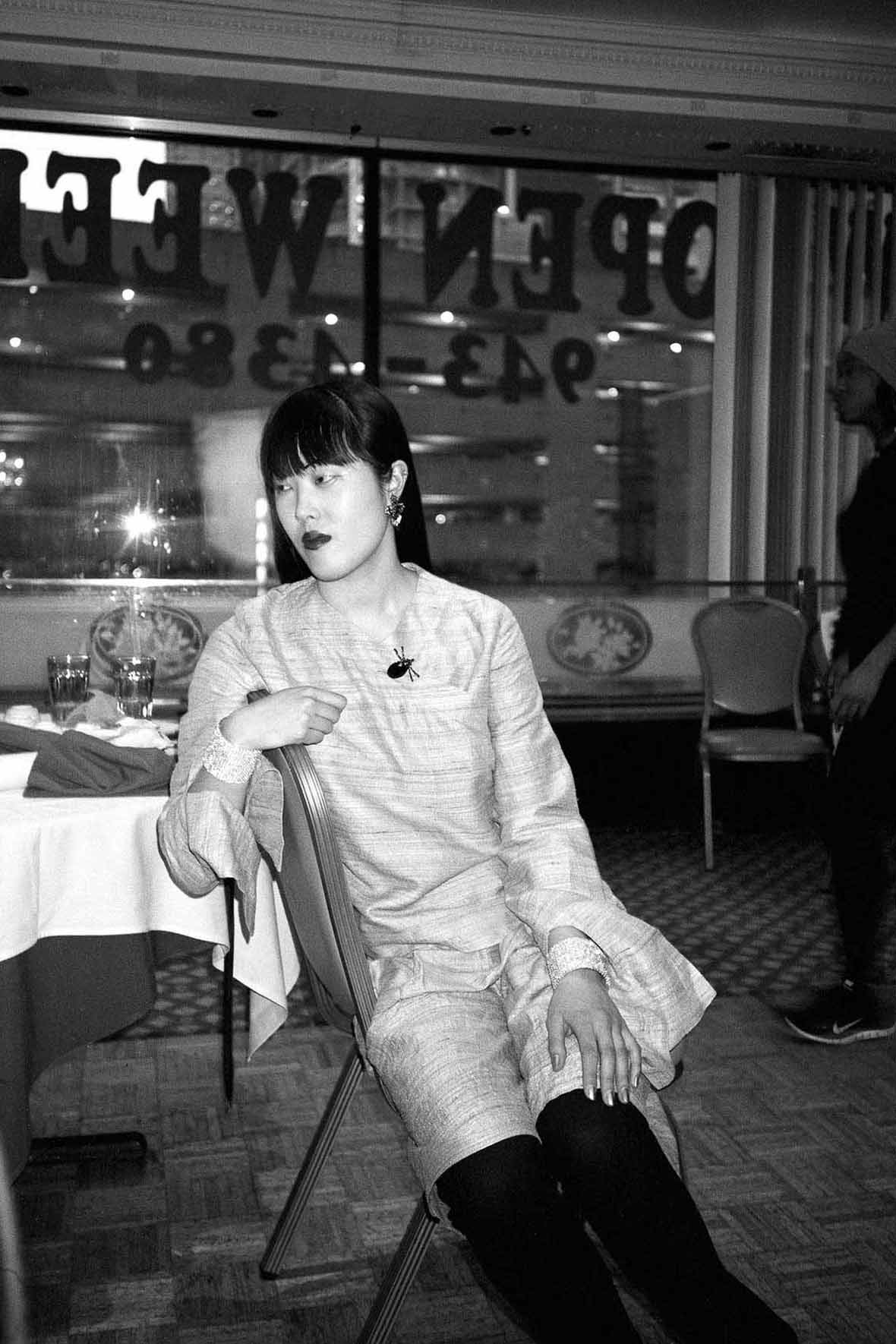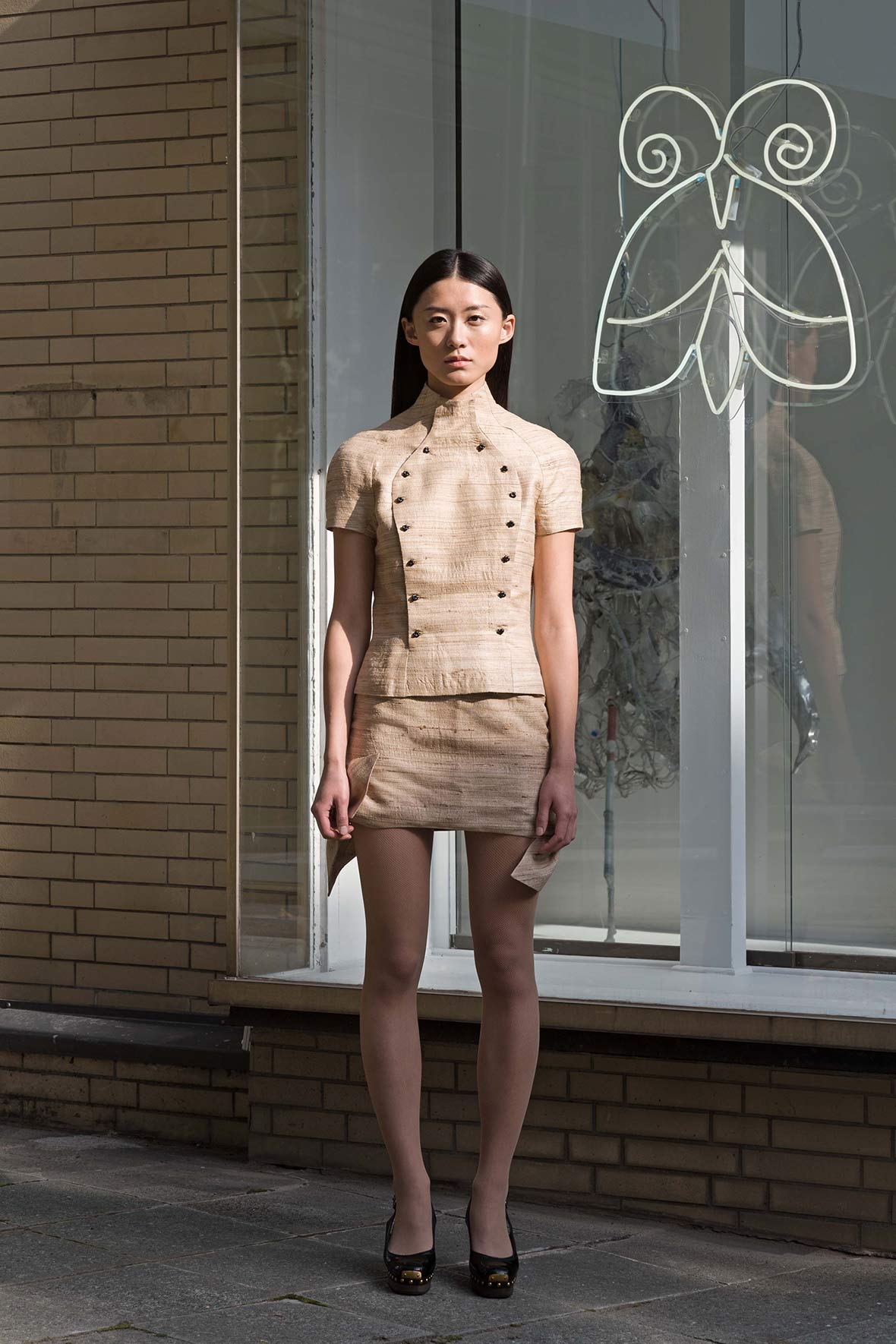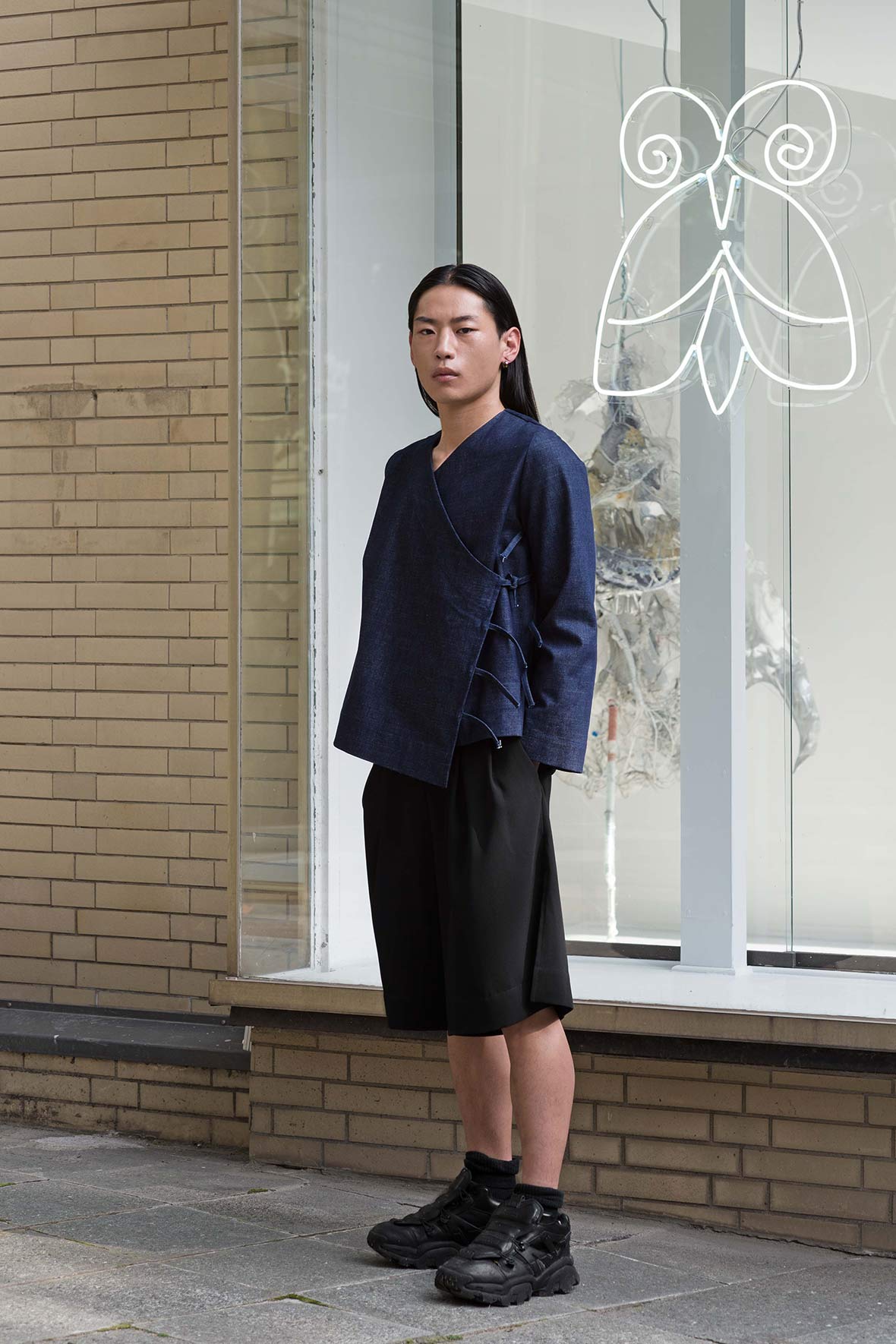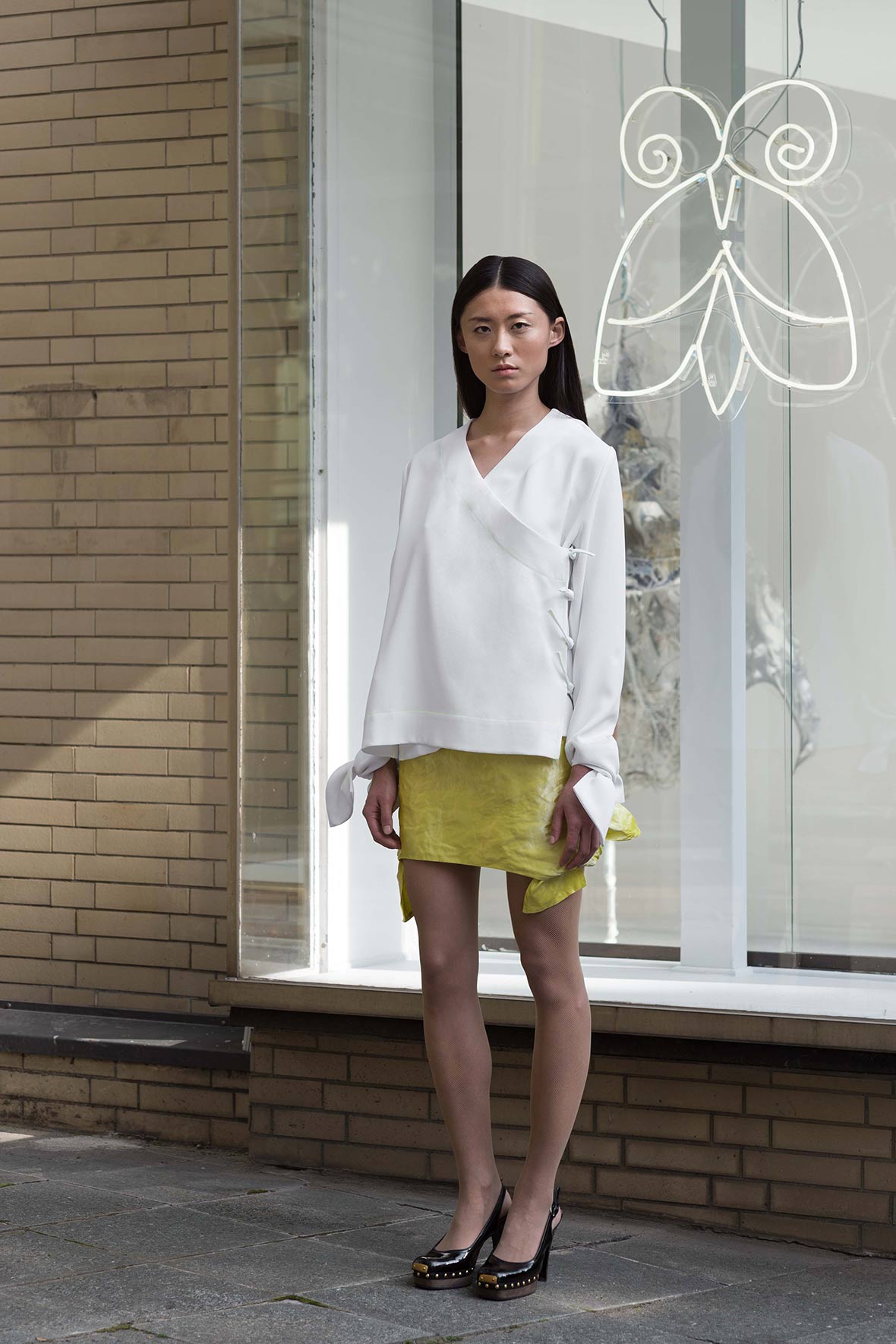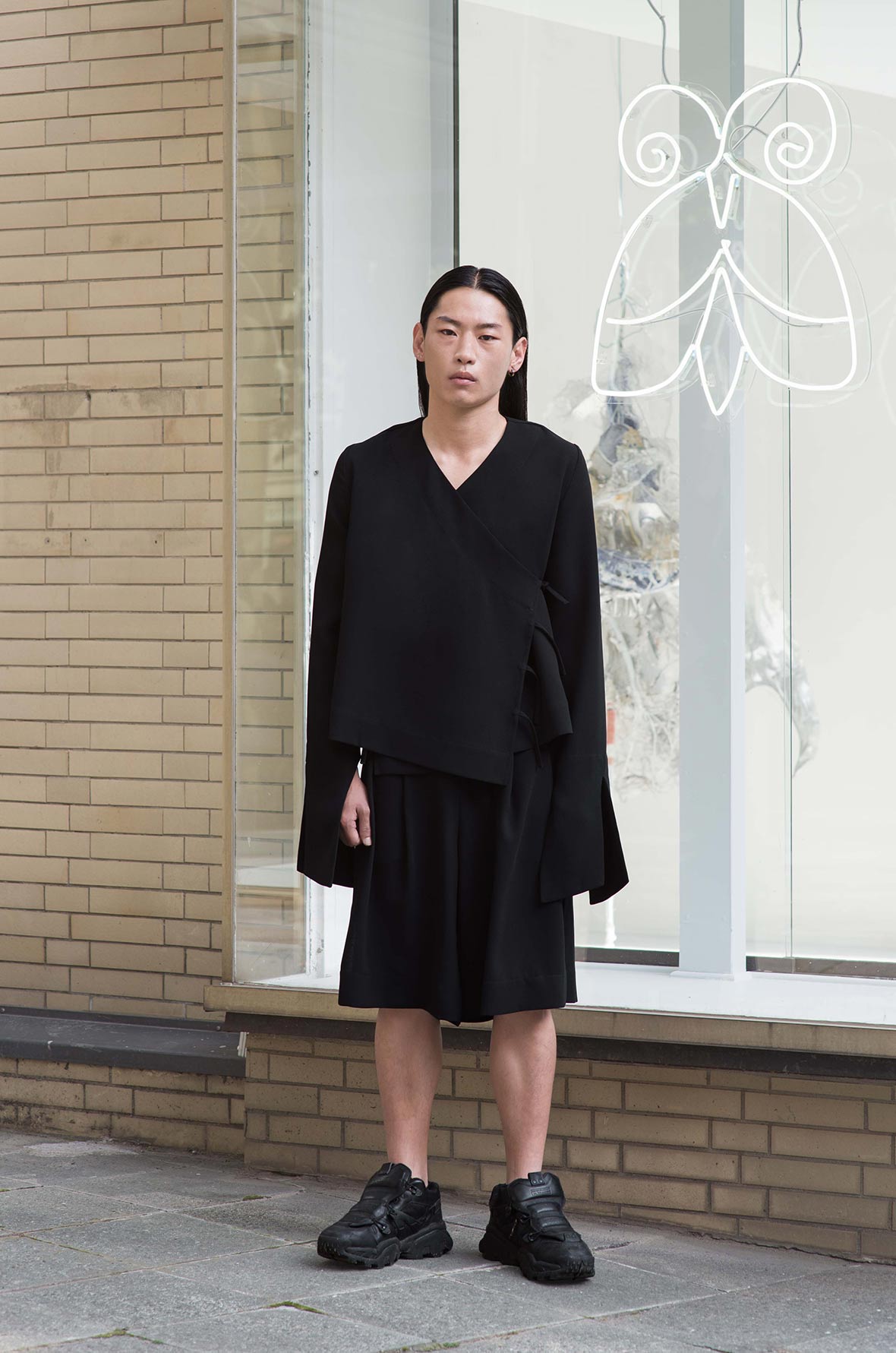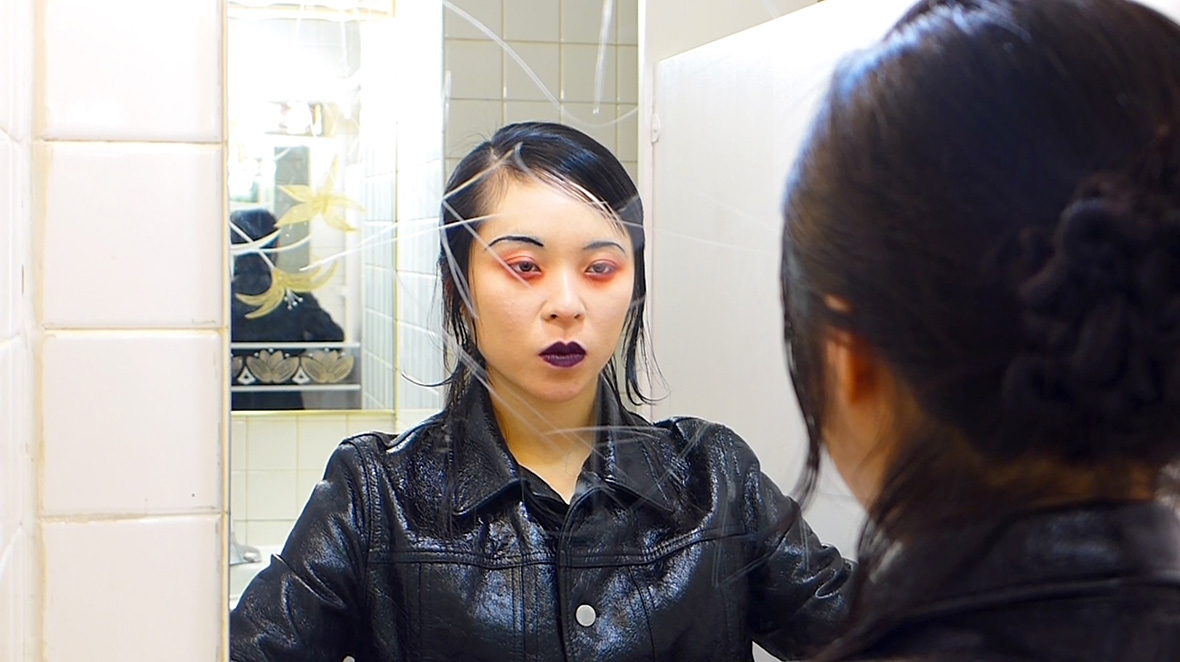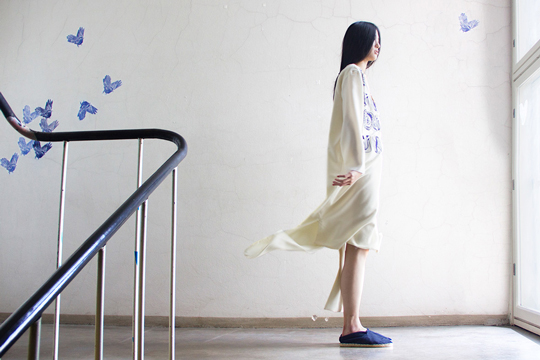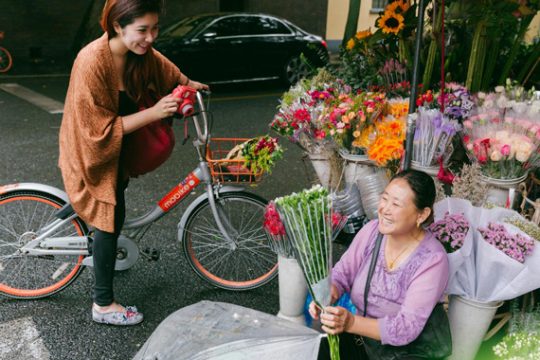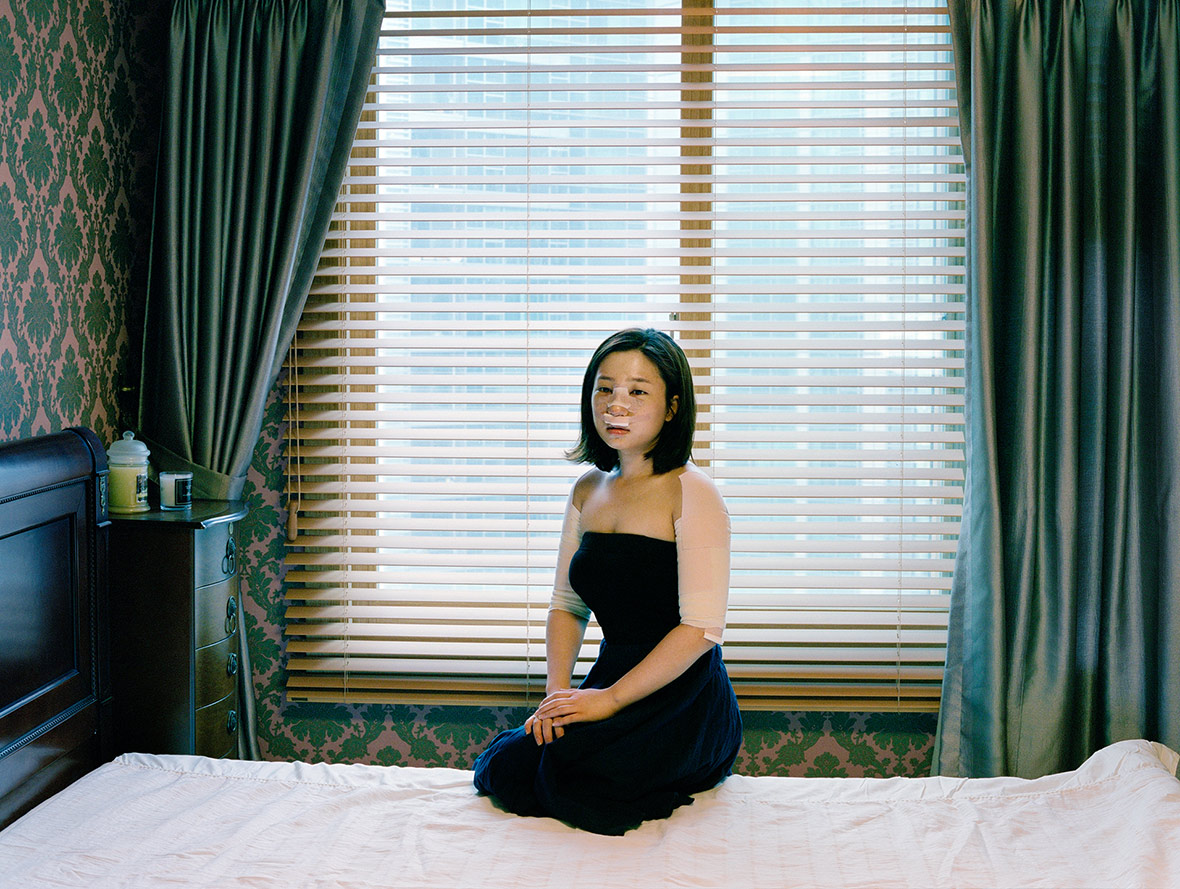
Ji Yeo is a photographer from South Korea whose work explores beauty and outward appearances, which stem from her own personal experiences growing up as a teenager in Seoul. Influenced by the culture of plastic surgery in South Korea, Ji Yeo initially intended to have plastic surgery done on herself and sat through multiple consultations with various surgeons. Soon after realizing that the truths surrounding plastic surgery were rarely made clear, Yeo began using photography as a means of investigating the process. By capturing unsightly “after” photos and the sterile surgery centers, Yeo’s photos of South Korea’s booming plastic surgery industry show the great lengths that some women go to in the pursuit of beauty and the repercussions experienced by women who choose to go down this route. Neocha spoke to Yeo recently about her series of powerful images.
여 지는 서울에서의 자신의 십대의 경험을 토대로 아름다움과 외모를 탐구하는 작업을 하는 한국의 사진 작가이다. 한국 성형 수술 문화의 영향을 받은, 여씨는 처음에는 자신의 성형 수술을 받기 위해 여러 의사들과 상담 했다. 그러나, 성형 수술을 둘러싼 진실이 대부분 명확하지 않다는 점을 인식하고, 여씨는 그 과정을 조사하기 위한 수단으로 사진 기술을 사용하였다. 수술 “후”의 보기 흉한 사진 및 무균 수술실 사진들과 같이 한국에서 성업 중인 성형 수술 산업에 대한 여씨의 사진은 이 길을 선택한 여성들이 경험하는 고생과 영향을 보여 준다. 최근 우리는 그녀의 작업에 대하여 이야기하기 위하여 그녀를 만났다.
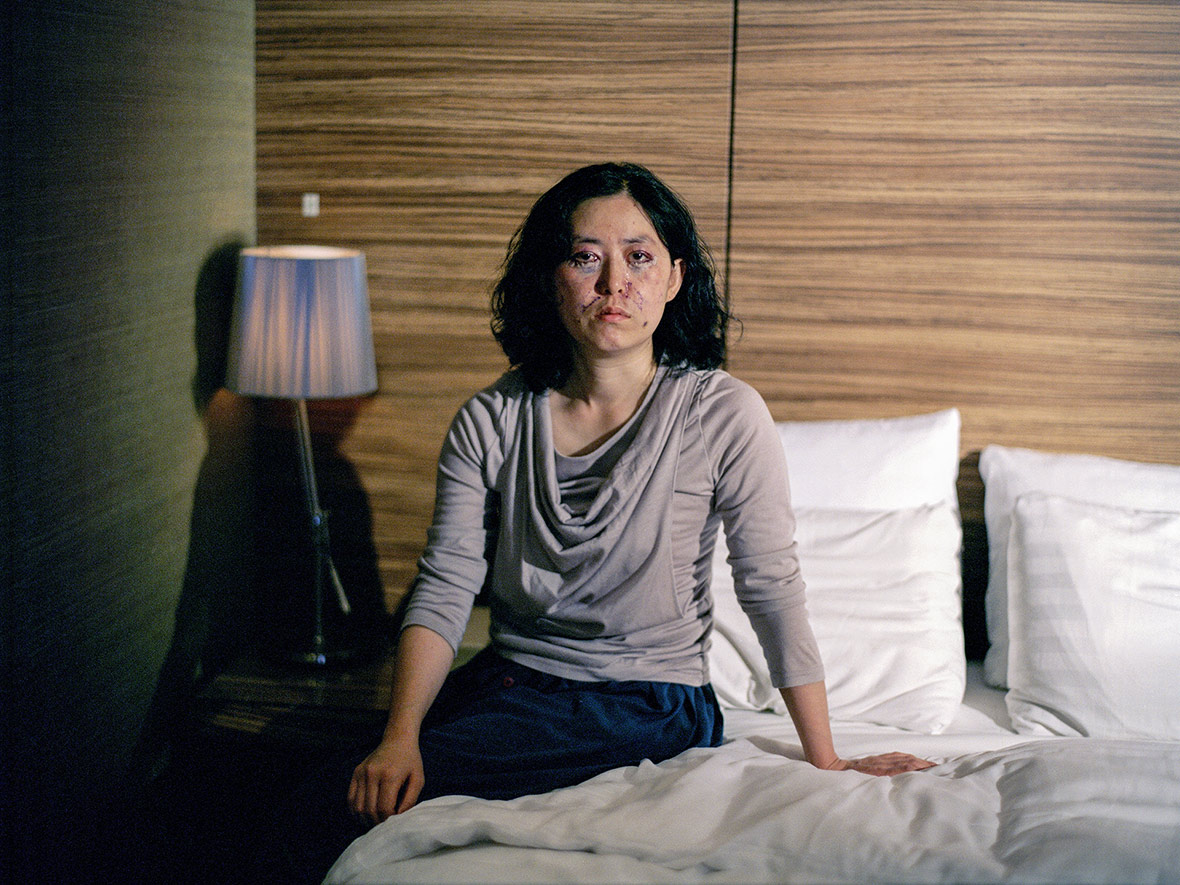
Neocha: Can you tell us a little bit about your background, growing up in Korea, and what initially drew you to photography as a medium?
Ji Yeo: My mom has always been an amazing photographer, and I grew up with a bunch of instant film cameras. She loved taking photos of the family. When I first started learning photography during college, I knew right away that I wanted to become a photographer.
Neocha: 저희에게 당신의 배경에 대해 조금 말 해 주시겠습니까? 한국에서는 어떻게 자랐고 처음에 왜 사진을 매체로 선택하게 되셨나요?
여 지: 제 어머니는 항상 놀라운 사진가였고 따라서 저는 즉석 필름 카메라와 아주 친근하게 자랐습니다. 어머니는 가족 사진 찍는 것을 좋아하셨죠. 제가 대학에 진학해서 처음 사진을 배웠을 때, 저는 제가 사진가가 되기를 원한다는 것을 바로 알 수 있었습니다.
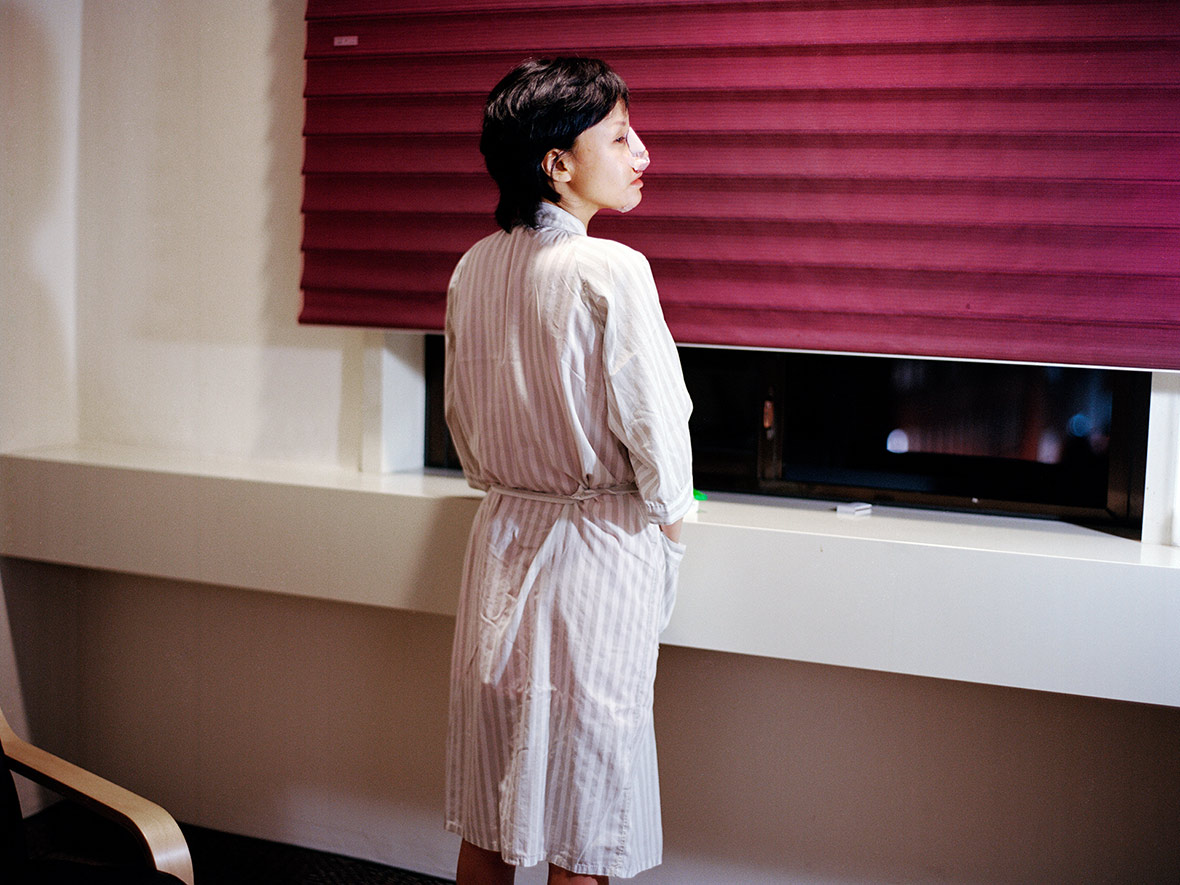
Neocha: Your work explores the subject of outward appearances. How is this a defining trait of Korean, or Asian culture?
Ji Yeo: There are many traits that defines Korean or Asian culture. All of my work revolves around issues with women, which initially started from my own personal relationship with the world and other people. Growing up in Korea, I sometimes felt quite overwhelmed by all the conversations about appearances. Being “well-presented” is one of the most important priorities in life here in this country. One method to look good was to literally change your looks completely, and that was easily available to you in Korea.
Neocha: 지 여씨의 작업은 주로 외모에 관련된 것입니다. 이 것을 어떻게 한국적인 것 또는 동양적인 것이라고 정의할 수 있을까요?
여 지: 한국적 또는 동양적이라고 정의할 수 있는 것들은 많습니다. 저의 모든 작업들은 여성에 관련된 것인데, 이것은 처음에는 세상과 타인과 관련된 저의 개인적 경험에서 비롯된 것입니다. 한국에서 성장하면서, 저는 가끔 외모와 관련된 대화에서 부담을 느끼곤 했습니다. 자신을 잘 표현하는 것은 삶의 우선 순위에서 가장 중요한 요소 중 하나입니다. 외모를 보기 좋게 만드는 방법 중 하나는 자신의 외모를 정말로 바꾸어 버리는 것입니다. 그리고 그것은 한국에서는 쉽게 가능한 일입니다.
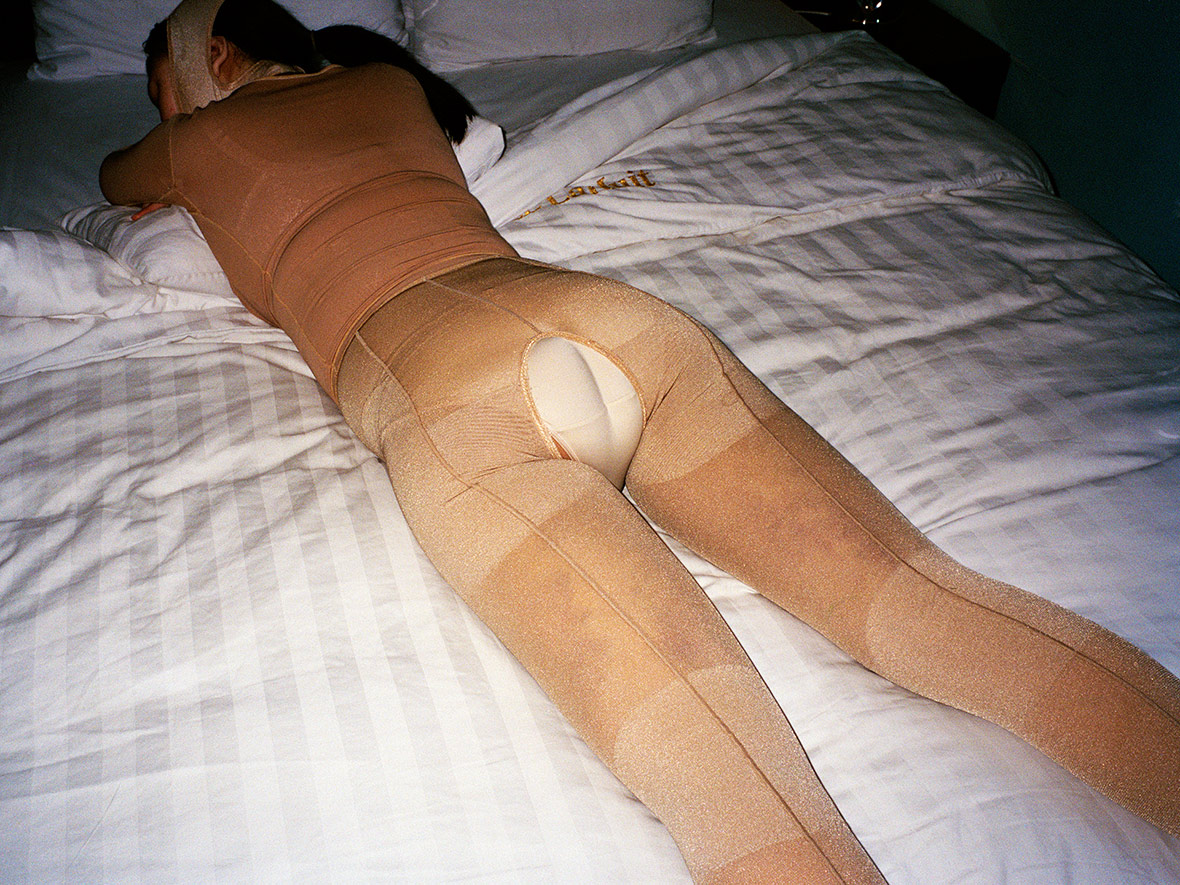
Neocha: What do you have coming up or what are you looking forward to in the future? Are there any artists or collaborators you’d like to work with?
Ji Yeo: I will be launching a publishing company that will only release work that I love, and promote how I envision things to be in life. I hope I can find people who have similar tastes as me. I often work with professionals who are producers, designers, painters, videographers, and models. I love working on projects with many different talented people. However, when it comes to my own personal work, I enjoy working alone without any disruptions to my thought process, time, or space.
Neocha: 앞으로 어떤 일을 계획하고 계시고 있고 어떤 일을 하시고 싶으신가요? 같이 작업하고 싶은 예술가나 동료가 있으신지요?
여 지: 저는 삶에서 제가 사랑하는 것과 구상하는 일만을 독점으로 출판하는 퍼블리싱 컴퍼니를 런칭할 예정에 있습니다. 저와 비슷한 취향의 사람들을 만나고 싶고요. 저는 가끔은 프로듀서나, 디자이너, 화가, 영화 관련자나 모델 같은 전문직종의 사람들과 작업 하기도 합니다. 저는 다양한 재능의 사람들을 모야서 한 가지 프로젝트를 만들어 내는 것을 좋아합니다. 하지만 제 개인적인 작업 만큼은 생각이나, 시간 또는 공간의 방해를 받지 않고 혼자 작업하는 것을 즐깁니다.
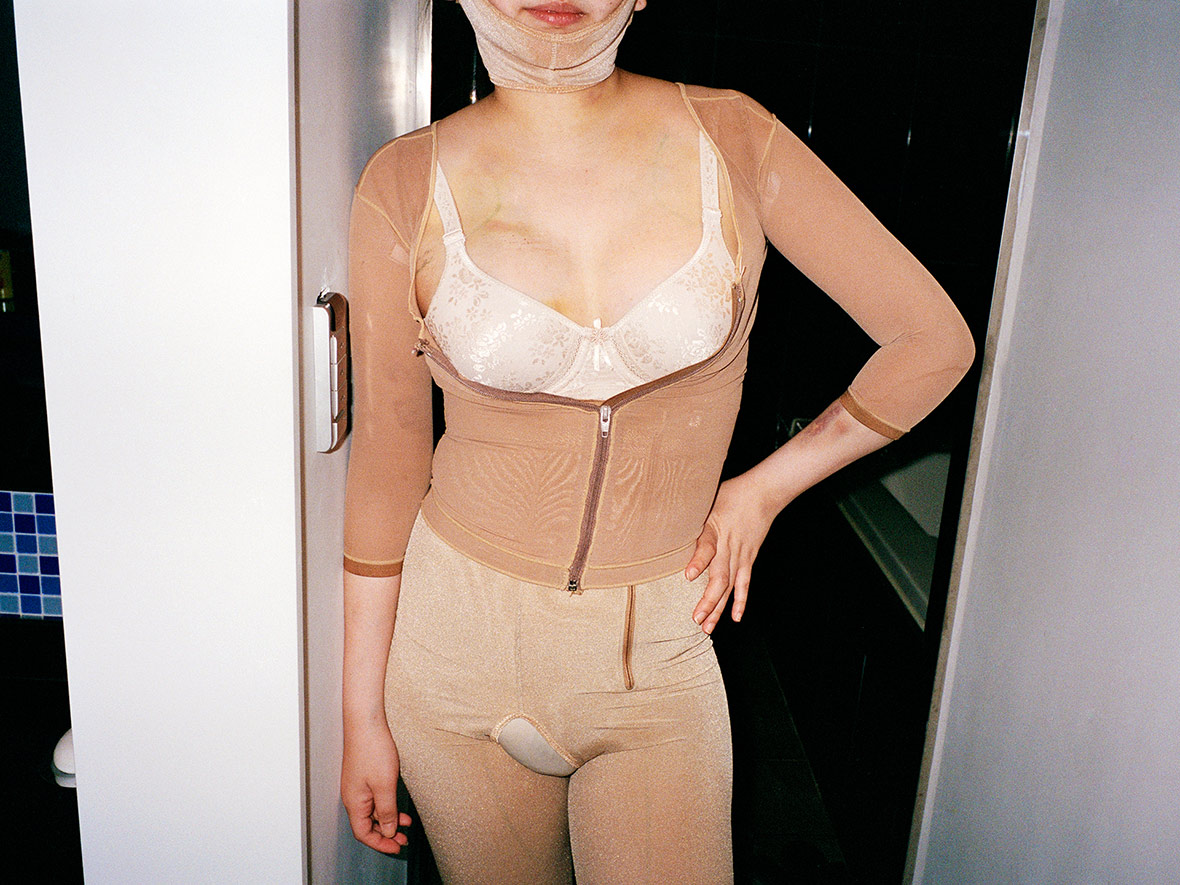
Neocha: The dialogue surrounding appearances is an important one. What continues to intrigue you about it, or what about it are you obsessed by?
Ji Yeo: As I interacted with people who are in the industry, and with those who have gone through several plastic surgeries, I became more and more obsessed with the phenomena. The plastic surgery industry in Korea has grown dramatically over the years, and the country is encouraging the industry due to how it is bringing in so many tourist and patients. People started to love the extreme plastic surgery look even though it’s the complete opposite of natural beauty.
Neocha: 외모에 관한 대화는 중요하죠 – 어떤 점에 계속해서 호기심을 불러 일으켰나요? 어떤 점이 여씨를 이 문제에 계속 집착하게 만들었나요?
여 지: 수 차례의 성형 수술을 한 이 업게의 사람들과 접촉하면서 저는 이 현상에 더욱 집착하게 되었습니다. 최근 몇 년간 한국의 성형 수술 산업이 괄목할 만한 성장을 함에 따라 관광객과 환자들이 몰리자 국가를 이를 장려하고 있습니다. 사람들은 자연스러움과 정반대의 극단적인 모습을 사랑하게 되었죠.
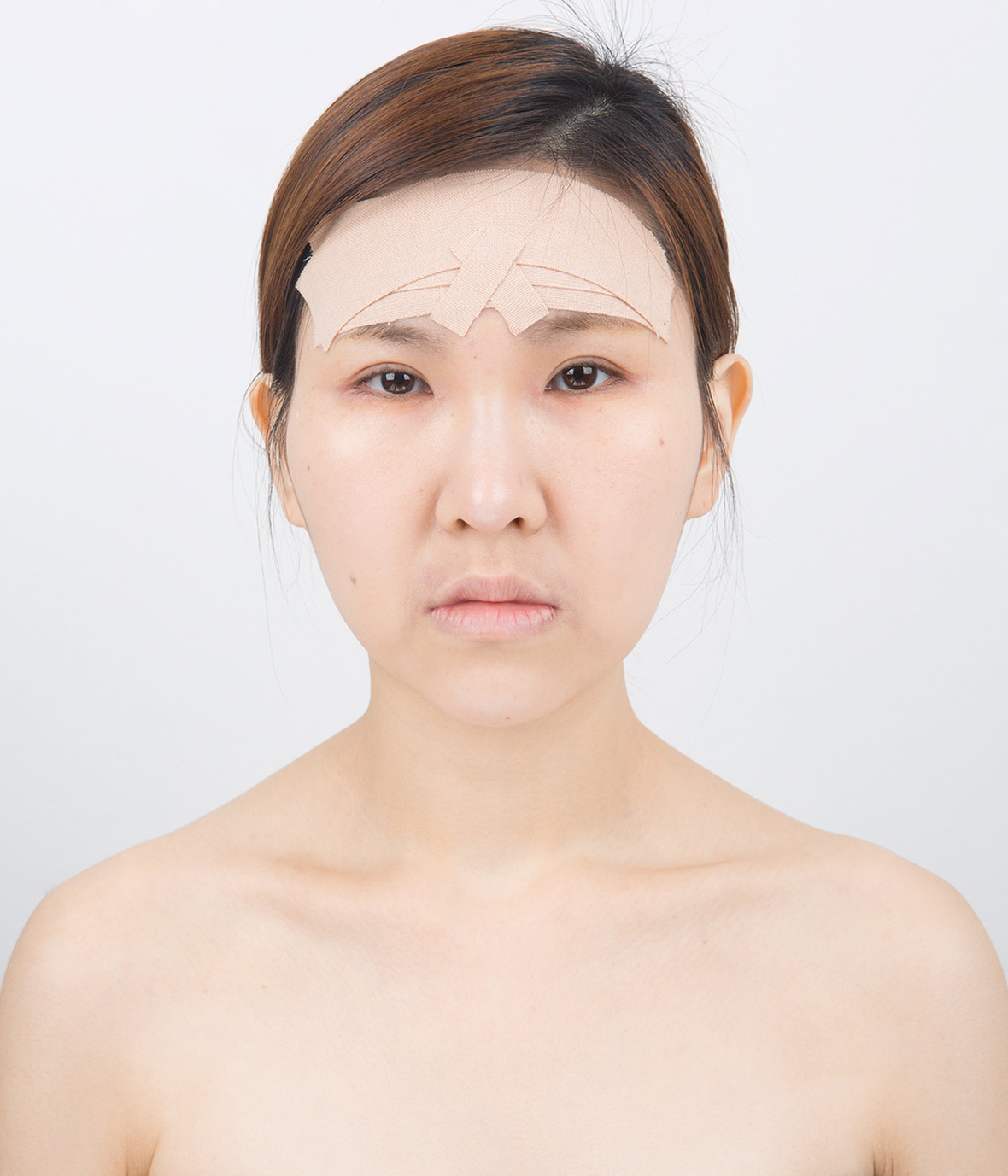
Neocha: Your images are powerful, direct, and honest. How do you find your subjects and gain their trust – and how would you describe the rapport you have with them?
Ji Yeo: With some subjects, it is true I did become close and I ended up maintaining a good relationship with them afterwards. But I have lost contact with some of the others – they are usually the ones who fall out of touch. When I am shooting my subjects, I try to be as honest as possible by explaining why I am taking these pictures before I point the camera at their face.
Neocha: 지 여씨의 사진은 파워풀하고 직설적이고 또 정직합니다. 어떻게 사진의 소재를 찾고 그들의 신뢰를 얻나요? 사진 소재들과의 교감을 어떻게 설명하실 수 있습니까?
여 지: 어떤 분들과는 사실 계속 가깝게 지내고 관계를 유지합니다. 하지만 대부분의 경우는 연락이 끊어집니다. 보통 그들 쪽에서 연락을 끊죠. 저는 가능한 정직하려고 노력합니다. 카메라 렌즈를 들여 대기 전에 왜 제가 이 사진을 찍는 지 설명드립니다.

Neocha: In having created so many projects on the topic of plastic surgery, what have you learned about it that is surprising? How has your own attitude or thinking of it changed?
Ji Yeo: My attitude changed a lot over the course of the six to seven years I spent working about this topic. When I first started in 2005, I approached with a critical eye, but I captured the images as objectively as possible. My goal was to reveal what is hidden and taboo to try and raise a discussion. However, I am now more keen on plastic surgery – I might even go through some kind of procedure myself.
Neocha: 앞으로 어떤 일을 계획하고 계시고 있고 어떤 일을 하시고 싶으신가요? 같이 작업하고 싶은 예술가나 동료가 있으신지요?
여 지: 저는 삶에서 제가 사랑하는 것과 구상하는 일만을 독점으로 출판하는 퍼블리싱 컴퍼니를 런칭할 예정에 있습니다. 저와 비슷한 취향의 사람들을 만나고 싶고요. 저는 가끔은 프로듀서나, 디자이너, 화가, 영화 관련자나 모델 같은 전문직종의 사람들과 작업 하기도 합니다. 저는 다양한 재능의 사람들을 모야서 한 가지 프로젝트를 만들어 내는 것을 좋아합니다. 하지만 제 개인적인 작업 만큼은 생각이나, 시간 또는 공간의 방해를 받지 않고 혼자 작업하는 것을 즐깁니다.
